Miami Lead Plant
Coral Bean
Maritime Hammock Preserve
Highlands Scrub Natural Area
Yellow Milkwort
Atlantic Ridge Preserve State Park
Butterfly Pea
Spurred Butterfly Pea, Fabaceae (Leguminosae) is a native climbing or twining vine that grows up to 6 feet long. Look for this perennial in the wild throughout Florida in a variety of places including in sandhills, pinelands, and coastal plains.
Butterfly Pea is dormant in the winter and pinkish-purple flowers appear from spring through fall in most of Florida. In the southern counties, it blooms all year-round. Long-tailed skippers and northern cloudywings rely on the Butterfly pea for a host plant.
National Key Dear Refuge
National Key Dear Refuge
Established in 1957 to protect and preserve in the national interest the Key deer and other wildlife resources, the 9,200-acre National Key Dear Refuge consists of salt marsh wetlands, mangrove forests, freshwater wetlands, pine rockland forests, and tropical hardwood hammocks. Twenty-three endangered and/or threatened animals and plants live in the refuge.
National Key Dear Refuge is surrounded by saltwater and easily accessible on Big Pine Key. Because of karst bedrock, freshwater is stored in the bedrock’s holes and crevices. This freshwater is necessary for Key Deer and other plant and animal species to thrive.
Visiting National Key Dear Refuge on Big Pine Key:
Drive the Speed Limit. Key Deer and other wildlife share the roads with you.
Be sure to stop at the Visitor Center to learn about how to avoid poisonwood trees and stay safe on a trail where you may encounter snakes and alligators.
Saunter along the trails at The Blue Hole. https://www.imagineourflorida.org/blue-hole/
Discover endangered Bartram’s scrub hairstreak butterflies, endangered Lower Keys marsh rabbits, and the endangered Key Deer. https://www.imagineourflorida.org/key-deer/
There are 40 species of reptiles, including alligators and crocodiles, waiting to be discovered. Look for over 250 migratory and resident bird species, including the rarely seen Mangrove Cuckoo. Snakes, including the threatened Eastern Indigo call the refuge home.
Leashed dogs are welcome.
Learn more here:
https://www.fws.gov/refuge/National_Key_Deer_Refuge/
Photo credit: Dan Kon, Nancy Kon, Christian Kon
Hidden Waters Preserve
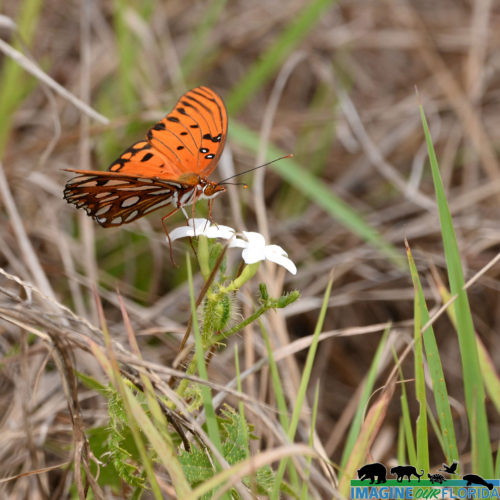
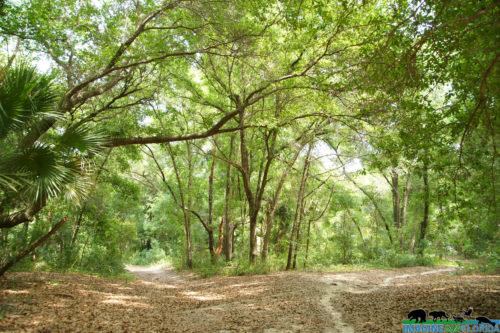
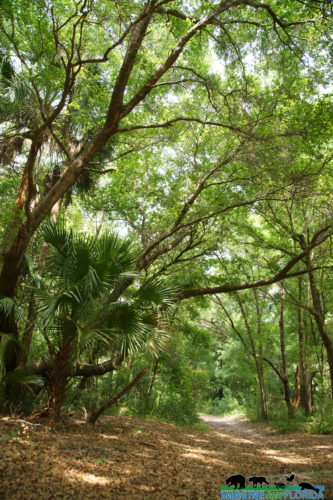
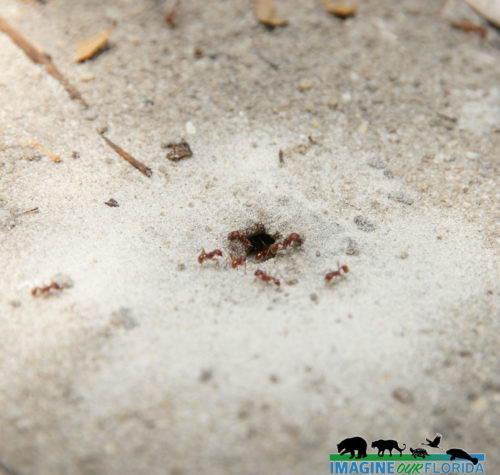
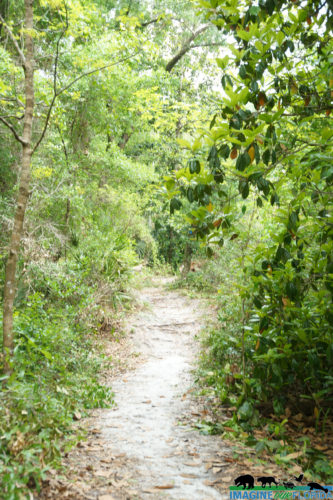
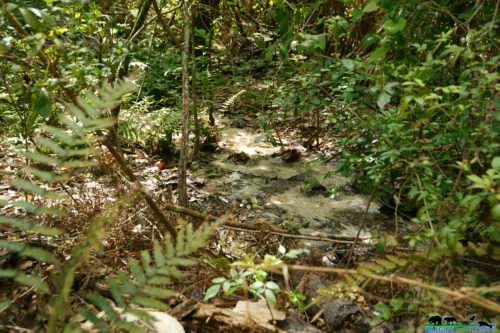
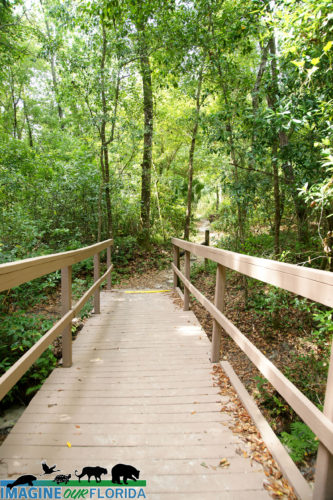
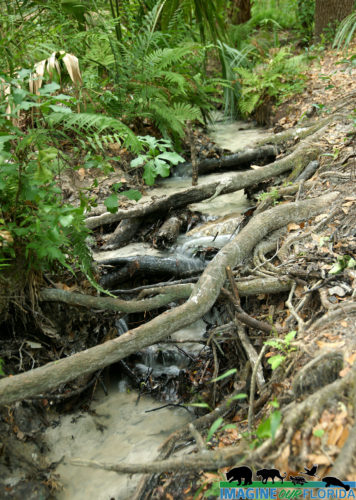
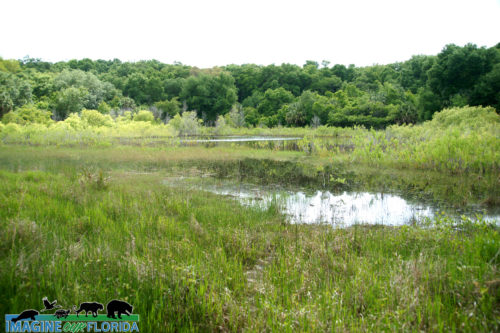
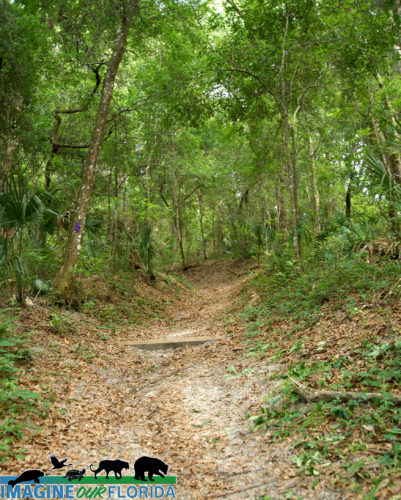
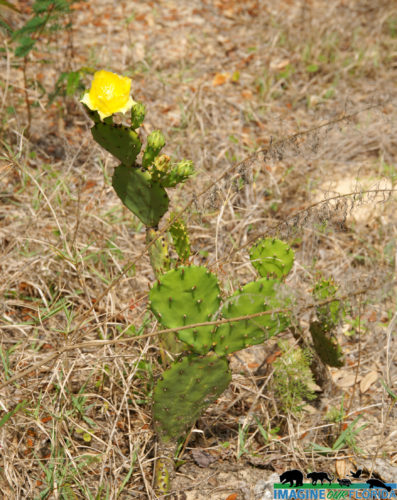
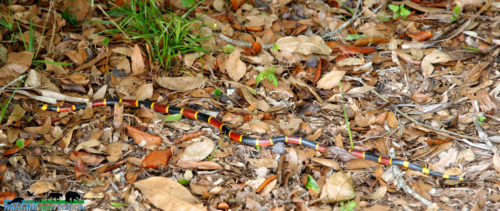
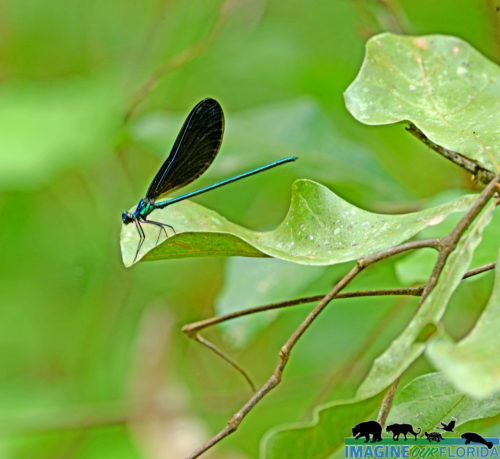
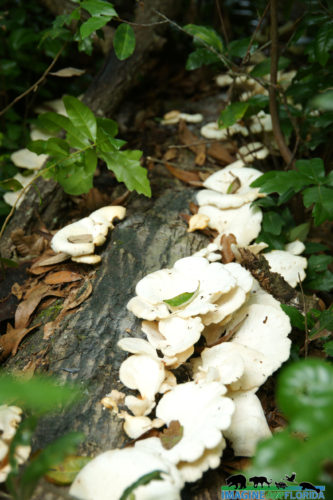
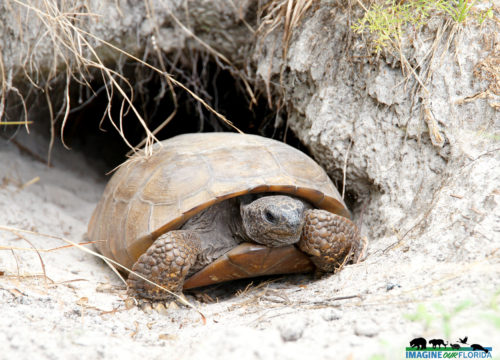
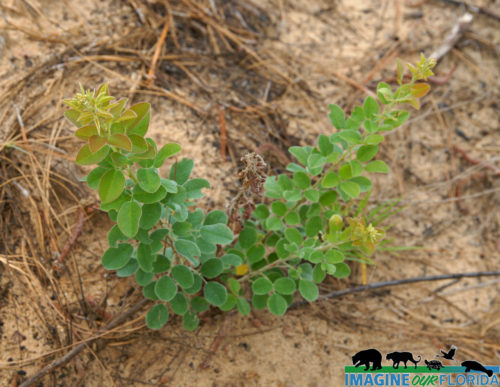
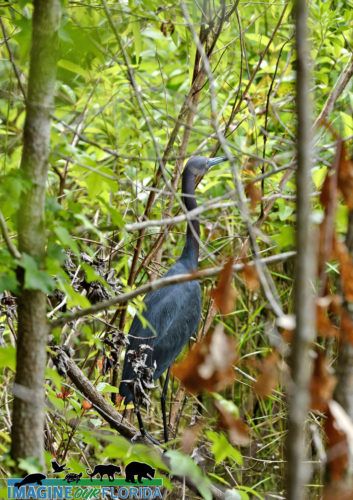
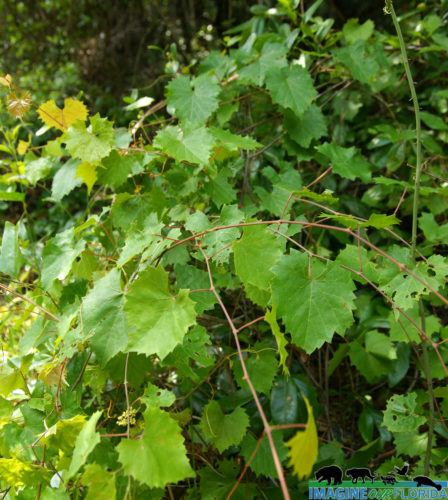
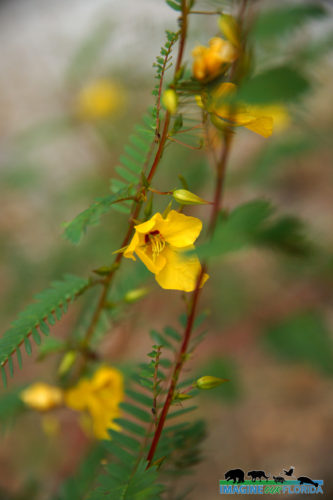
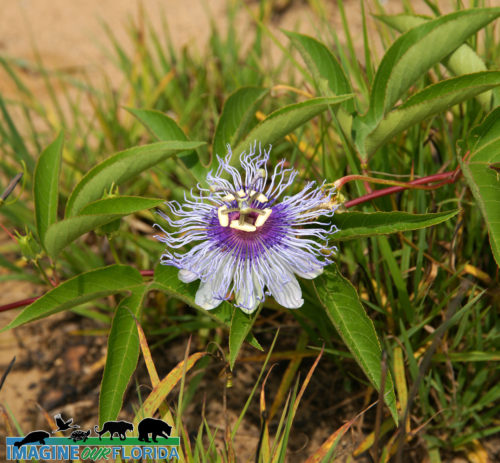
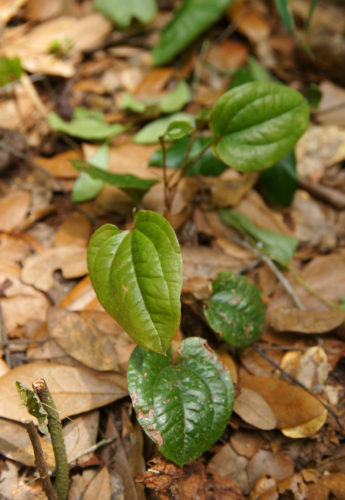
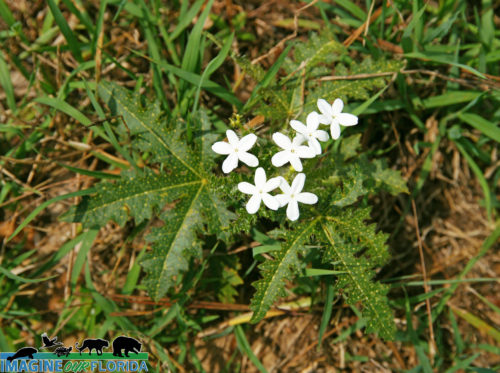 Once known as the Eichelberger Sink, this 90-acre preserve located near Eustis is managed by Lake County Water Authority. Hidden Waters Preserve was established in 1996 to protect the water seepage and Lake Alfred where water slowly seeps into the aquifer.
Once known as the Eichelberger Sink, this 90-acre preserve located near Eustis is managed by Lake County Water Authority. Hidden Waters Preserve was established in 1996 to protect the water seepage and Lake Alfred where water slowly seeps into the aquifer.
Hidden Waters Preserve offers 6 trails ranging from 2 miles to 15 miles. Hike the meandering paths through sandhill restoration areas. Notice the newly planted Long-leaf pines and the gopher tortoises who make their burrows there. Water flowing from a seepage slope offers the opportunity to discover various plants and ferns.
The elevational difference between the top of the sink and the bottom is 110 feet. Explore the depression marsh and lake at the bottom of the sink where you will find a variety of plants and wading birds. Bird watchers will be happy to discover some of the more than 35 birds on this designated FWC Statewide Birding Trail.
For more information and trail maps click here: https://www.lcwa.org/land_resources/open_preserves.php
Photo Credit: Dan Kon
Butterfly Weed
Butterfly weed, Asclepias tuberosa, is also known as Butterfly milkweed. It is the most popular native species of milkweed in Florida. This hardy perennial grows 1-2 feet tall and is abundant throughout Florida. Its bright orange flowers bloom in late summer through fall and attract a variety of pollinators.
Butterfly weed is readily available at native plant nurseries. Once established, it thrives in dry, sandy soil in sun or part shade. Monarchs rely on milkweeds in the genus Asclepias for their survival since it is the only plant monarch caterpillars will eat. Plant some in your wildflower garden to attract butterflies, bees, and hummingbirds.
Oakleaf Fleabane
Oakleaf fleabane (Erigeron quercifolius) is a native wildflower usually found in wetlands. Also known as Southern fleabane or daisy fleabane, this annual often pops up in disturbed areas. in sandhills, and yards.
The tiny white with pinkish or purplish tinted blooms are no more than 1/2 in diameter. Pollinators love this early bloomer member of the daisy family. Look for Oakleaf fleabane to bloom throughout the spring and summer.
Ironweed
Ironweed (Vernonia gigantea) is a Florida native and can be a beautiful addition to your wildflower garden. Ironweed grows 3-10 feet tall, can be planted in partial shade or sun, and blooms from July through October. Butterflies, hummingbirds, and bees love this pollinator perennial. As its name suggests, ironweed is a tough plant with deep-set roots and seeds that spread easily in your garden. Be prepared to prune and maintain to keep this beauty in check.
Look for Ironweed growing in the wild where the soil is moist. You may also see this hardy plant along the side of the road or a stream as well as in the woods, prairies, savannas, and grasslands.
Lance-leaf Arrowhead
Lance-leaf Arrowhead, (Sagittaria lancifolia), is commonly found in freshwater marshes and swamps and along streams, ponds, and lakes. It tolerates brackish water. This native Florida plant, also known as Duck Potato, can grow to 4-feet tall. The plant is a rhizomatous perennial that also reproduces with seed dispersal. It thrives in water up to 12-inches deep and in silty, wet soils.
Birds enjoy the seeds and tubers and use the plants for cover. Other aquatic animals such as fish and insects find shelter in the foliage. Lance-leaf Arrowhead extracts metals and nutrients from water and sediments where it grows. Native Americans used the corms which are bulb-like stem parts as food, to treat wounds, and as herbal medicine to treat a variety of ailments. 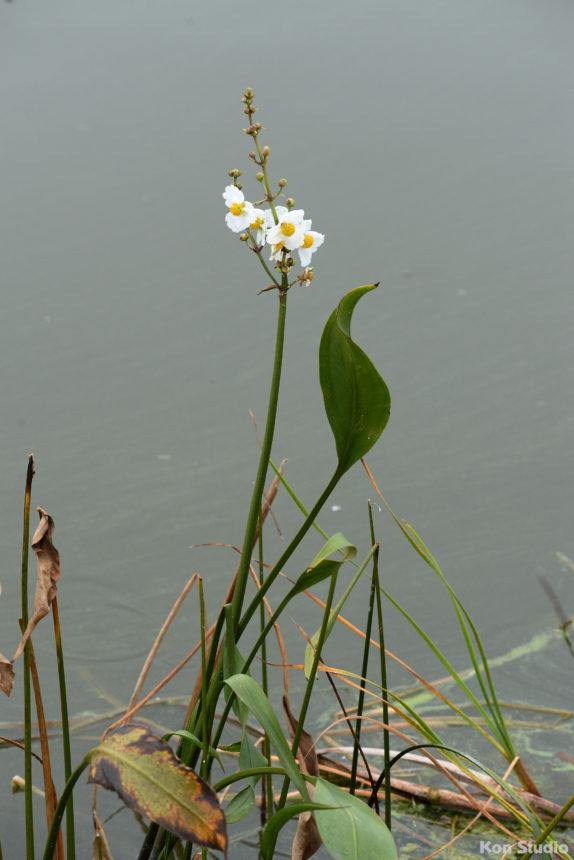
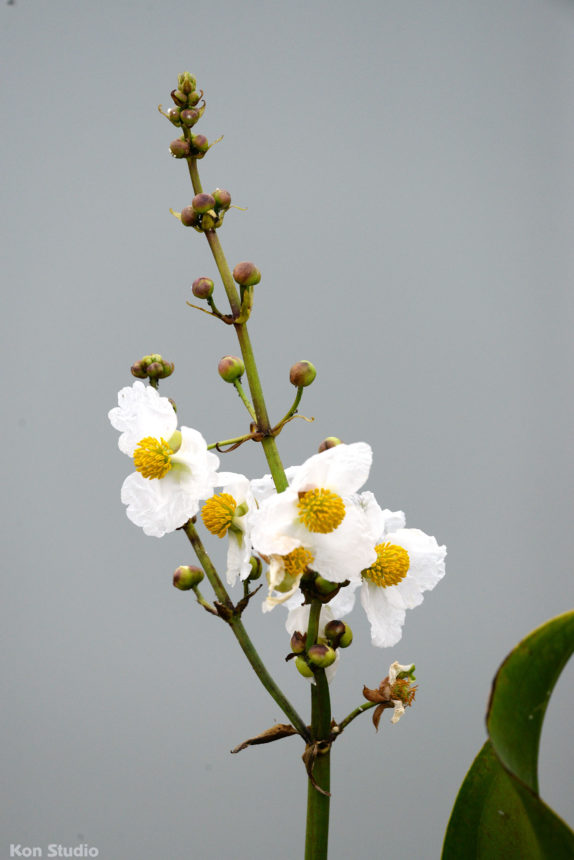
Savannah False Pimpernel
Savannah False Pimpernel, Lindernia grandiflora Nutt., is a native Florida groundcover found in wetlands, swamps, and marshes. Other common names include Blue moneywort and Angel’s tears.
The small violet and white flowers bloom year-round and provide a nectar source for pollinators.
Narrowleaf Yellowtop
Narrowleaf Yellowtop
Native to Florida, the Narrowleaf Yellowtop, Flaveria linearis, is an evergreen perennial commonly found in South Florida and along the coasts of Central Florida. Look for it near mangrove swamps, wet prairies, and tidal marshes. It grows 3 feet tall and produces yellow blooms of 2 -3 inches. Narrowleaf Yellowtop blooms all summer and fall and can be found blooming in the winter and summer too. Bees and butterflies are attracted to this beauty.
Elderberry
Elderberry, (Sambucus nigra ssp. Canadensis), is a shrub that grows 6 1/2 to 13 ft tall.
Clusters of creamy white flowers at the tips of the branches attract bees, beetles, wasps, and other pollinators. The ripened fruit provides food for birds and mammals. Look for native American Black Elderberry in moist habitat along lakes and ponds, and low areas near roads and in the forest.
Fakahatchee Strand Preserve State Park
Fakahatchee Strand Preserve is Florida’s largest state park. The word “Fakahatchee” is the Miccosukee term for “forked river” referring to the water flow around the strand. This area has a canopy of bald cypress trees, royal palms, and occasional gumbo limbo trees. The area also contains more orchids and bromeliads than anywhere else in North America. There are 44 orchids and 14 bromeliads native to this area. Unfortunately, orchid poaching has been a large problem in the past. Keeping the Park Services number on hand and calling if you witness poaching could help protect the many endangered orchids that exist here.
The cypress trees were previously vulnerable to unregulated logging and very few old trees exist. You can also find small freshwater sponges on old floating tree branches. There is also an abundance of wildlife.
Fakahatchee Strand Preserve State Park is on the Great Florida Birding and Wildlife Trail. The strand offers biking, geocaching, canoeing, picnicking, and contains the Karen O’Neil Memorial Garden located at the entrance. Restrooms are available. There is so much to see in this beautiful swamp.
Hours are 8 a.m. to sunset. For more information, check out the website. https://www.floridastateparks.org/…/fakahatchee-strand-pres…
Sabal Point Sanctuary
In the Sabal Point neighborhood near Longwood lies 600 acres of wild Florida where wildlife play and wildflowers bloom. Sabal Point Sanctuary, purchased and maintained by Audubon Florida, is a 600+ acre piece of land that has a 1/2 mile frontage on the Little Wekiva and Wekiva Rivers. Together, the sanctuary along with St. Johns Water Management District protects 2500 acres where the rivers meet.
Hike or bike the 3.5-mile trail through the wetlands. Explore the shaded trail and discover deer, otters, and limpkins. Listen for a variety of birds and woodpeckers. The secluded trail provides plenty of opportunities to discover prints from wildlife who make their homes there. Take a moment to admire the beauty of orchids and other wildflowers that thrive in the ecosystem.
The iconic Florida Black Bear occasionally passes through the sanctuary. Most are shy and will be hard to spot. Curious bears may stand up to get a better look at you. You can ask the bear to move along simply by standing tall, raising your hands, clapping, and in a loud stern voice, telling the bear to Go Away.
Take some time to Get Outside and visit this piece of natural Florida. Sabal Point Sanctuary is open every day from sun up to sunset.
For more information: https://fl.audubon.org/conservation/sabal-point
Photo Credit: Andy Waldo
Pine Lily
The striking Pine Lily, Lilium catesbae, is a Long-lived perennial. Pollinators including Swallowtails are attracted to this native plant’s gorgeous flowers.
Pine Lillies grow in the wetlands of prairies, bogs, and pine savannas where they thrive in moist, sandy soils with partly shaded areas. They become dormant in the winter and flower throughout the summer. Sporadic blooms may occur in spring. The flower is the largest lily in the U.S.
The Pine Lily is designated as threatened due to habitat loss, conversion of their native habitats, and fire suppression. The restoration of Longleaf pine forests and regular prescribed burns will give these beauties the opportunity to multiply and continue to dazzle us with their beauty when we encounter them while hiking.
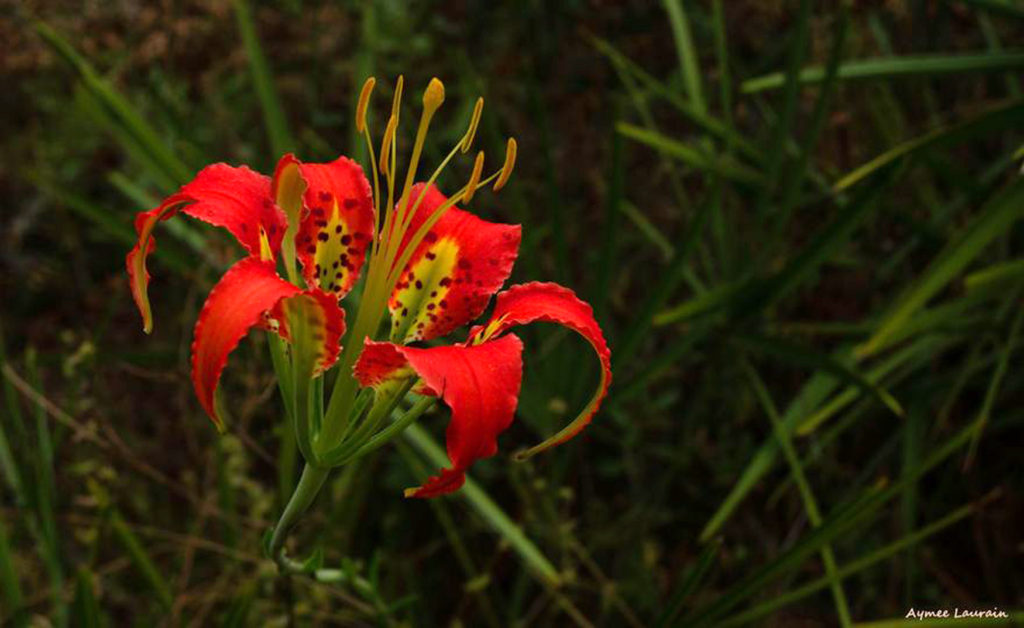
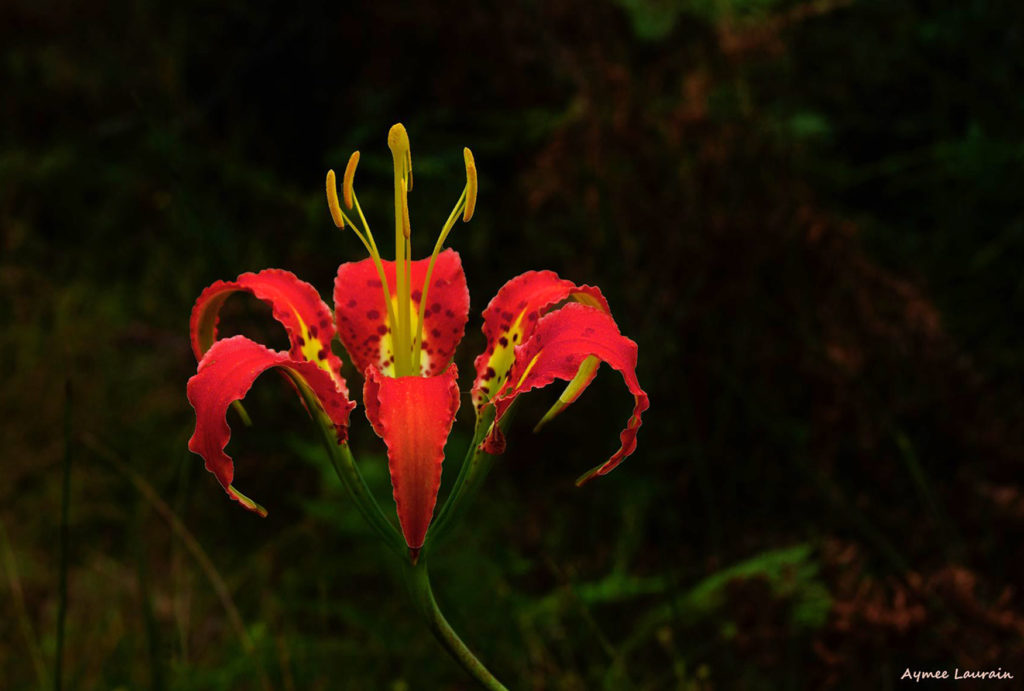
White Mangrove
White Mangrove, Laguncularia racemosa, found in Florida’s coastal ecosystems is a shrub or tree that can reach heights of 40 to 60 feet. The root system varies depending on the location. White Mangroves may have prop roots that arch away from the trunk or a limb. Other White mangroves will have cone-shaped pneumatophores that grow from the root and protrude from the ground. Greenish-white flowers bloom all year round. The flowers produce a red fruit and its seed will start sprouting while it is still on the tree. The White Mangrove’s leathery leaves are rounded on each end, are dark green on the top, and smoother and lighter green on the underside. Each leaf has two nectarines which are glands that secrete a sugary substance that many insects love.
White Mangroves play an important role in the ecosystem. They provide food, shelter, and breeding grounds for nesting birds, fish, crabs, insects, and other wildlife. They provide protection from storm surge and produce tons of leaf letter each year that benefits estuarine food chains.
Take some time to sit quietly near a Mangrove. Discover all the different animals who live there.
Lake Apopka
Lower Wekiva River Preserve State Park
Everglades National Park
Scarlet Rosemallow
Scarlet Rosemallow, Hibiscus coccineus, is native to Florida and can be found in swamps and wetlands along lakes and streams. Also known as Marsh Hibiscus, the scarlet flowers on this water-loving shrub appear in late spring and summer and only last for a day. Hummingbirds and butterflies are attracted to the beautiful crimson wildflowers.
Bonus: Scarlet Rosemallow can be grown in your home garden in an area that receives plenty of water.
Spiderwort
Spiderwort, Tradescantia ohiensis, is a native Florida wildflower. It grows in wetlands, disturbed areas, and is commonly found in Florida yards.
Spiderwort, a clumping perennial, appears in the spring and flowers and produces seeds through mid-summer. Blue, purple or white flowers grow in clusters on stems with grass-like leaves. The flowers only last until mid-day.
Spiderwort attracts pollinators and is recognized by pollination ecologists as attracting large numbers of native bees.
Your Neighborhood
In Your Neighborhood
Get outside. Stroll through your neighborhood. Connect with Nature.
Listen to the leaves rustling in the wind and the birds chirping among the branches. Admire the beauty of a dead tree or limb while considering the wildlife who depend on them.
Look for tiny wildflowers peeking from under a shrub. Pause for a few minutes and immerse yourself in the busy life of a bug or an ant colony. Our wild friends are as curious about us as we are of them. When you meet one, cherish the moment.
Inhale deeply. Exhale all of your negative thoughts. Let your cares be swept away on the wings of a bird soaring with the wind.
Leafless Beaked Lady Orchid
Leafless Beaked Lady Orchid, Sacoila lanceolata, is a threatened Florida native found in pastures, pine flatlands, and most often, on roadsides. These striking red beauties with hints of white and fine hairs were apparently gifted to IOF Directors Dan & Nancy by a seed-dispersing bird. Lady Orchids bloom on a leafless stem from mid-March through June and will reach heights of 8 – 24 inches.
Bonus: Hummingbirds in search of nectar are attracted to Lady Orchids.
Creeping sage
Creeping Sage (Salvia misella)
These blue beauties are quite subtle but get a lot of buzz from the bees. It makes an excellent groundcover and does well in sandy soil. It has a slight aroma that is very earthy but not overwhelming and is a host plant for the fulvous hairstreak. It goes dormant in the winter but quickly returns when temperatures warm up for spring. Do you have an interesting native ground cover in your yards?
Leavenworth’s tickseed
Leavenworth’s tickseed Coreopsis leavenworthii
The Leavenworth’s tickseed is an endemic flower that provides food for several pollinators. It can usually be found in pine flatwoods where the soil is dry but can adapt to other regions. Here we have pictures with a species of fruitfly, Dioxyna picciola, and a Green sweat bee, Agapostemon splendens. Most flowers are produced in spring but flowers can be found year-round. Have you spotted these beauties anywhere around the state?
Rose of Plymouth
Rose of Plymouth (Sabatia stellaris)
This vibrant wildflower is found throughout the coastal regions of Florida, from the panhandle to the Keys. It is tolerant of salty and flooded soils. These plants are annuals and require open soil to spread and reseed. Depending on the conditions, the Rose of Plymouth can grow from 6 inches to 24 inches tall. The flowers are 1 to 1-1/2 inches wide and the plant creates many blooms. Flowers peak in the summer but can be seen blooming all year long. Rose of Plymouth can be grown from seeds and cuttings in wet to moist soils.
Orange Blossoms
The Orange Blossom from the sweet orange tree, Citrus x sinensis, was made Florida’s state flower in 1909. The sweet orange tree that bears this flower was introduced to Florida by the Spaniards in the 15th century. The orange tree is not endemic to Florida but has been naturalized.
Orange Blossom flowers have waxy petals that are small and white. Each flower has 5 petals with 20 to 25 stamens in a compact spiral. In the spring flowers grow in clusters of 6 flowers per cluster. Each flower is a point where an orange will grow in the spring. Orange Blossoms have a strong citrus scent and are an incredibly fragrant flower. The scent of the blossoms has been described as creamy, sweet, and rich, with a hint of a tart, citrus essence.
A full sunlight location and soil with a mixture of sand, clay, and organic matter is needed to produce these vibrant flowers. The orange tree begins to bloom at 2 to 5 years and blossoms can appear while there are oranges on the tree. The Orange Blossom is the only state flower used to make perfumes, colognes, toiletries herbal teas, and the ever-popular Orange Blossom Honey.
Did you know?
Throughout history, the Orange Blossom has come to symbolize good fortune and brides often include the fragrant blossoms in their bridal bouquets.
Photo credit: Aymee Laurain
Cattail
There are two species of cattails that are found in Florida. They are Typha domingensis (southern cattail) and Typha latifolia (common cattail).
Cattails are important to our water since they continuously filter the water where they grow and thrive. They are capable of filtering arsenic, pharmaceuticals, and explosives. Cattails also store algae-producing nutrients in their leaves while their roots stabilize the water edge and prevent erosion.
Cattails are a great haven for protective nesting areas for animals and birds. Cattail seeds can remain in a dormant stage for up to 100 years. Once established, cattails grow up to 8 feet tall and multiply from thick, underground rhizomes.
Cattails are used as a buffer between sugar farms and the Everglades where they remove phosphorous from the water before it flows into the Everglades. Unfortunately, cattails love phosphorous and can grow out of control and block out the sun while out-competing the native sawgrass. Spraying herbicides to kill them has a negative effect on the water quality and local wildlife. Of course, any plant given the right conditions, albeit unnatural conditions, can become invasive and will need to be thinned out at times.
Cattails can be used to prevent excess methane emissions in an effort to slow global warming. Currently, scientists are exploring the possibility of using cattails as biofuel.
Other fun facts – Cattails can be woven into baskets, hats, mats, and beds. The dried seed heads attached to their stalks can be dipped into oil and used as torches. The honey-like substance of the plant near the root has been used as an antiseptic and for toothaches. The roots and cattails themselves can be cooked and turned into a sweet flour that has gluten similar to wheat. The sap in between the leaves is an excellent starch and can be used to thicken stews and soups.
So the next time you see a cattail remember, some may call it a super plant.
Sea Oats
Sea Oats (Uniola paniculata)
Sea Oats are an important species of coastal sand dunes. The dunes provide housing and food to a variety of wildlife. The Florida beach mouse is an endemic species isolated to coastal dunes. Roseate terns, least terns, loggerheads, Kemp’s Ridley sea turtles, green sea turtles, hawksbill sea turtles, leatherback sea turtles, and Black skimmers rely on dunes for nesting. Piping plovers and southeastern snowy plover spend the winter in Florida where they breed in coastal dunes. American oystercatchers feed on small invertebrates and breed on sand dunes (U.S. Fish and Wildlife).
Reconstruction of coastal dunes is a common method of fighting climate change. In an effort to determine if this approach was offering a benefit to vertebrates, a study was conducted between June 2015 and June 2016 to compare natural coastal dunes and reconstructed coastal dunes. After collecting 2537 photos, 33 species were recorded. Common species overlapped both natural and reconstructed dunes. Differences were a result of rare species that were isolated to one area. Overall, the two types of dunes attracted similar types and numbers of vertebrates (Martin et al 2018).
Sea oats may not be endangered but they are protected under Title XI Chapter 161 Section 242 of Florida Statute due to their ability to stabilize sand in coastal regions and protect coasts from erosion. Can you think of any beautiful spaces with sea oats?
References
Martin, Scott A., Rhett M. Rautsaw, M. Rebecca Bolt, Christopher L. Parkinson, and Richard A. Seigel. 2018. Estimating the response of wildlife communities to coastal dune construction. Vol. 161.
U.S. Fish and Wildlife Beach Dune, Coastal Strand, and Maritime Hammock. Multi-Species Recovery Plan for South Florida. 3:72-76
Photo credit: Aymee Laurain
Old Miakka Preserve
Old Miakka Preserve
Named after a settlement in the 1840s, Old Miakka Preserve contains four miles of trails, including scrub habitat, pinewood flatwood, and wetlands. The preserve is abundant in flowering plants with numerous pollinators and occasional gopher tortoises. One of the trails is named after Horticulturalist Tim Cash, who spent years studying plants within the preserve. If you are looking for a calm trail with lots of sunshine and flowers, visit Old Miakka Preserve in Sarasota, FL.
For more information: https://www.scgov.net/Home/Components/FacilityDirectory/FacilityDirectory/547/4327?cftype=FacilityDirectory
Photo credit: Aymee Laurain
Canaveral National Seashore
Playalinda Beach at Canaveral National Seashore
Imagine spending a day at the seashore, a day free of condos, hotels, and tourists. A day where you can be one with nature in a place where you feel the power of the ocean, hear the pounding of the waves and share all of that glory with only your friends and the wildlife who make their home there.
There is a little-known gem in Florida known as Playalinda Beach. It is a part of Canaveral National Seashore. Take a trip to Titusville, go east on Garden Street, and continue driving east until you reach the beach. The ocean is not visible from your car. As you drive parallel to the ocean, you will see sand dunes on your right. There are 13 parking areas, each with its own boardwalk. Any of the boardwalks will lead you over the sand dunes where the ocean in all of its magnificence will appear before your eyes.
There you will meet some of the 310 species of birds found at Canaveral National Seashore, including migratory birds, who will enjoy the beach with you. If you are lucky, you may meet a loggerhead, green or leatherback sea turtle who makes her nest in the sand or hatchlings as they make their way to the ocean. Enjoy your day swimming, surfing, sunbathing, fishing, and bird watching.
Stop along the way to or from the beach and explore by car or on foot, some of Canaveral National Seashore ecosystems. These include a barrier island, offshore waters, lagoon, coastal hammock, and pine flatwoods. Outdoor experiences include canoeing, kayaking, boating, hiking, camping, and historical trails.
There is an abundance of wildlife and wildflowers at Cape Canaveral National Seashore. Keep your eyes open for bobcats, raccoons, and more. Look for beautiful flowers and the pollinators among them. We hope you encounter some of the threatened species who make their homes there. You may see Florida scrub-jays, Southern bald eagles, wood storks, peregrine falcons, eastern indigo snakes, and manatees.
Take a day, or two, or three, and immerse yourself in the beauty of natural Florida, the way nature intended it to be.
Florida Jujube
The Florida Jujube (Ziziphus celata) is a shrub that can grow 6 feet tall. It is nearly extinct. This plant is endemic to central Florida. Jujube prefers to grow in open sunny areas prone to fire.
The Florida jujube once occupied sand scrubs as well as longleaf pine and wiregrass savannahs. Much of these areas have been lost to citrus orchards and residential development. Jujubes are drought and fire-tolerant. They can resprout vegetatively following a fire. Fire suppression has undoubtedly contributed to its rarity as broad-leafed trees shade them out.
The Florida Jujube has small, rounded leaves and orange fruits. The branches all have sharp, distinctive thorns. The fragrant blooms are pale yellow and are attractive to bees, butterflies, and birds. Jujube fruit is similar in taste and texture to an apple when ripe and similar to raisins when they dry. The bush-like tree is a heavy producer of fruit that ripens from December to March.
Sadly, this interesting native plant is listed as endangered by the U.S. and state of Florida. This status is due to habitat destruction of the remaining and rare scrub habitat it needs to thrive. Efforts are being made to protect Florida jujube and the rare scrub habitat it is found in. Because Extinct is Forever.
Ghost Orchid
The Ghost Orchid (Dendrophylax lindenii,) is rare and endangered. There are only an estimated 2000 left in Florida. This orchid is prized for its long, white delicate petals. It is leafless and its roots attach to the host tree. The mass of green roots clings tightly to the trunks. It is distinguished from other species of orchid by the presence of thin white markings dotting its roots.
The Ghost Orchid gets its name from its ability to move at night. It appears as if it’s floating, like a ghost.
The Ghost Orchid is pollinated by the Giant Spinx Moth, whose long tongue can reach the nectar that is not accessible to many insects. The swamps of cypress, pond apple, and palm trees are its preferred environment. The orchid’s specific habitat requirements are high humidity, mild temperatures, and dappled shade.
The Ghost Orchid does not flower reliably. It will typically flower one to two weeks once a year. It requires a specific fungus (mycorrhizal) to be able to thrive. because it is leafless, the orchid relies on its roots to produce sugars from sunlight. The Ghost Orchid has a symbiotic relationship with the fungus as it gathers nutrients from it in exchange for extra sugars.
Habitat destruction and development, as well as over-collecting, have been responsible for the decline of ghost orchid populations. The Ghost Orchid is a protected species in public land areas.
With gratitude to Jay Staton for his patience and perseverance in capturing this rare sight.
JAY STATON -Published on Oct 20, 2014
“A ghost orchid’s flower takes, on average, 2 days to fully open. This short video shows the remarkable beauty of the most sought-after orchid in the world, including background sound that gets you in the mood.”
Pink Muhly Grass
Pink Muhly (Muhlenbergia capillaris).
Muhly grass is naturally found in Florida’s pine flatwoods, coastal uplands, and along its highways. This grass produces clumps that can reach 2 to 3 feet tall and up to 3 feet wide. In the fall, muhly grass produces fluffy pink to purple flower stalks, that can reach up to 5 feet tall and give the plant a distinctive and attractive appearance. This grass is resistant to heat, drought, humidity, and salt-tolerant, as well as deer and rabbit resistant. Consider planting this native grass in your yard and garden. Native plants typically are adapted to native soils and climate, which also means they thrive with natural rainfall levels. Pink Muhly grass needs little attention and is definitely low maintenance.
Fetterbush Lyonia
Lyonia lucida, the fetterbush lyonia, was blooming away in Wekiva Springs State Park. Their flowers can be white, pink, or red. This is an evergreen shrub and reproduces both by rhizome or by seed. If the soil is very poor, it will reproduce only by rhizome. They like acidic, damp soil and can be found in swamps, wet savannas, and saw palmetto prairie habitat. The white one was seen in a hardwood swamp and the pink one was seen in a damp, saw palmetto prairie.
Balsam Apple
Also known as balsam pear, bitter melon, bitter gourd, or bitter squash, Momordica charantia is a Category 2 invasive plant species in Florida. People have used this plant for medicinal purposes and this has contributed to its spread. The bright red seeds are attractive to birds, who then spread this vine outside of cultivation. The red seeds can be toxic, especially to children.
This is a common invasive plant in Florida. You will often see it showing up along your fence lines. As of 2017, it was still considered a Category 2 invasive. Let’s all do our part to stem the spread of this invasive, non-native vine in our beautiful state.
Blue-Eyed Grass
Blue-Eyed Grass (Sisyrinchium angustifolium) is a common flower throughout the U. S. and is found in most counties in Florida. This little wildflower is also used for landscaping. It prefers damp conditions near wetlands. The roots were used by Indigenous people for tea and to help soothe an upset stomach. These little flowers should be appearing as we enter the spring months.
Florida False Sunflower
Florida False Sunflower, Phoebanthus grandiflorus. This is a Florida endemic species occurring in the central part of the state. It blooms in June and July and occupies sunny, well-drained areas. This individual was photographed in Wekiva Springs State Park this week in a beautiful longleaf pine and wiregrass ecosystem.
Florida Golden Aster
The Florida Golden Aster is a perennial herb that has been on the Endangered list since 1986. This plant grows approximately 1 to 1-1/2 feet tall and has yellow daisy-like blooms about 1 inch in diameter. The Florida Golden Aster lives a short life and reproduces by seeds that are dispersed by the wind.
The Aster can be found growing in open sunny places. They thrive in vegetation areas that have highly drained, fine white sand and can be found in pine-oak scrub areas. Hardee, Hillsborough, Manatee, and Pinellas county are where this plant can be found in Florida.
This plant continues to be endangered due to habitat destruction caused by over-development (commercial and residential), mowing, grazing, and competing grasses and plants.
Recovery is a slow process. Natural and controlled burns help the Aster produce more seeds and bigger blooms. Continued help from volunteers, officials, and preserves like Golden Aster Scrub Preserve will give this plant a good fighting chance to make a comeback.
Golden Aster Scrub Preserve is located at 12181 East Bay Road Gibsonton FL, 33534. It is home to 2 miles of Golden Aster and the Florida Scrub-Jay,
Britton’s Beargrass
Britton’s Beargrass.
Scientific name – Nolina brittoniana
Britton’s Beargrass is found in central Florida counties including Marion, Lake, Orange, Osceola, and Polk.
It is a perennial herb with long, stiff leaves and a bulbous stem rising out a grass like a clump. They can grow 3-6 feet tall with a large cluster of small white flowers.
The plant loves scrub, sandhill, flatwoods, and xeric hammock areas.
90% of Beargrass has been destroyed by agriculture including orange groves, and development.
This plant is not difficult to propagate because the plants bear abundant seeds which are easily germinated. Some native plant nurseries are producing this species for sale.
If you would like to help this endangered species, search out a Florida native nursery and purchase a few plants for your yard. Let’s bring Britton’s Beargrass back to its grandeur.
Florida Torreya
The Florida Torreya, Torreya taxifolia, is one of the rarest trees in the world. Living only in Gadsden and Liberty counties in Florida, the Florida Torreya is also one of the longest living trees.
Once numbering over 600,000 during the early 1800s, their popularity as fence posts, shingles, river boat fuel, and Christmas trees reduced the number down to a mere 200 individuals. Because of its extreme rarity, there is a major effort underway to save this species of tree. The Florida Park service along with the Atlanta Botanical Gardens, are taking seeds from individuals growing in Torreya State Park and growing new trees that are being replanted inside Torreya State Park to help increase their numbers.
Despite their low numbers, it is quite easy to see this tree for yourself. Torreya State Park has a nice planting of these trees along their brick walkway leading to the Historic Gregory House. there are also trees planted along the nature trails in the park. The park is also a wonderful place to spend time hiking. When there, you may forget you are in Florida. The ecosystems there are unlike most of what you’ll see in Florida and the hiking is amazing!

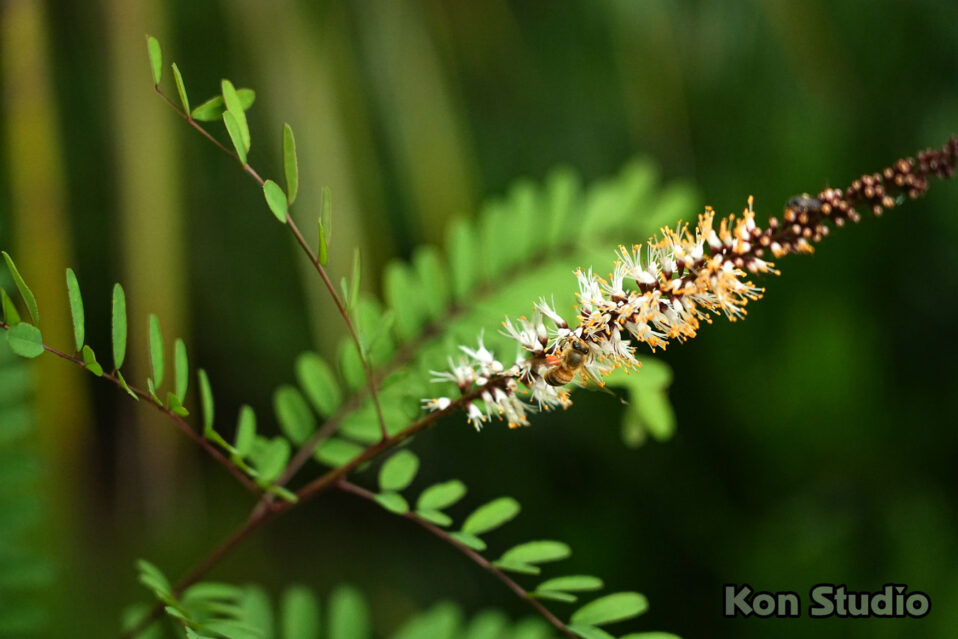
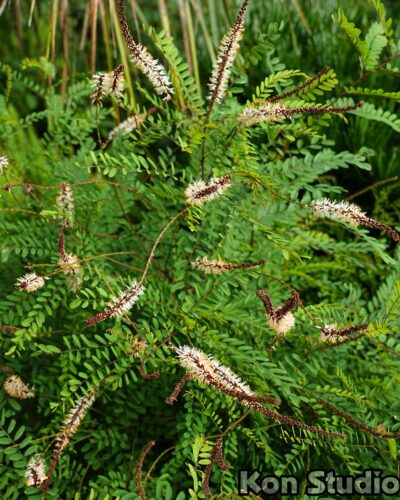
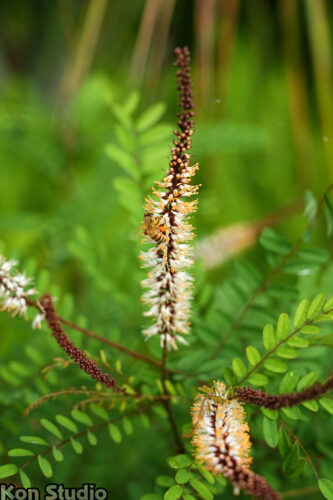
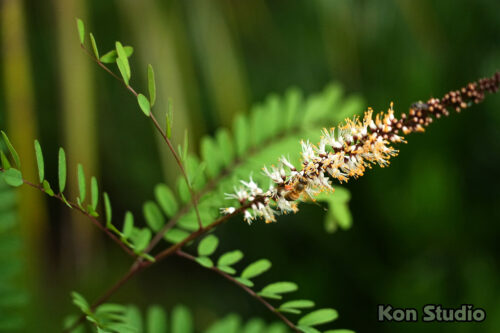
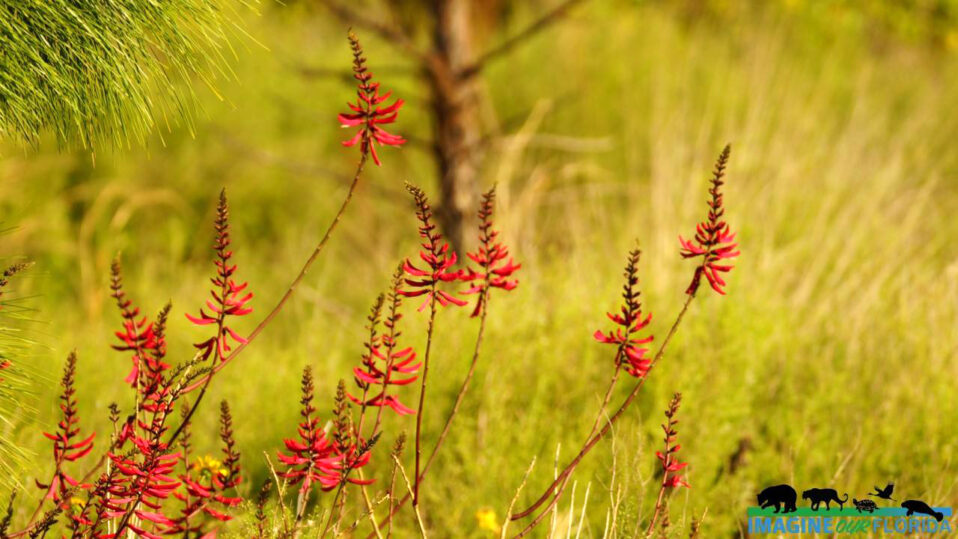
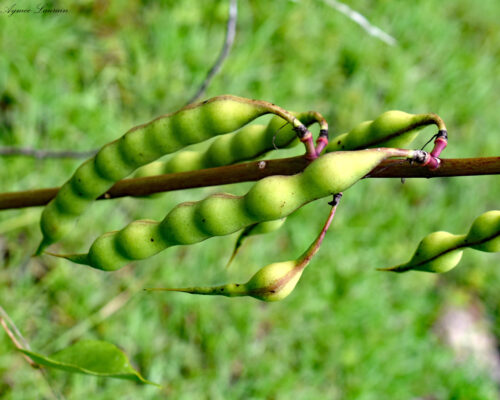
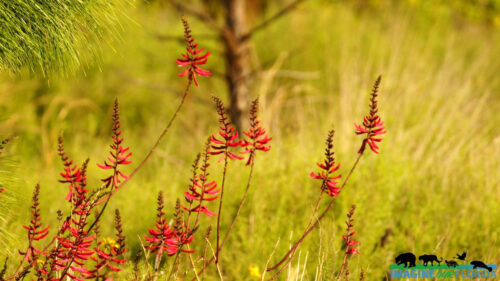
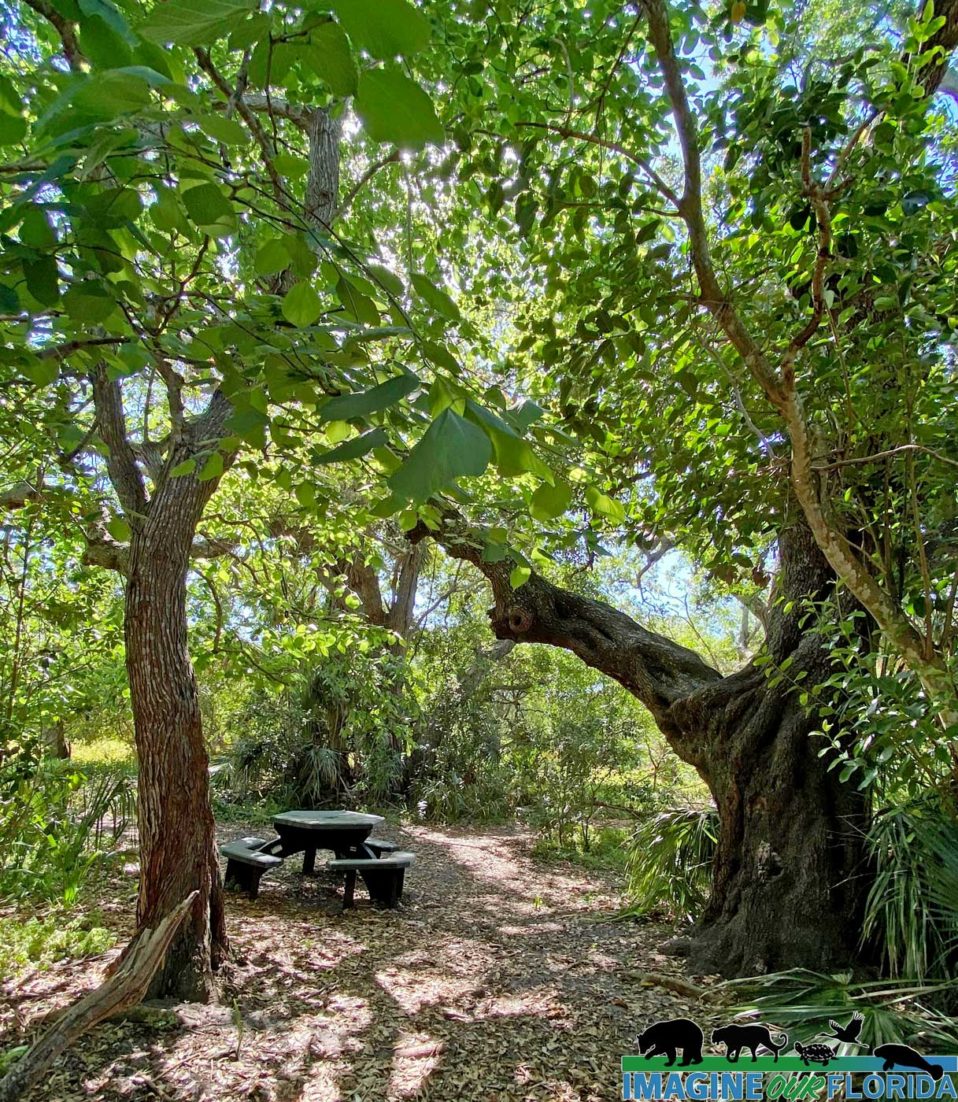
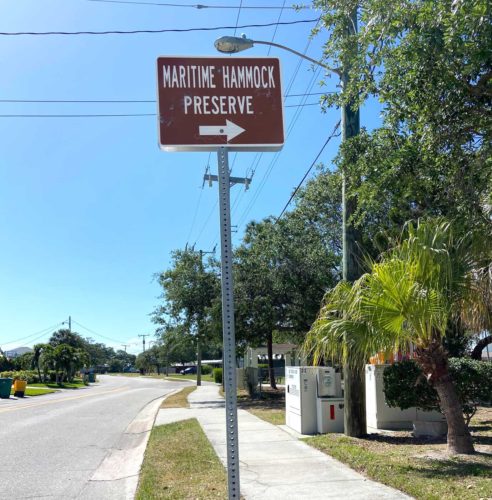
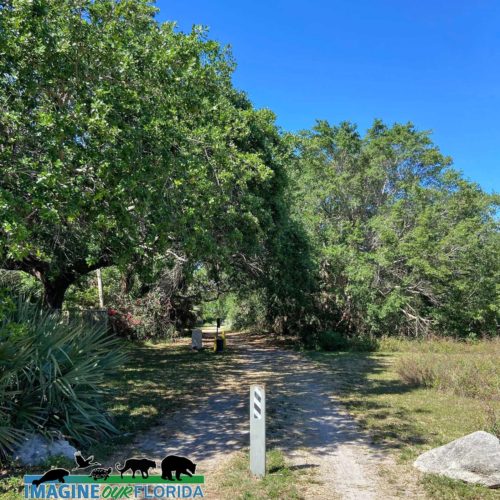
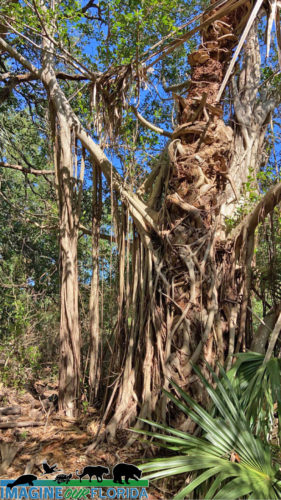
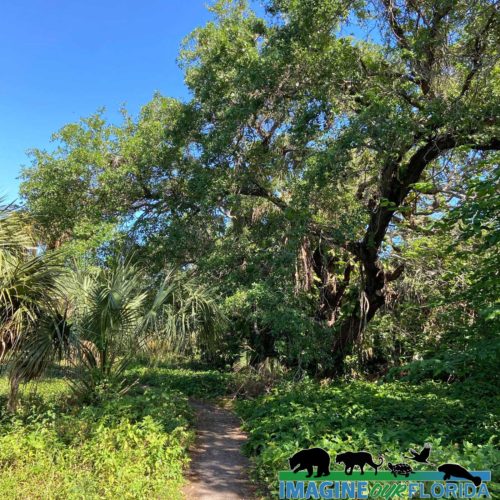
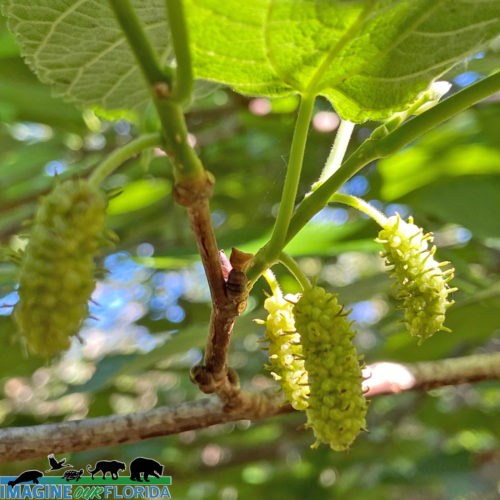
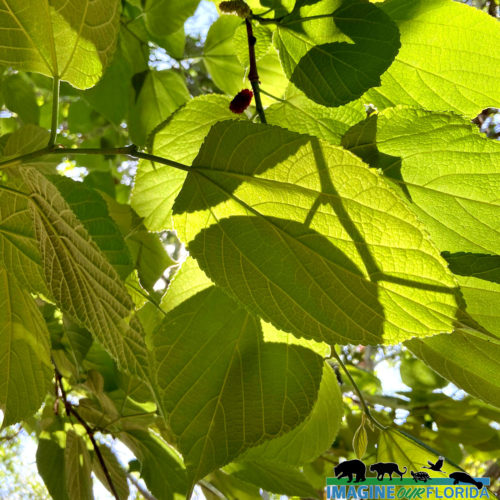
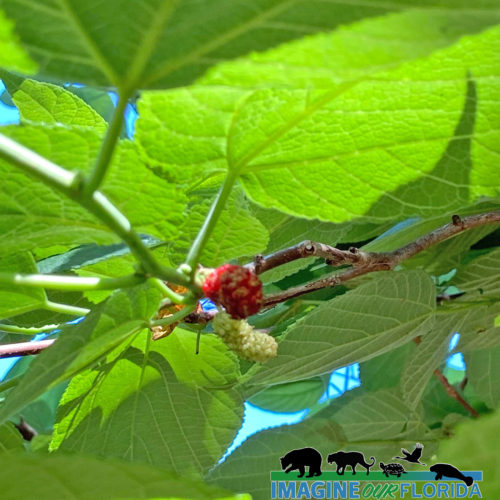
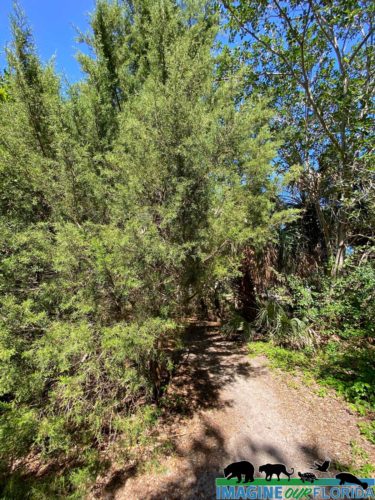
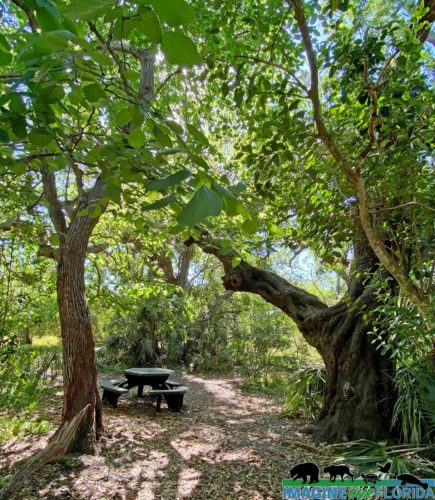
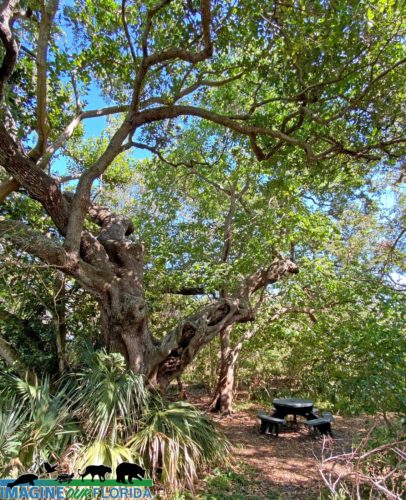
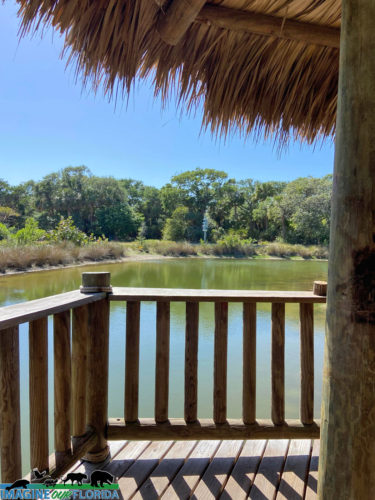
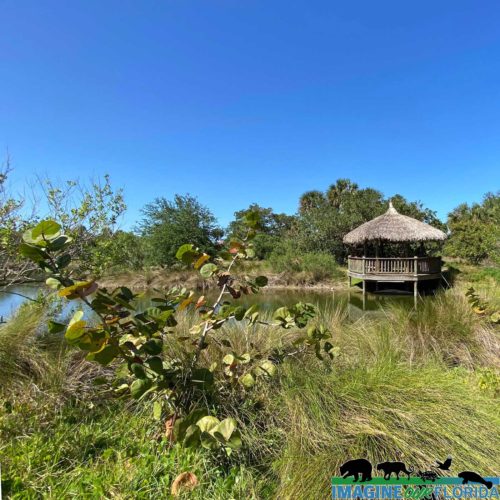
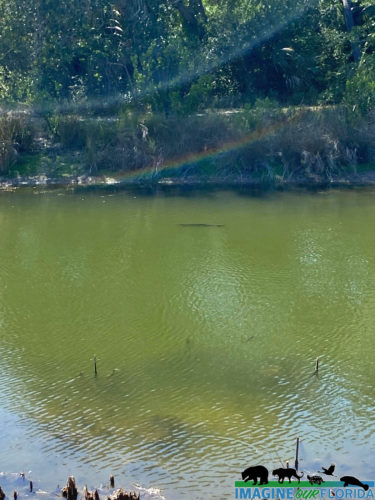
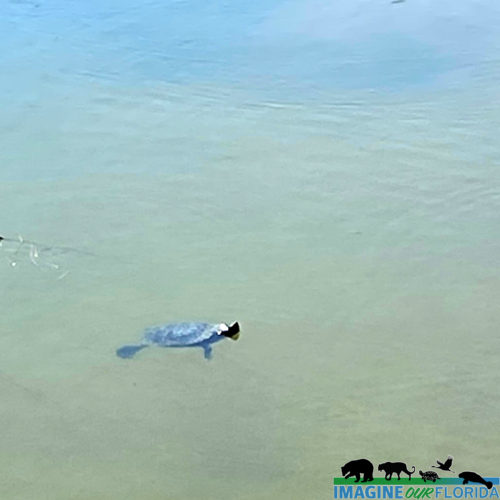
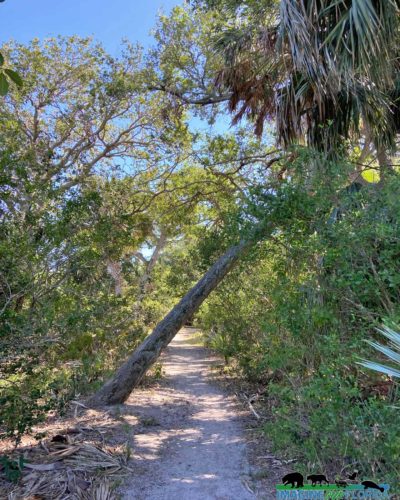
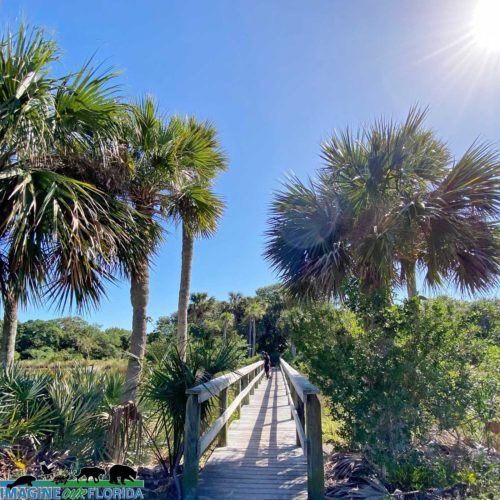
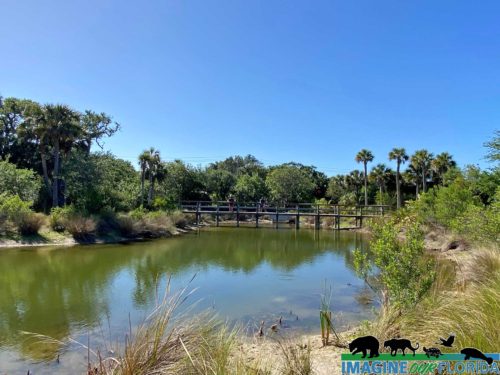
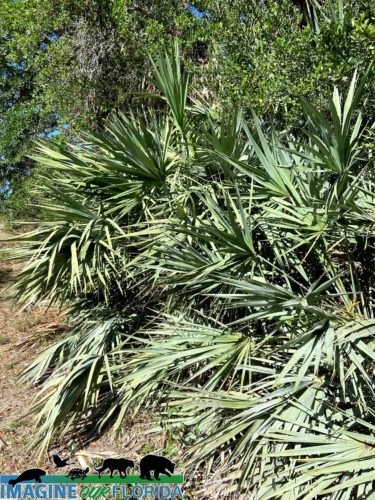
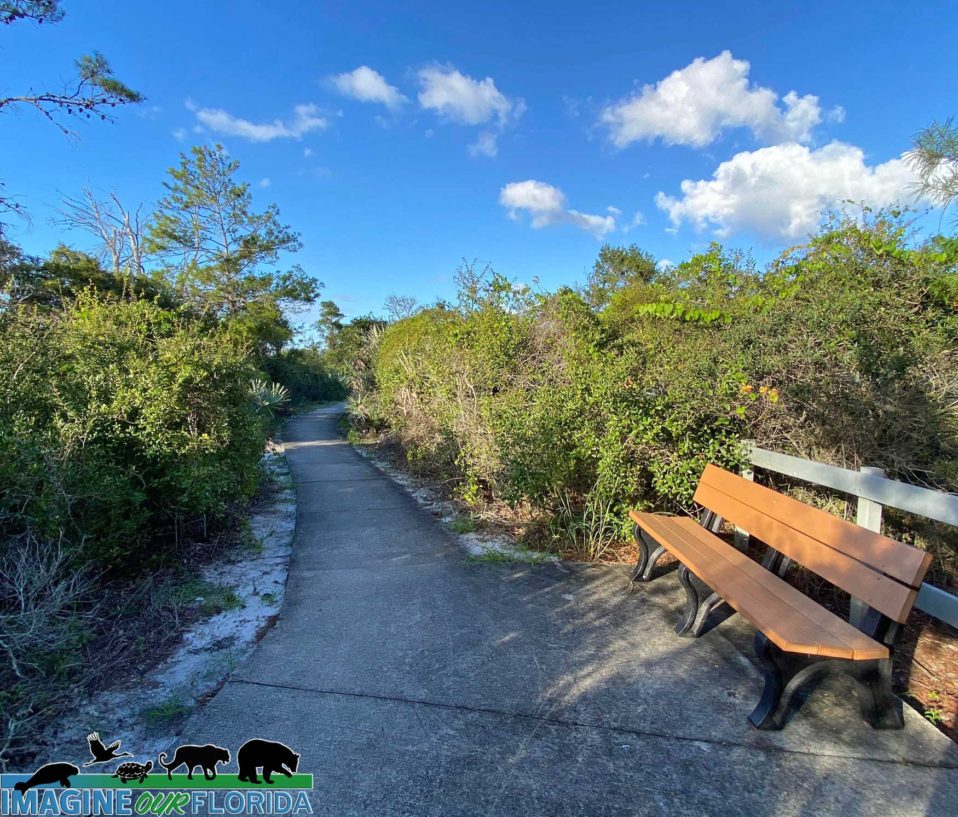
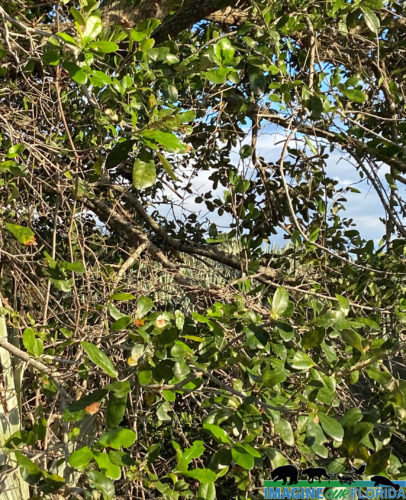
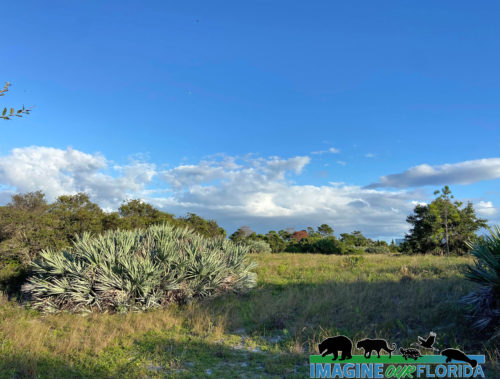
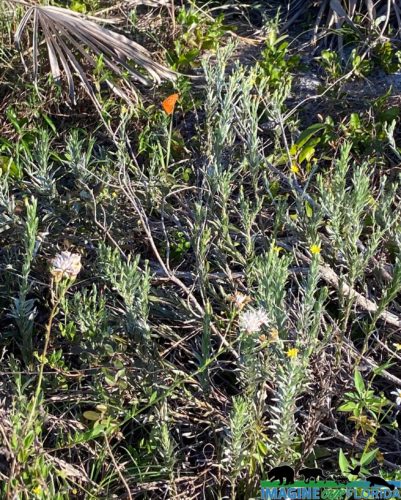
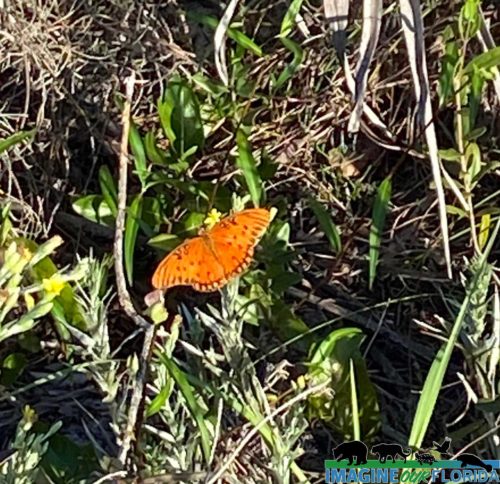
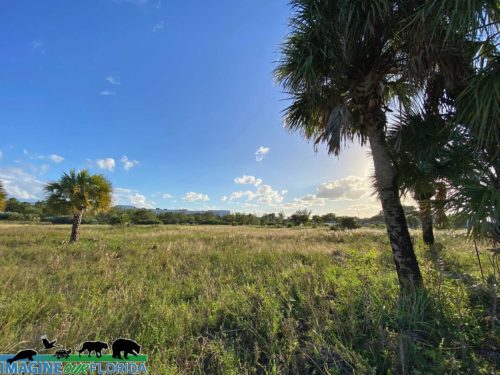
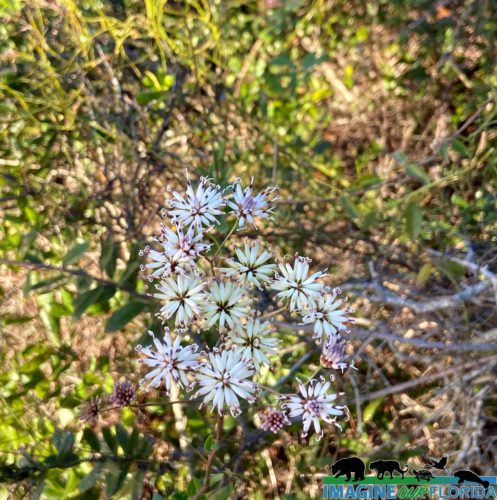
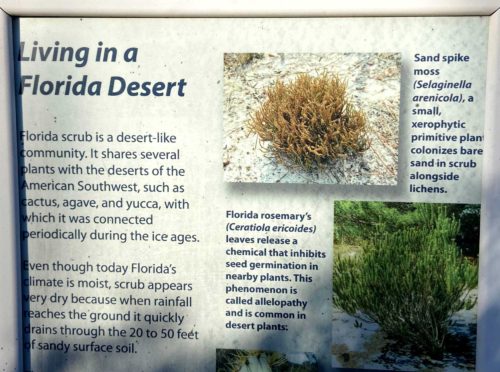
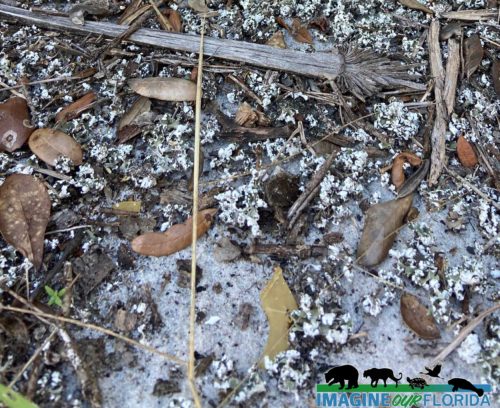
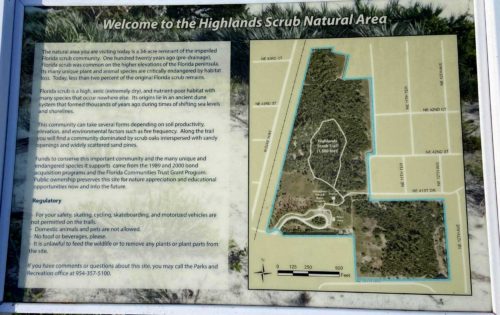
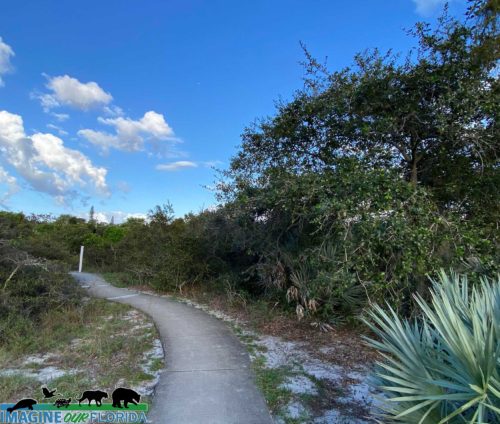
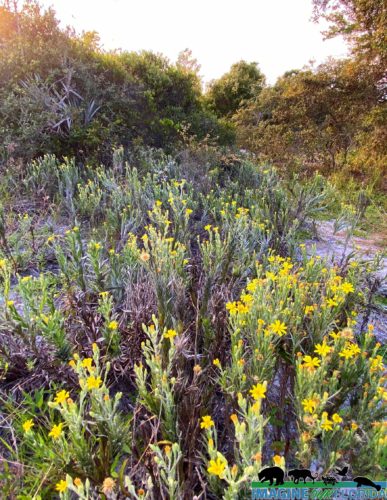
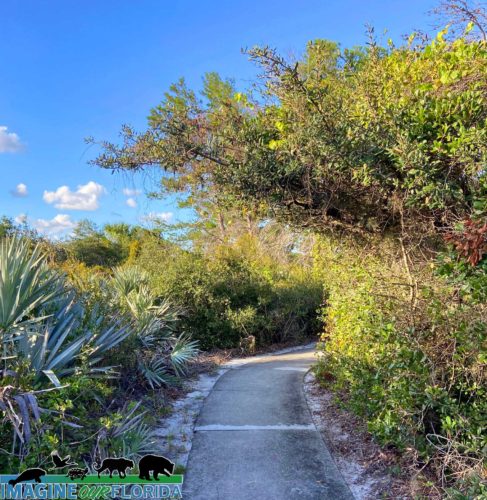
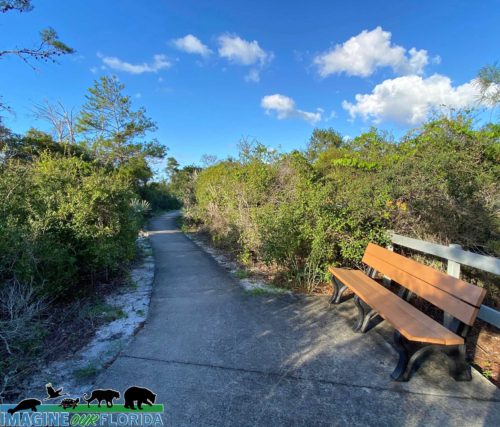
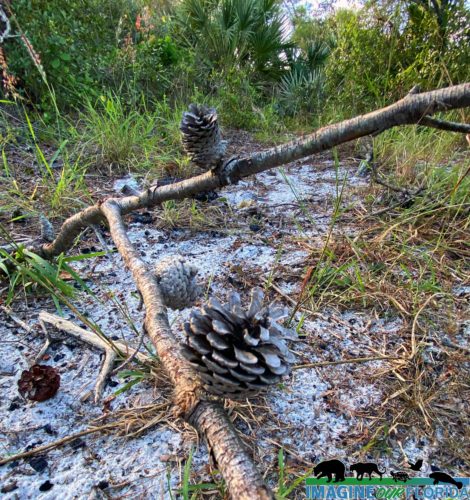
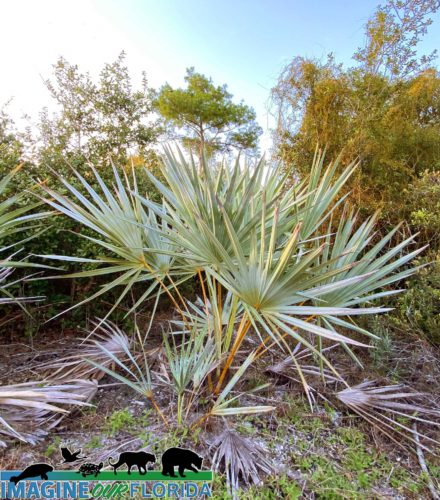
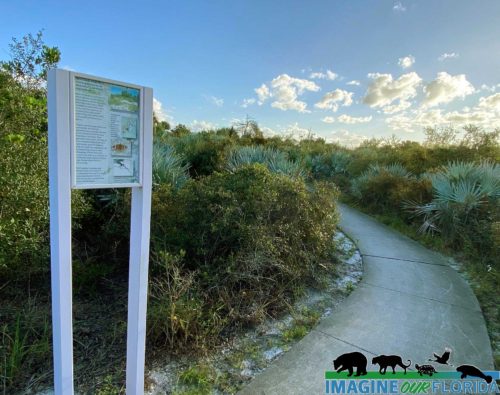
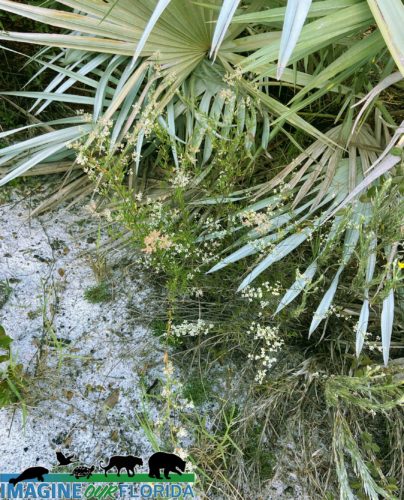
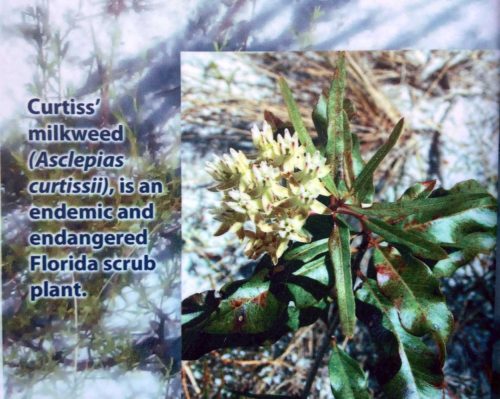
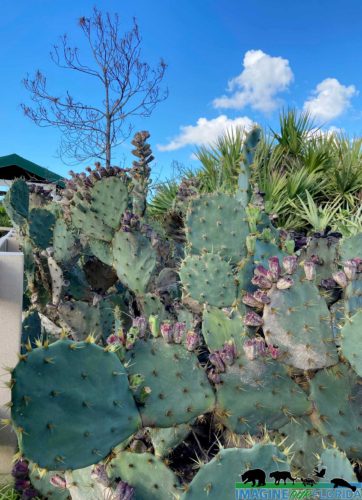
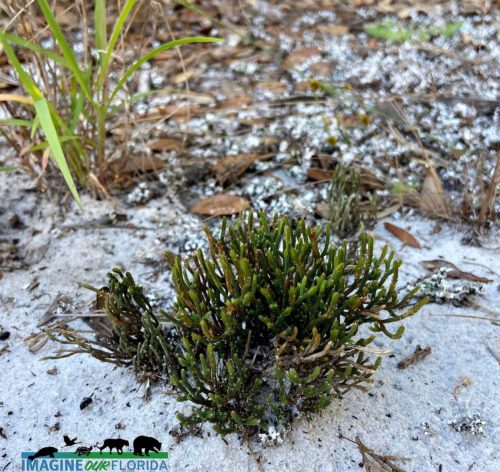
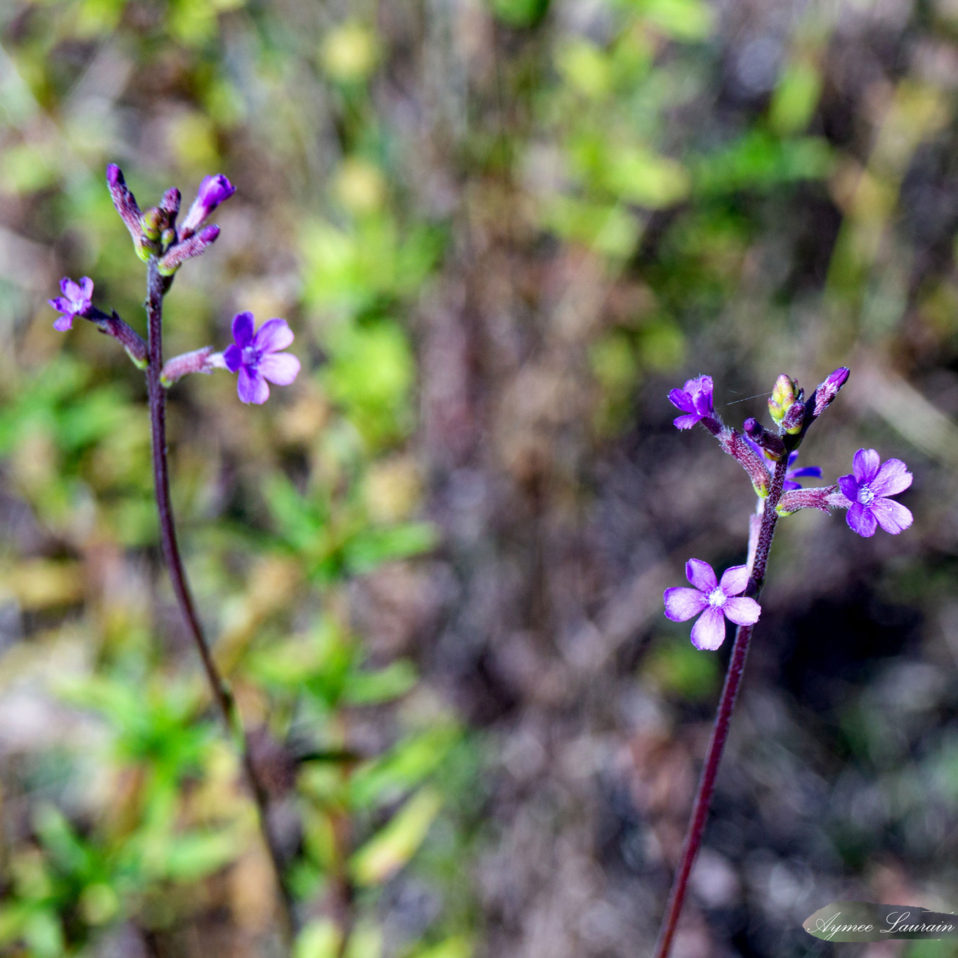
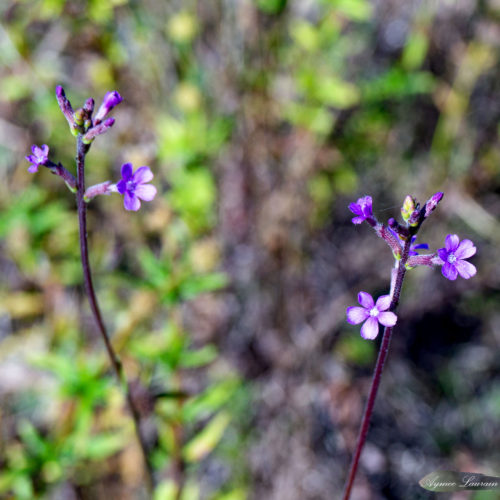
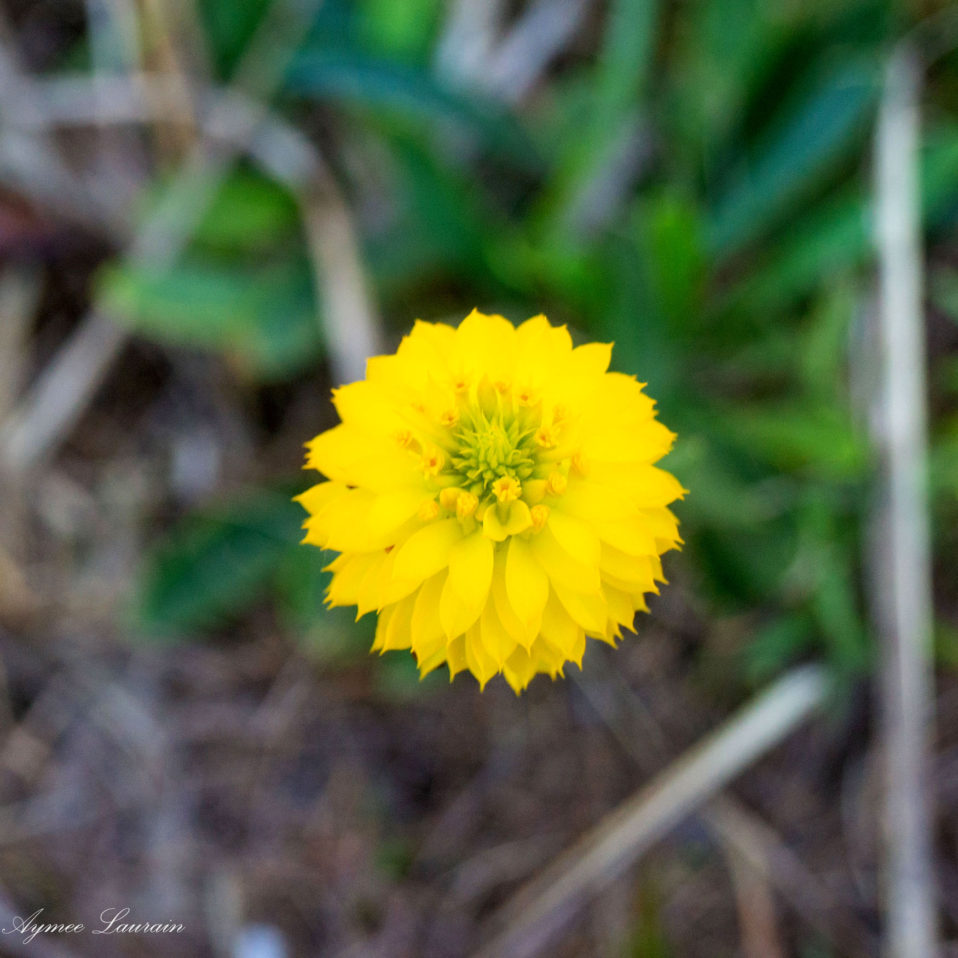
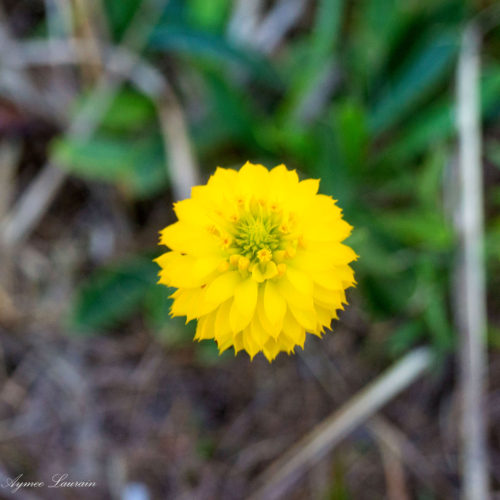
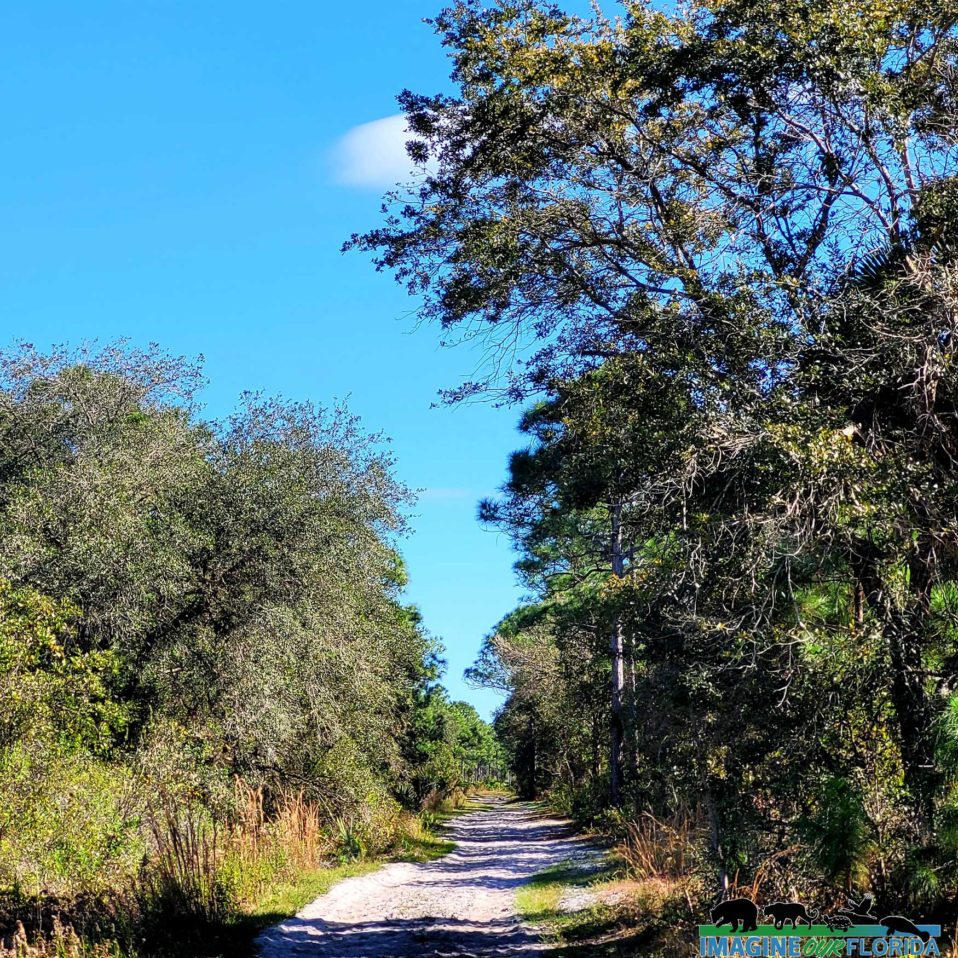
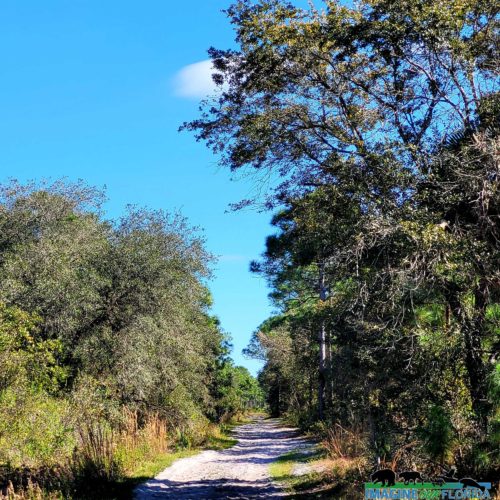
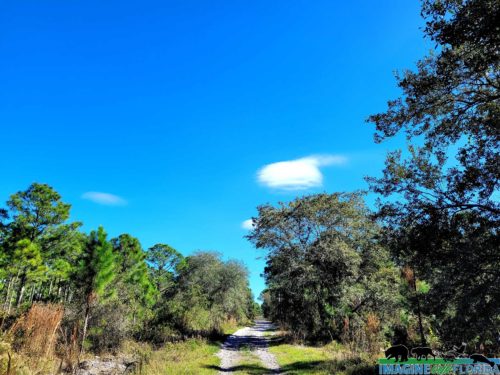
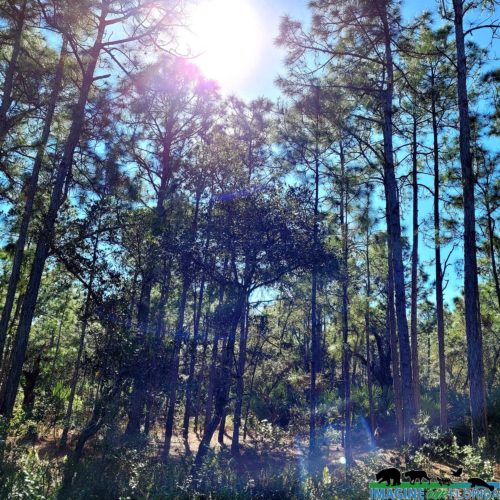
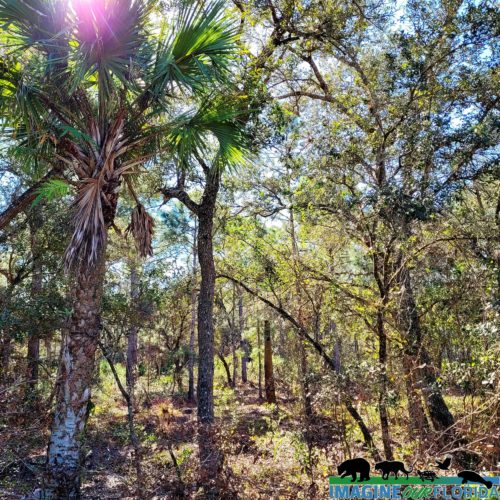
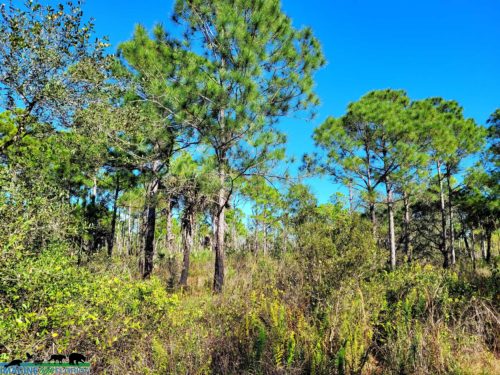
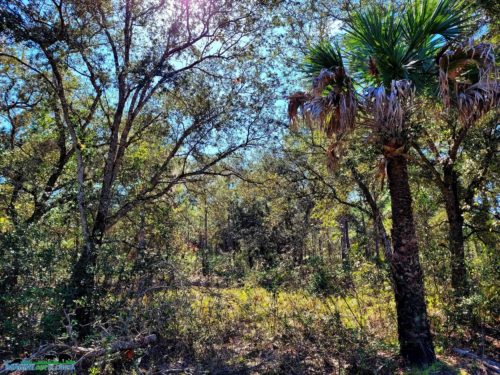
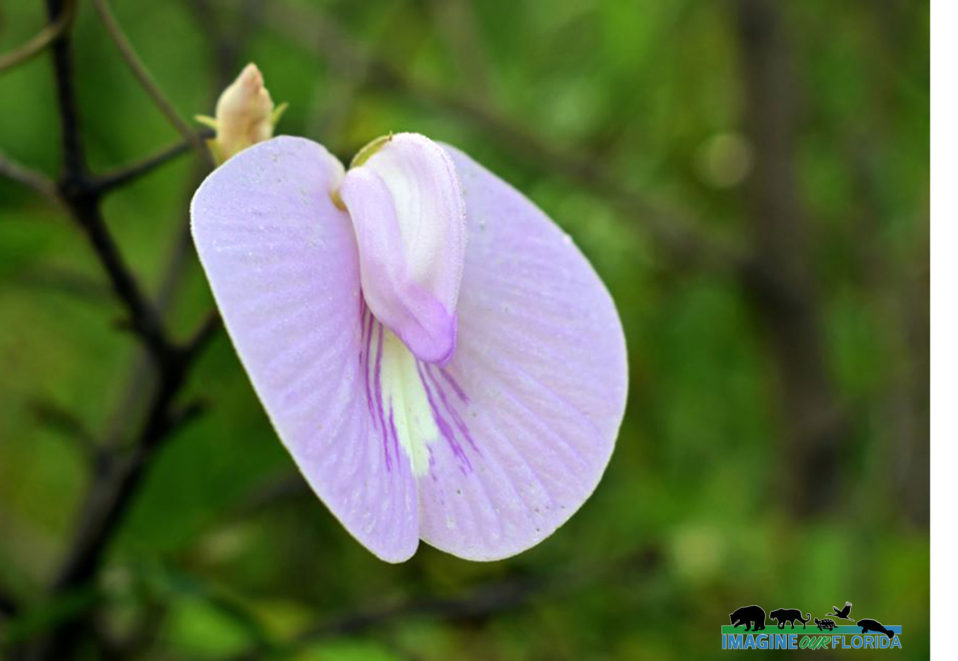
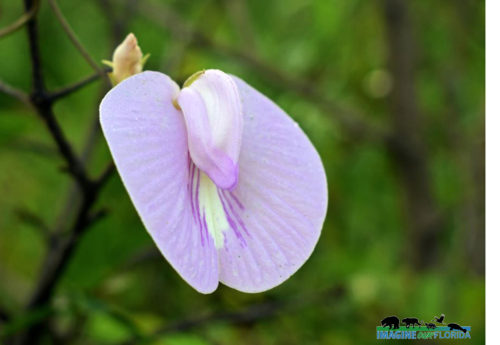
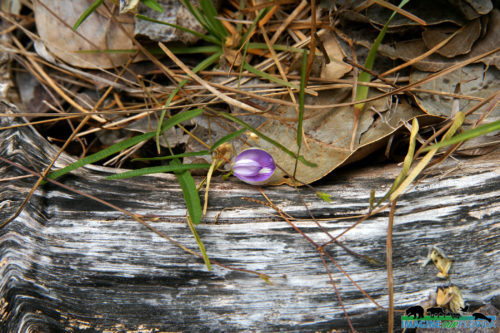
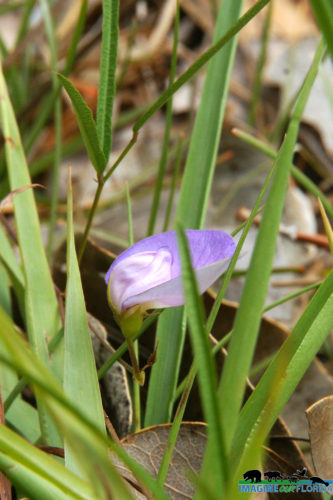
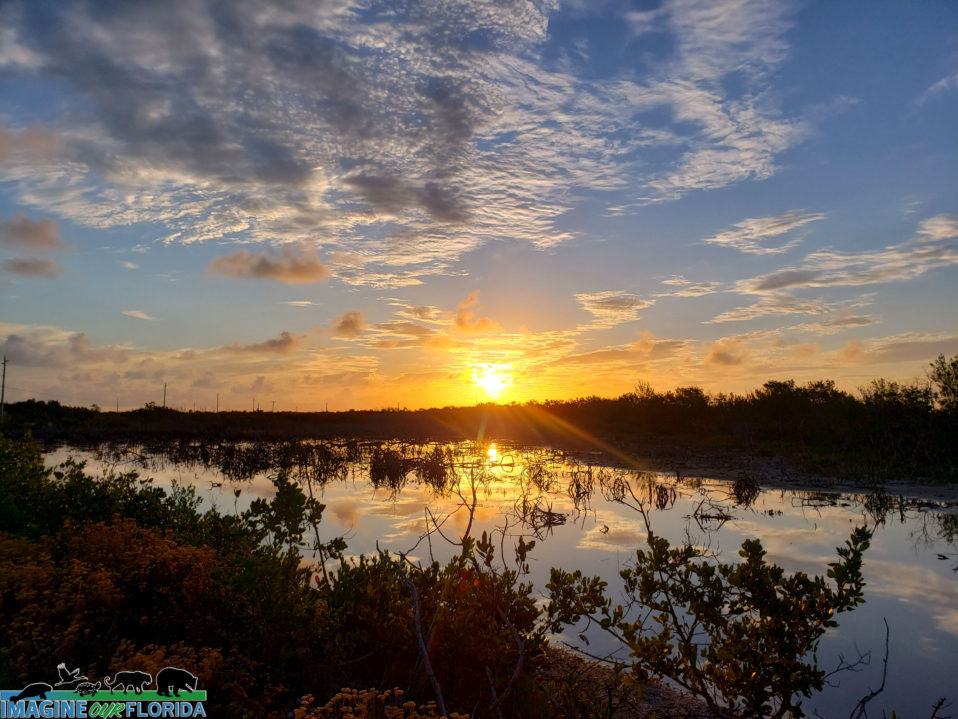
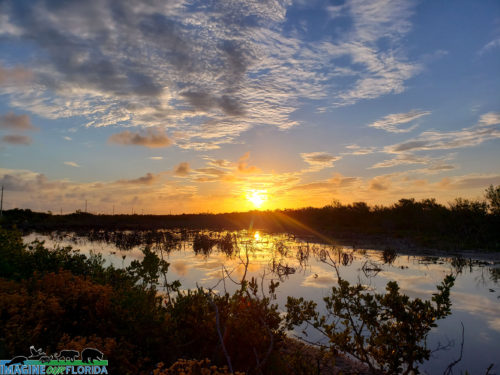
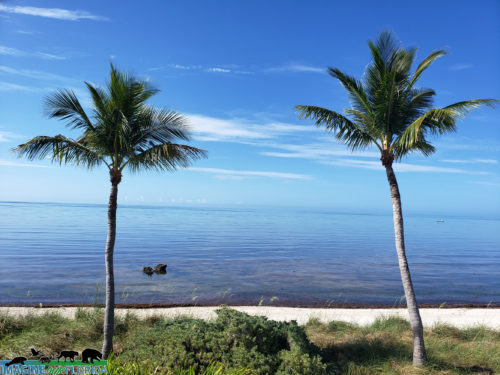
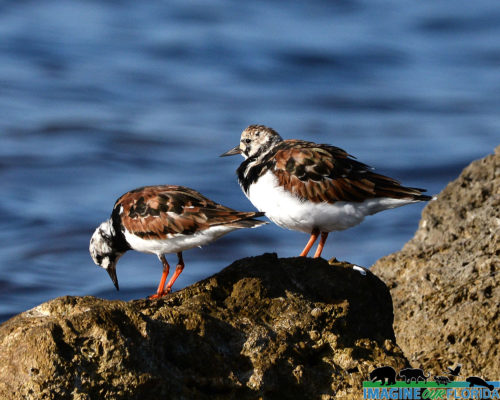
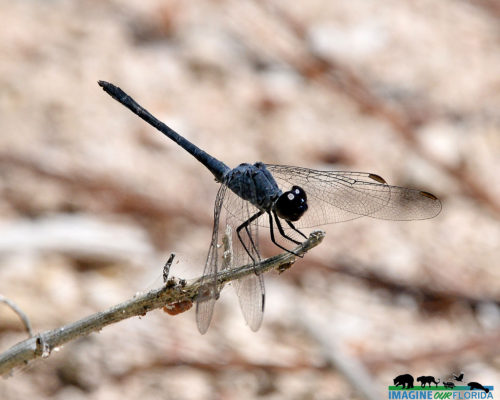
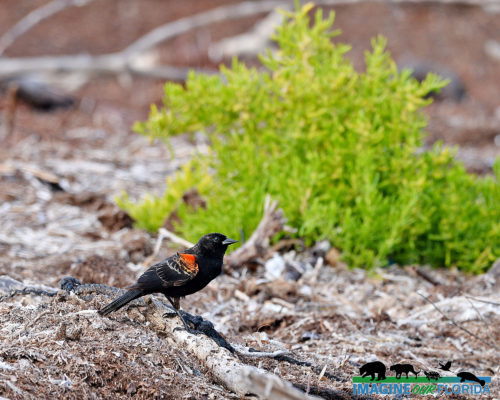
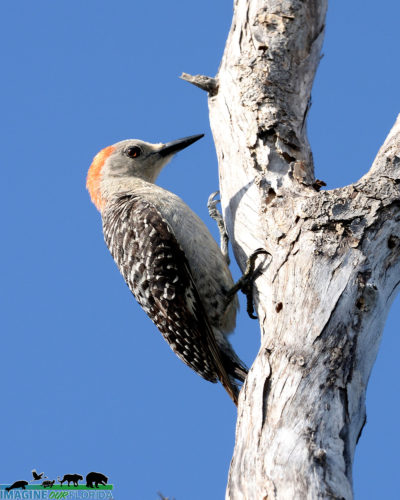
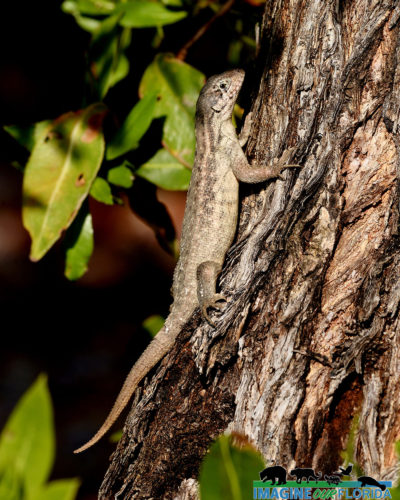
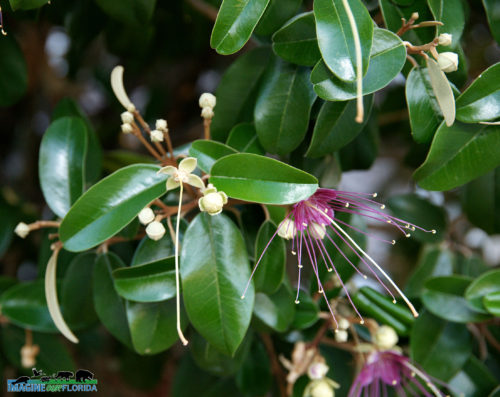
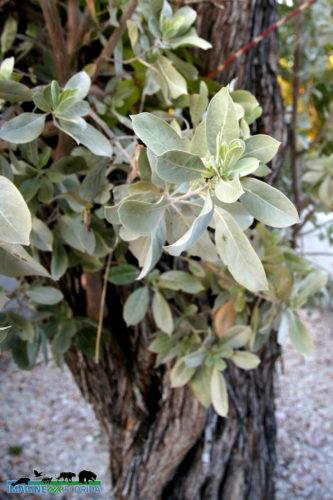
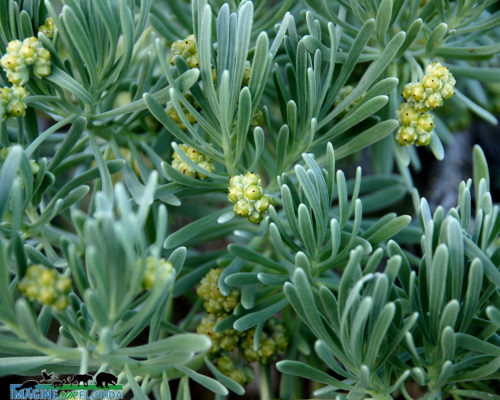
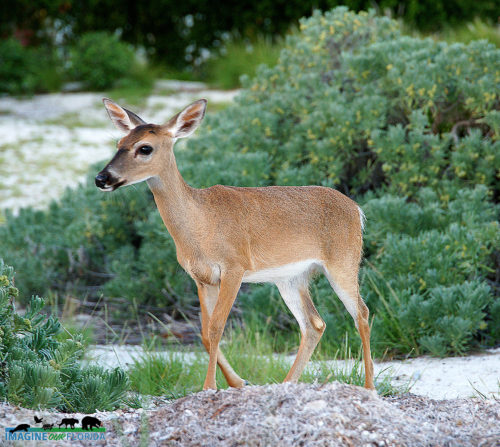
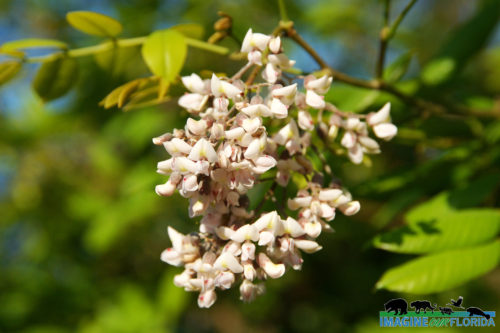
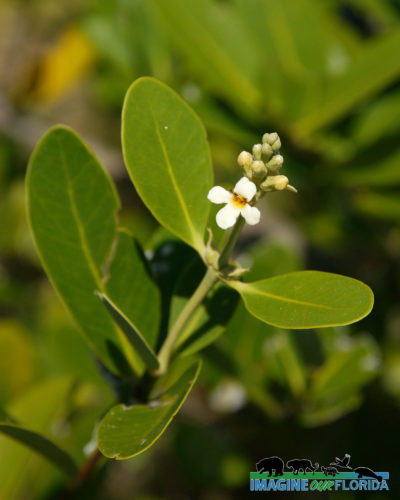
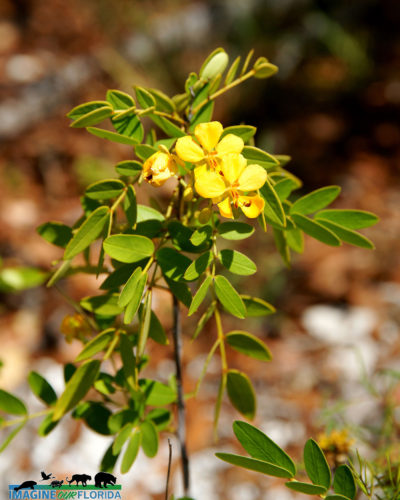
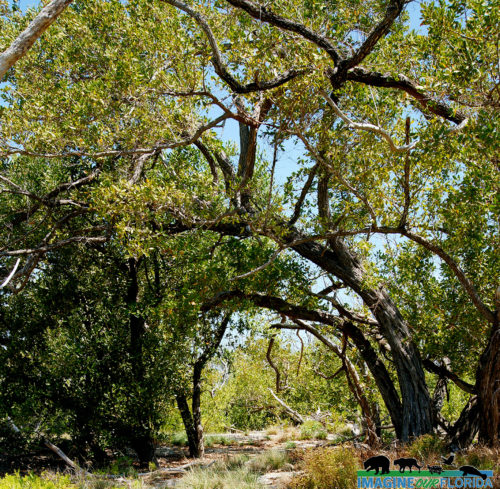
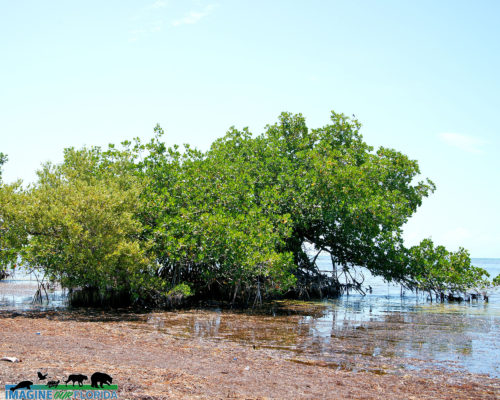
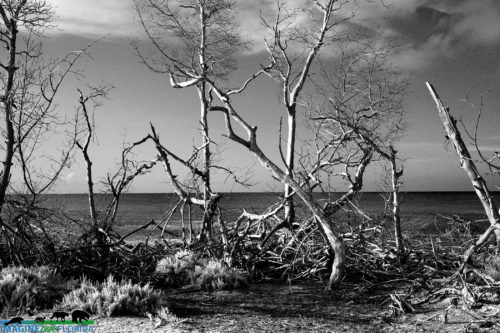
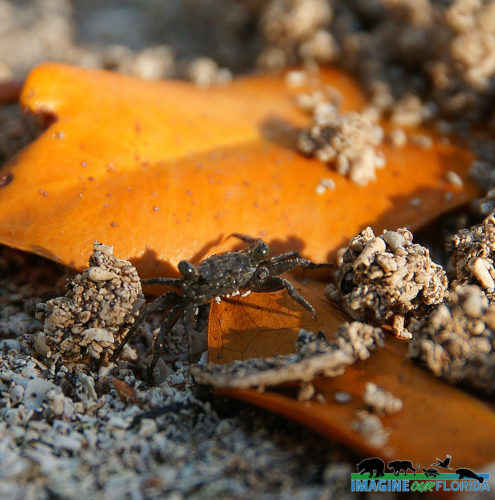
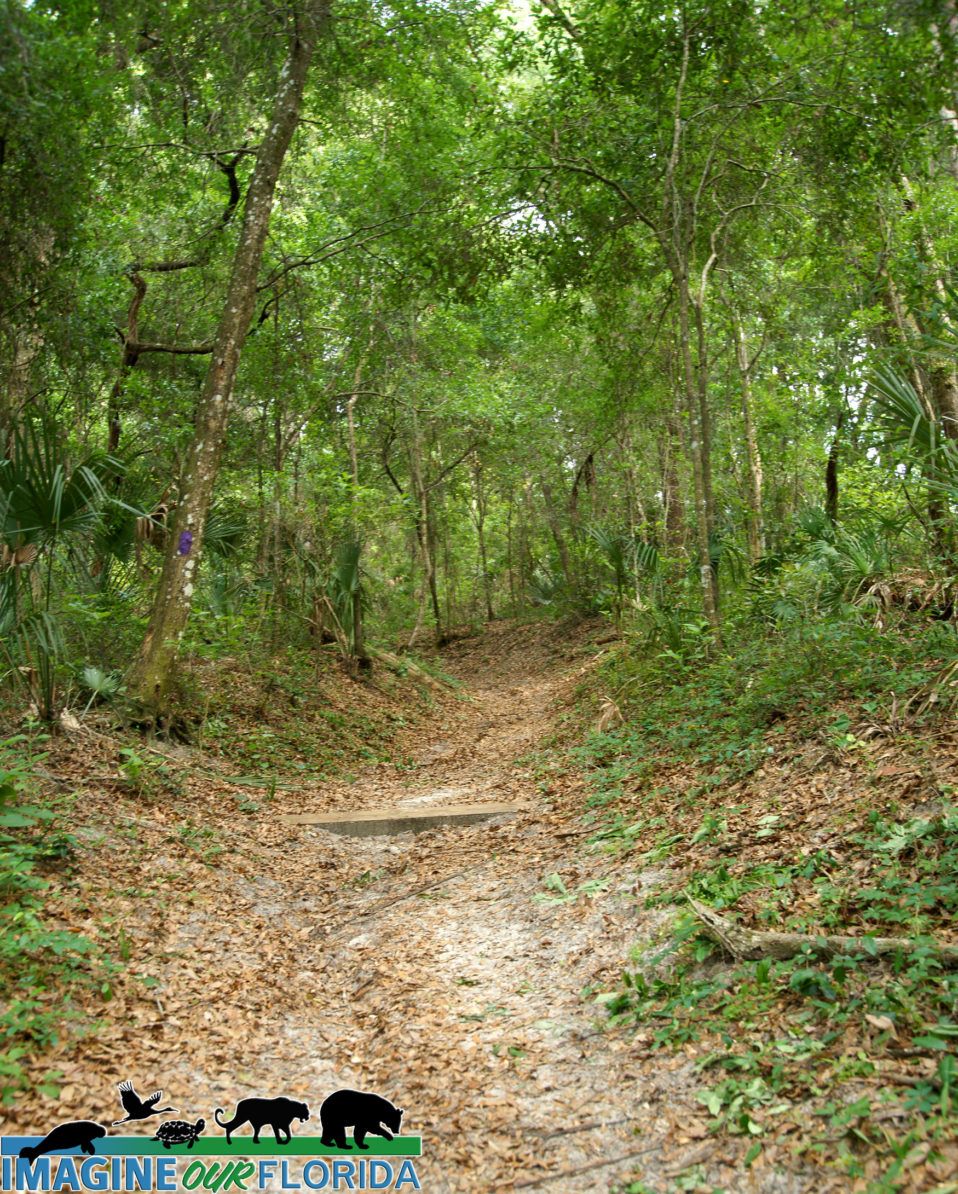
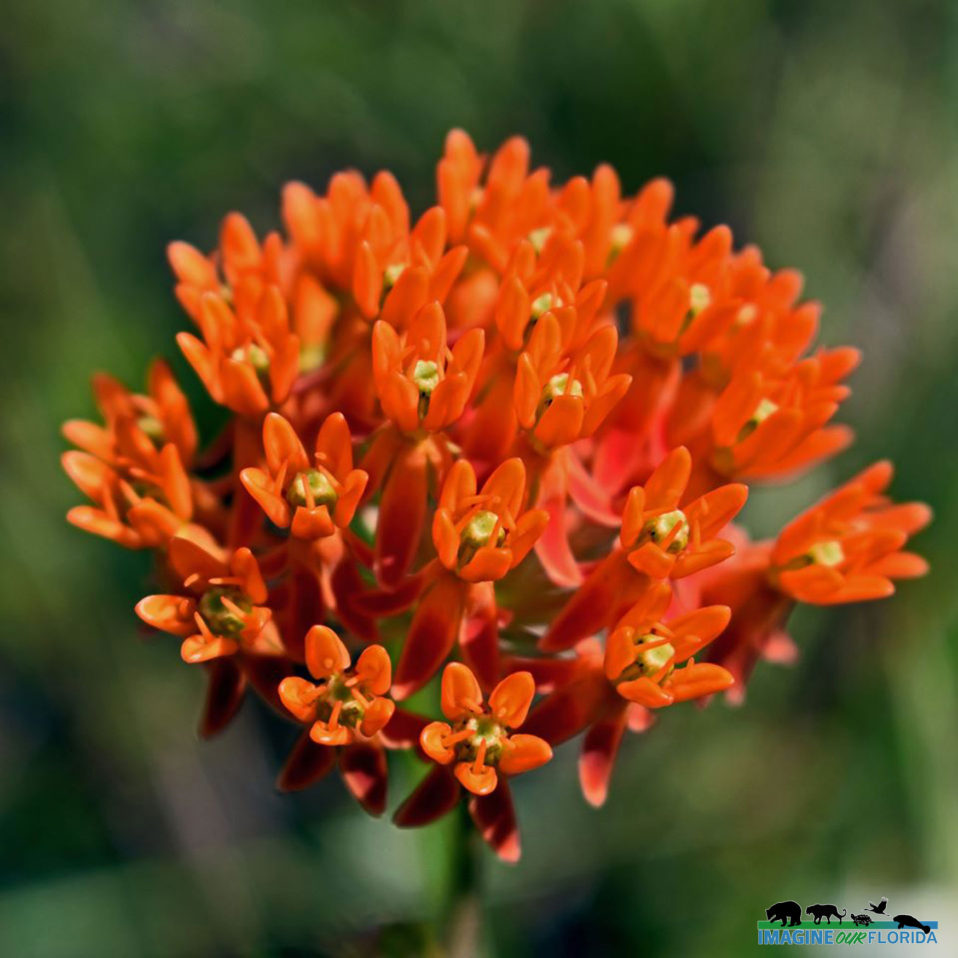
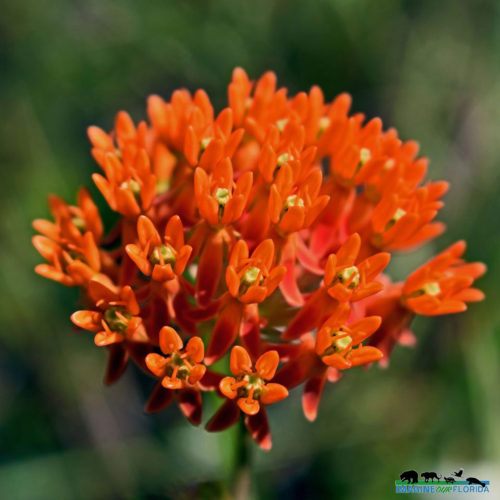
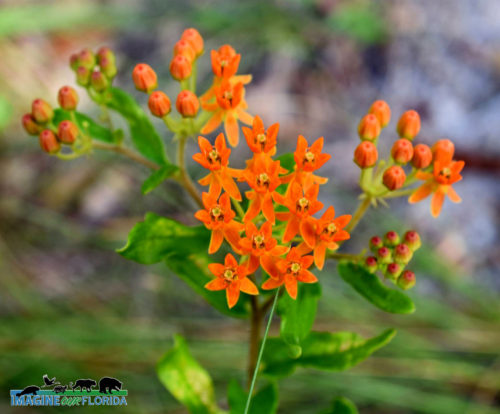
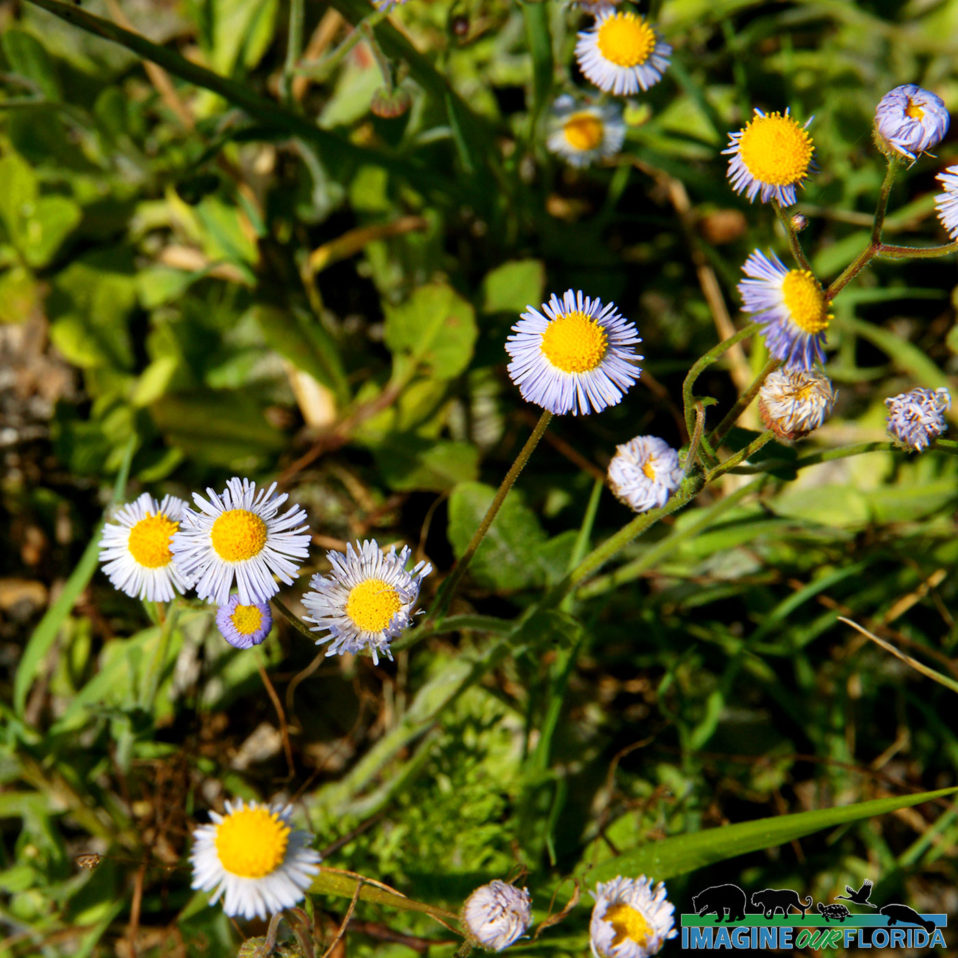
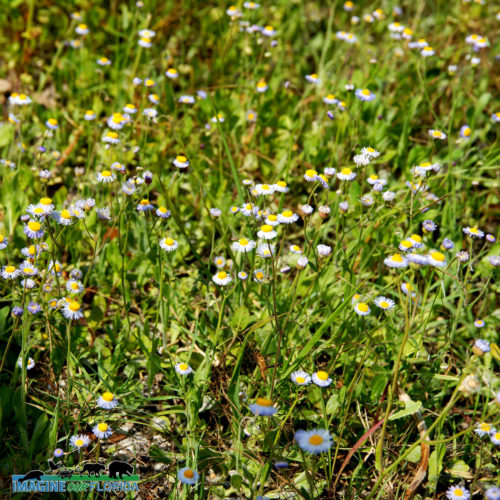
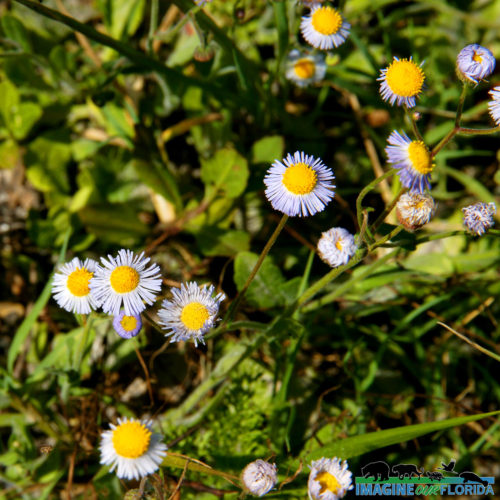
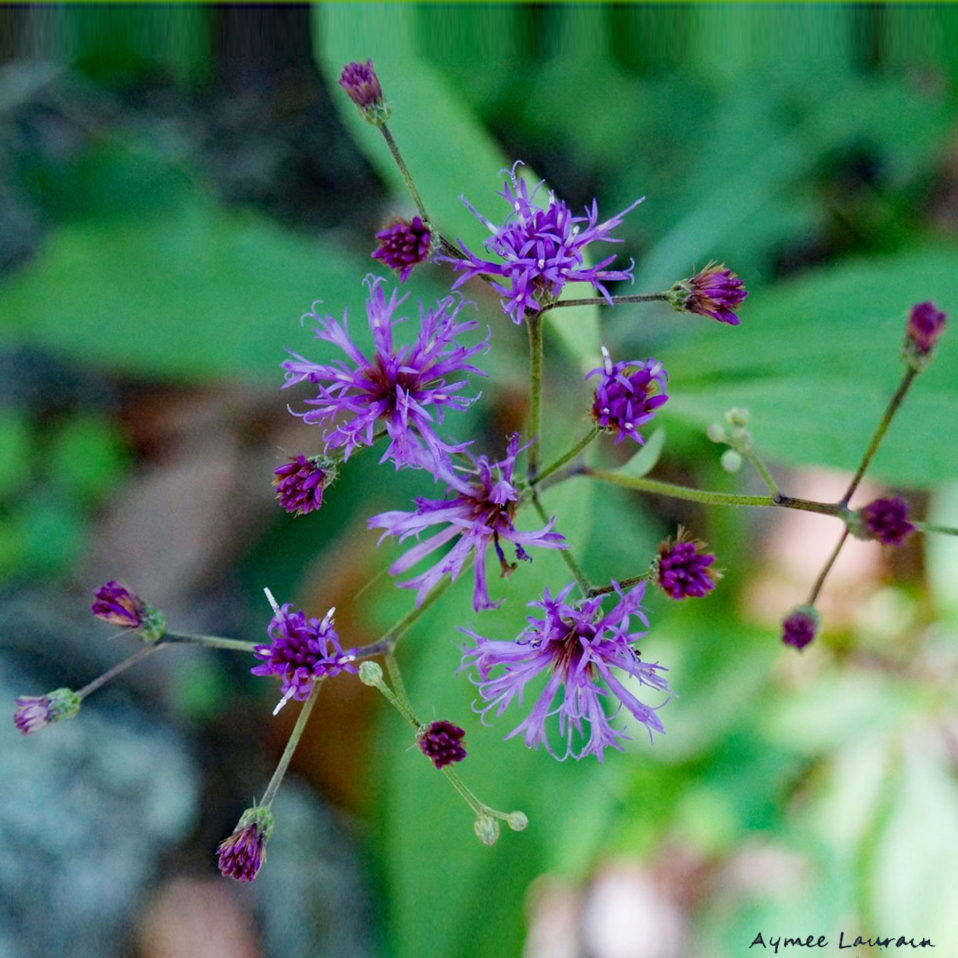
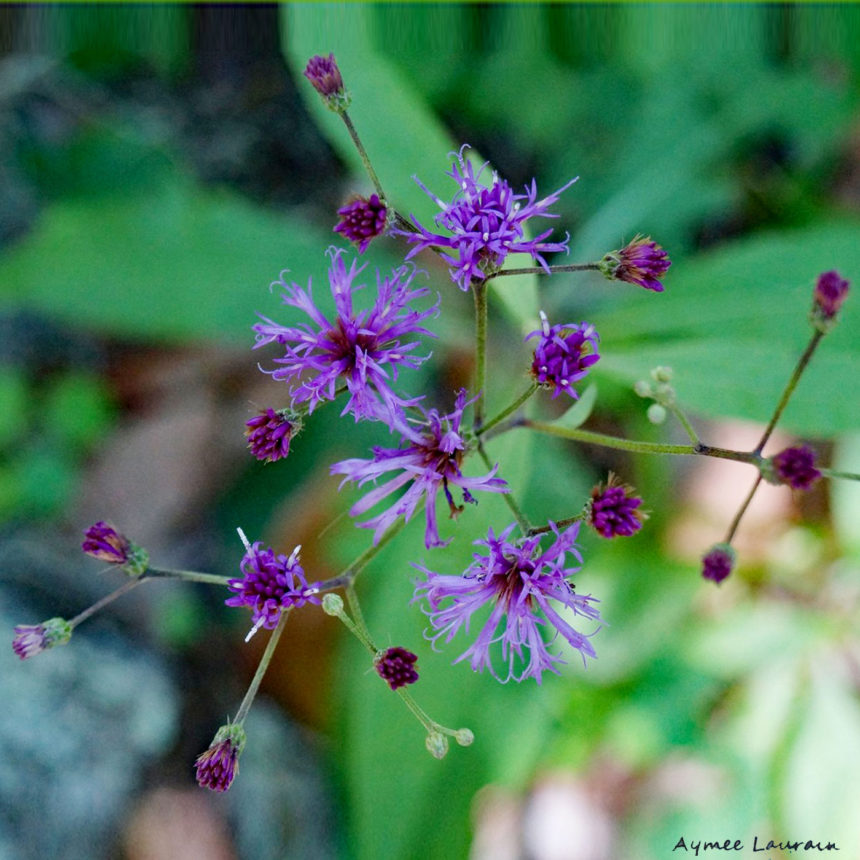
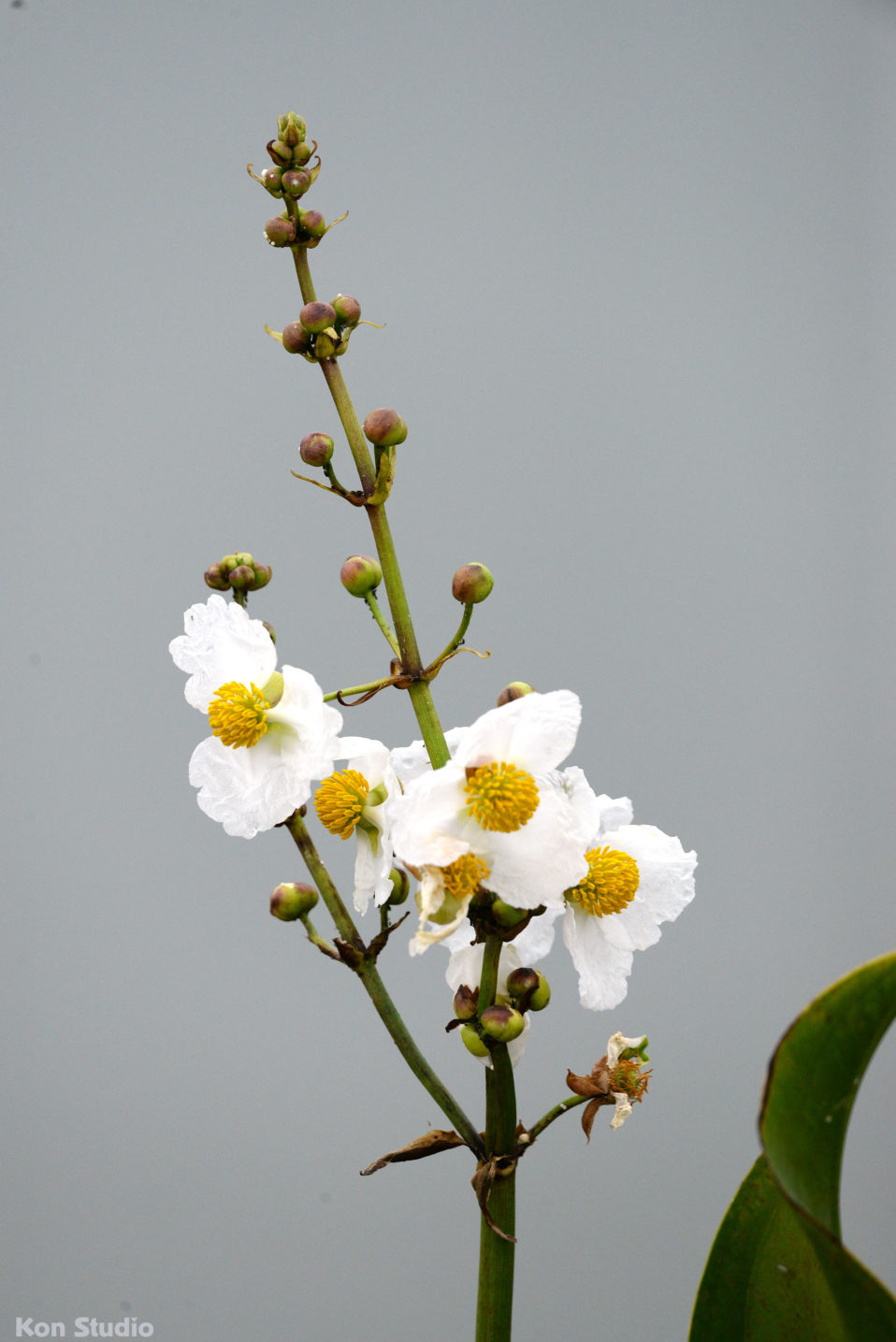
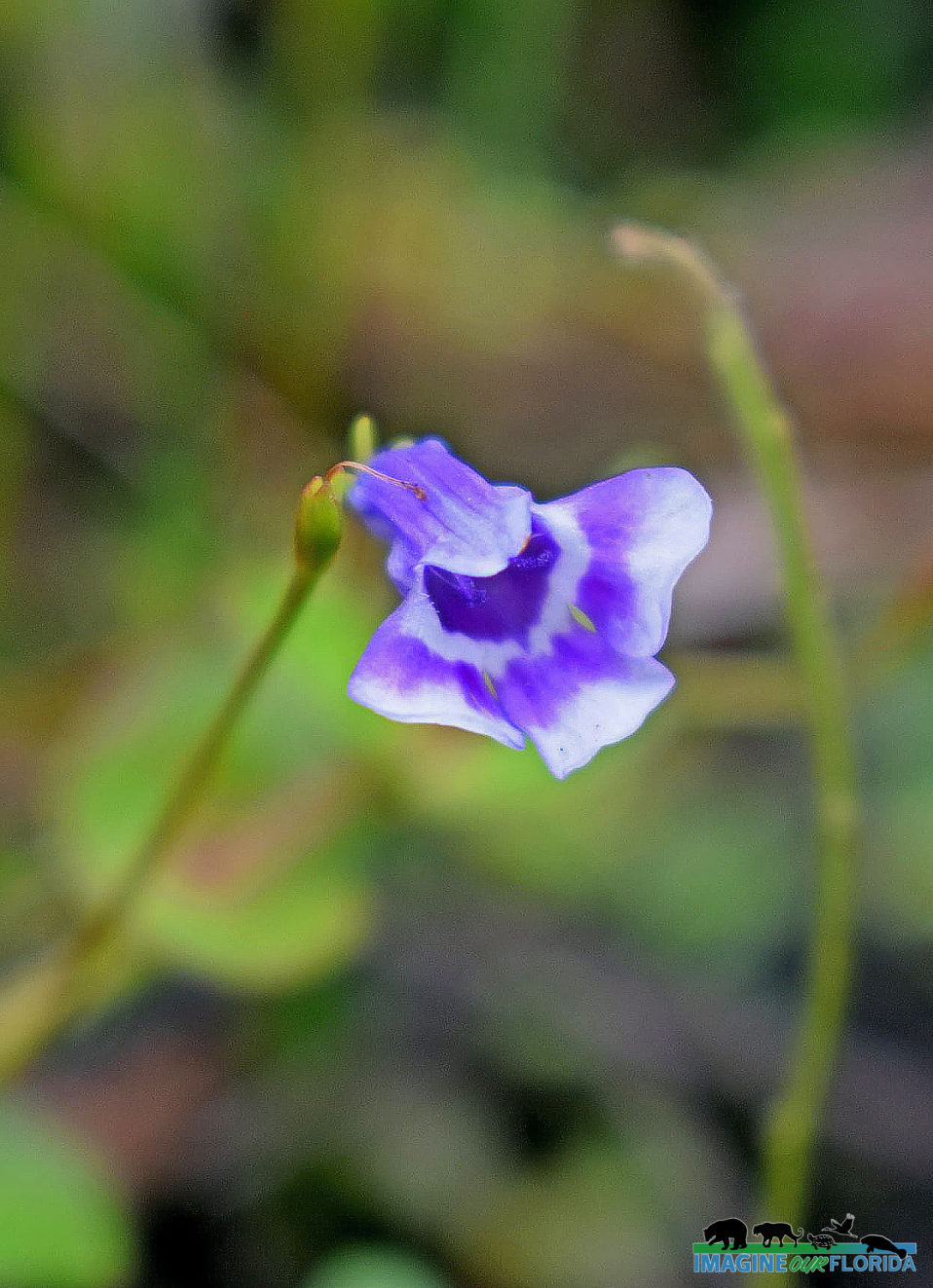
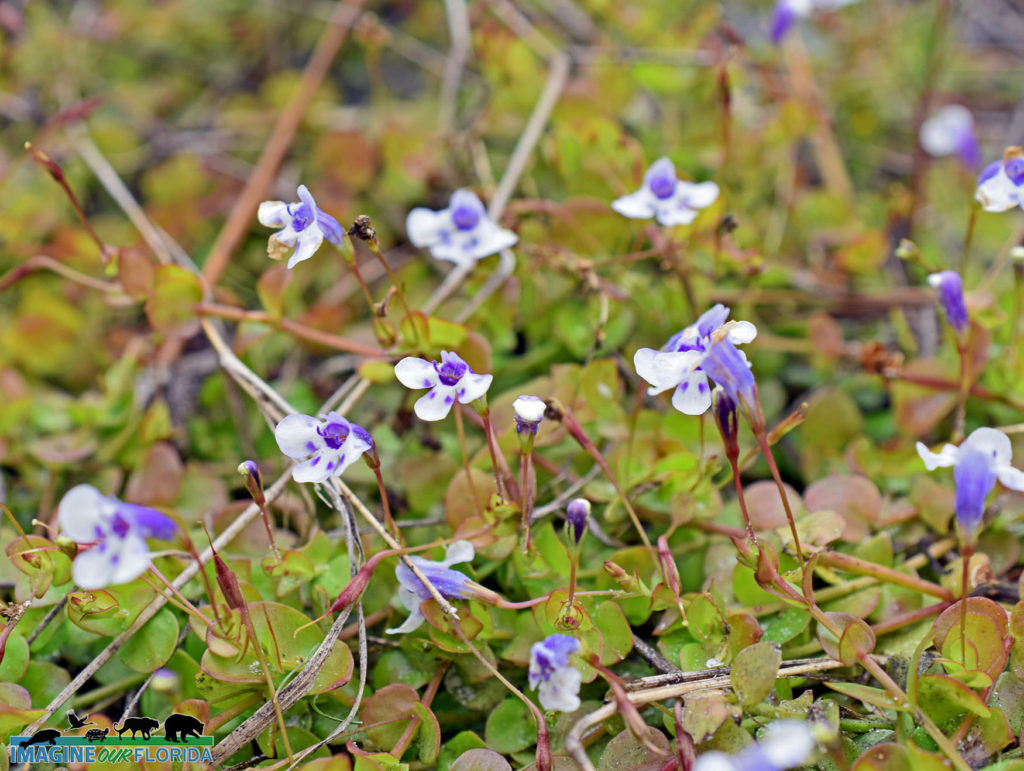
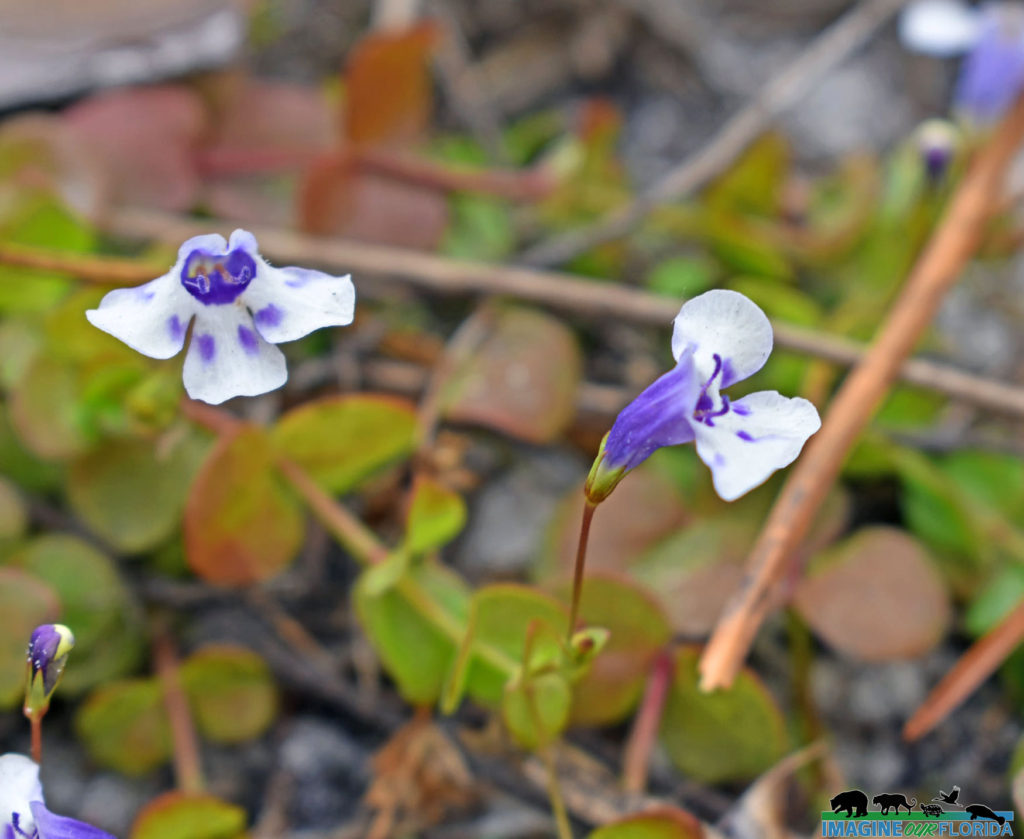
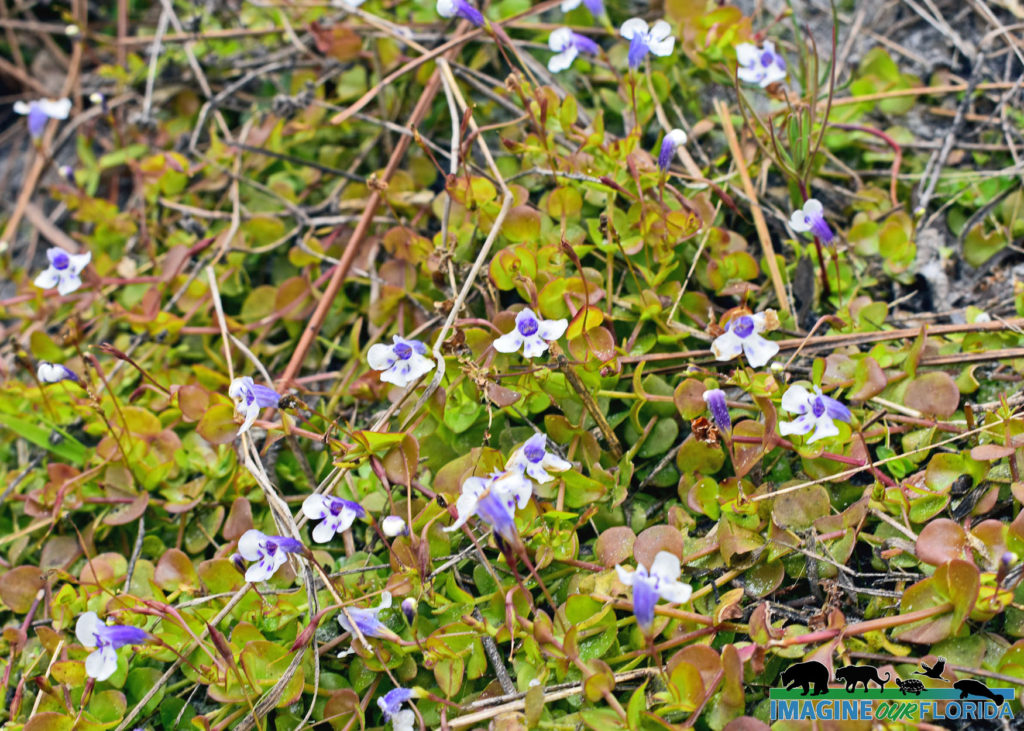
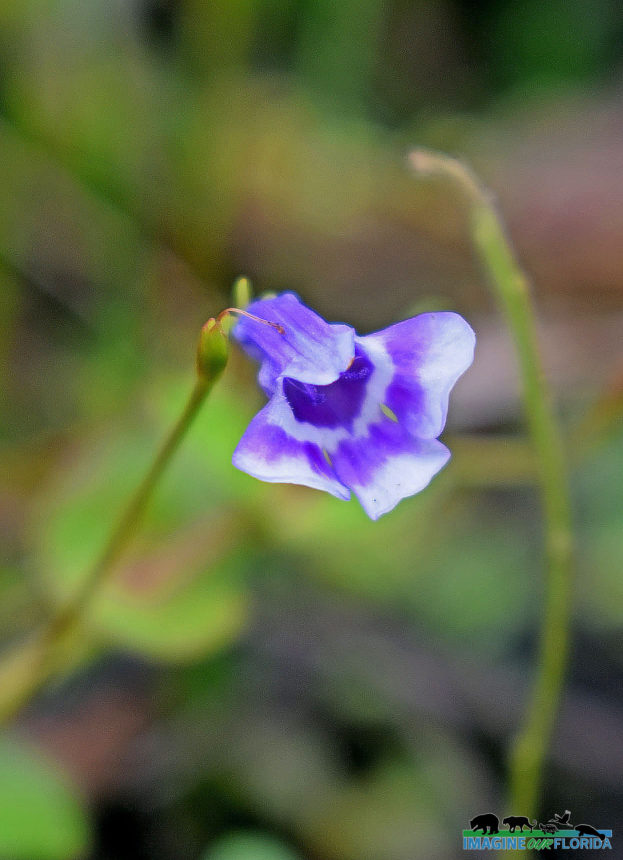
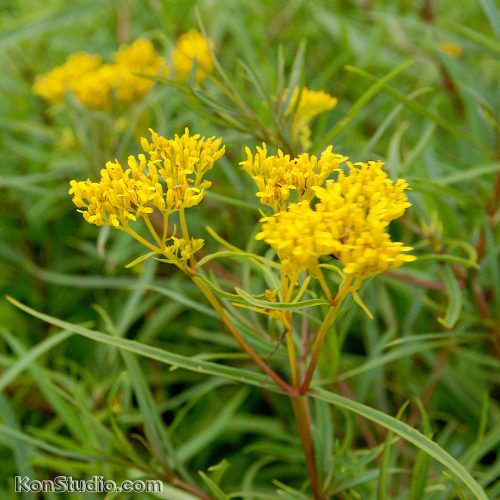
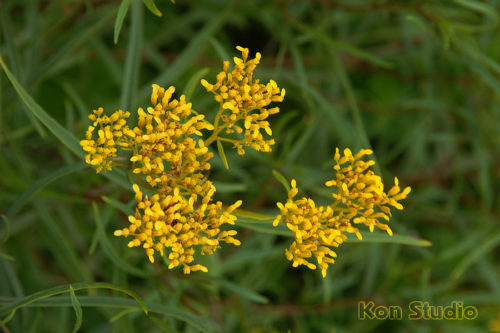
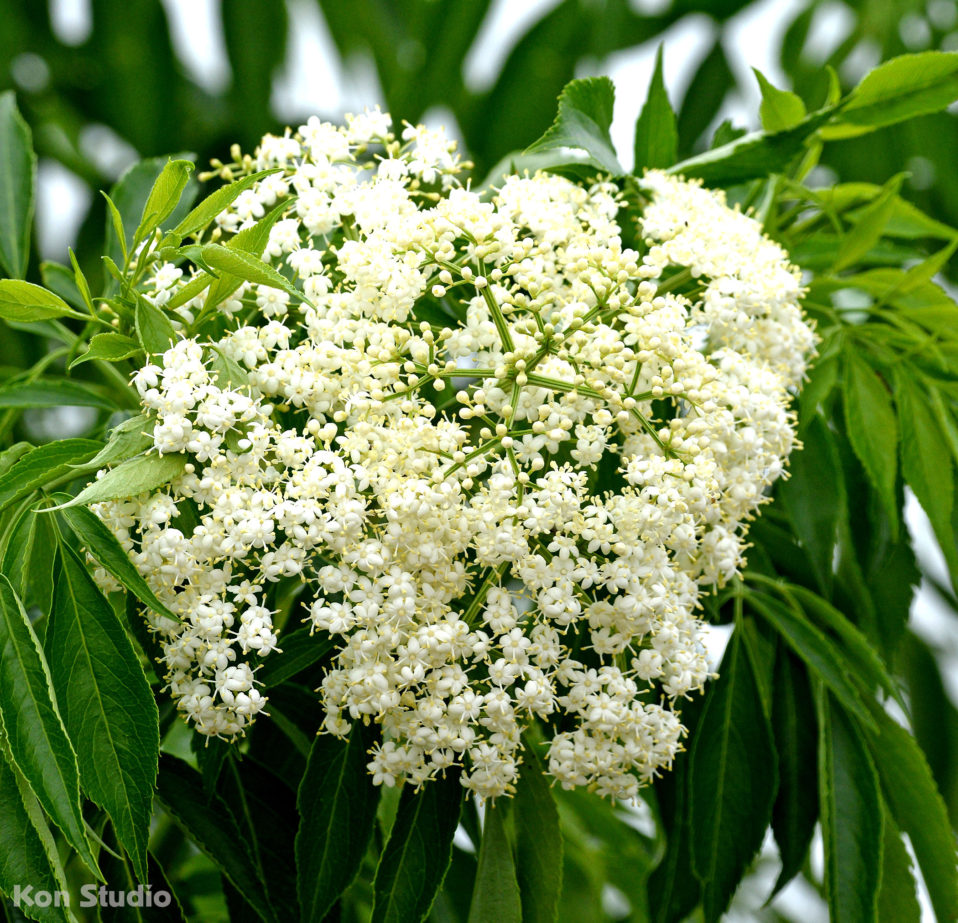
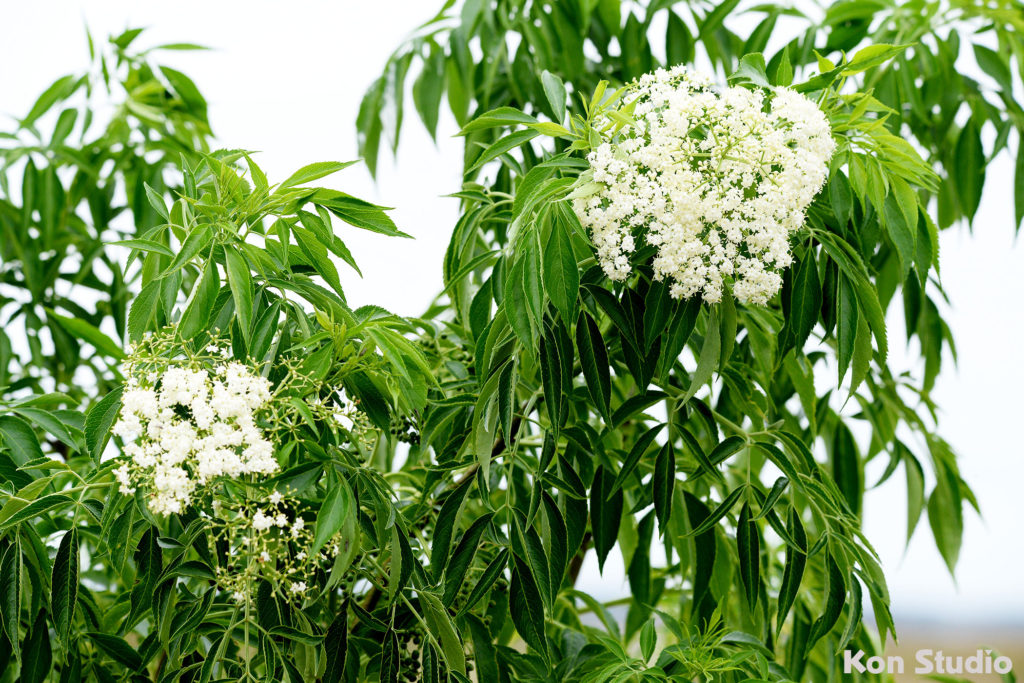
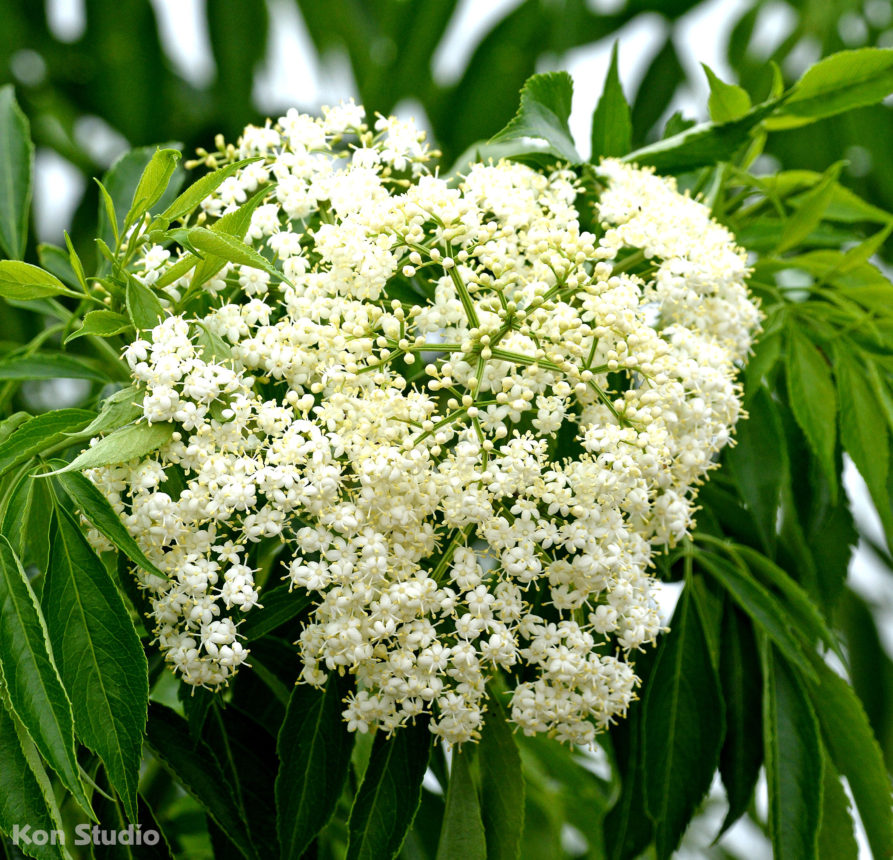
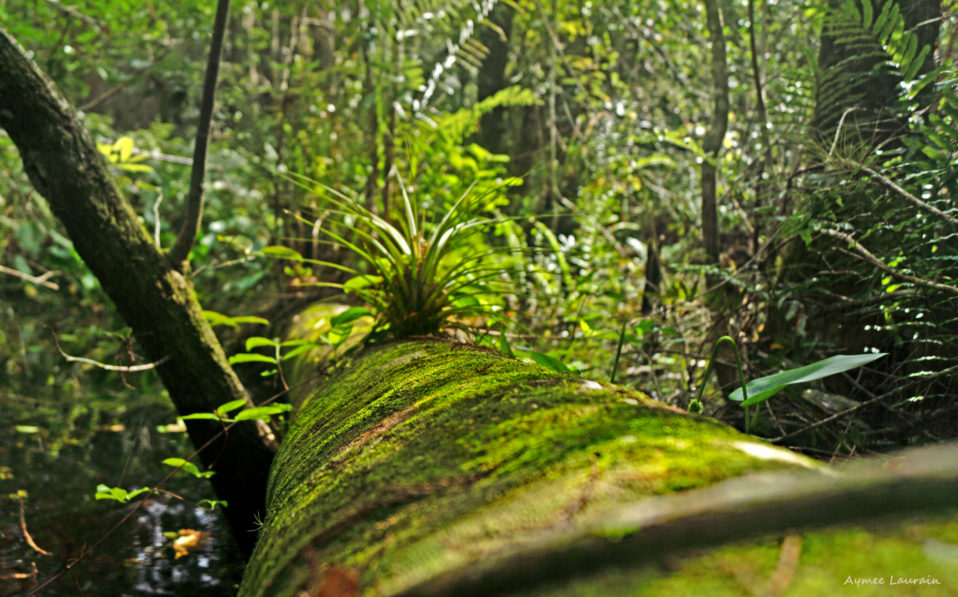
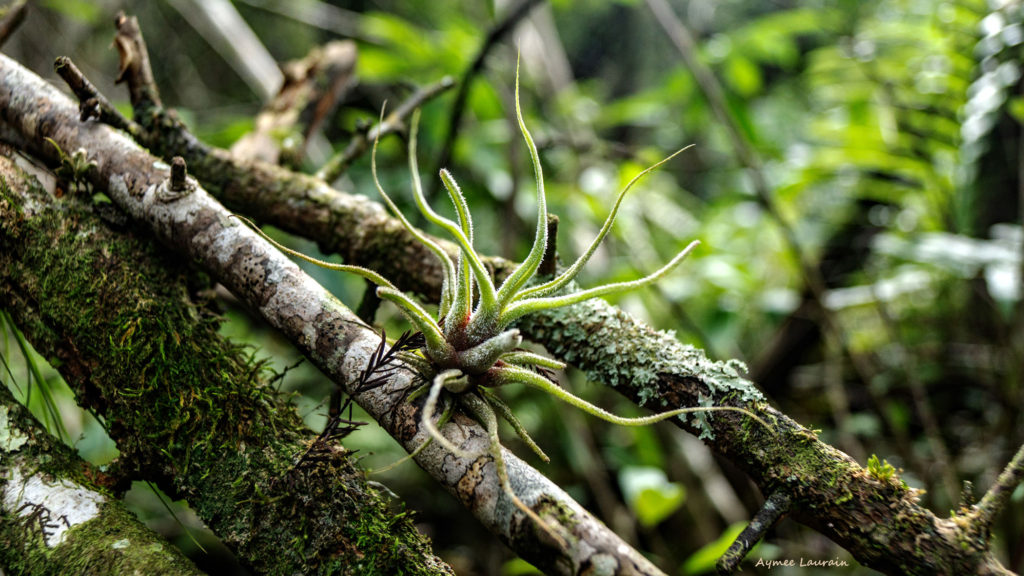
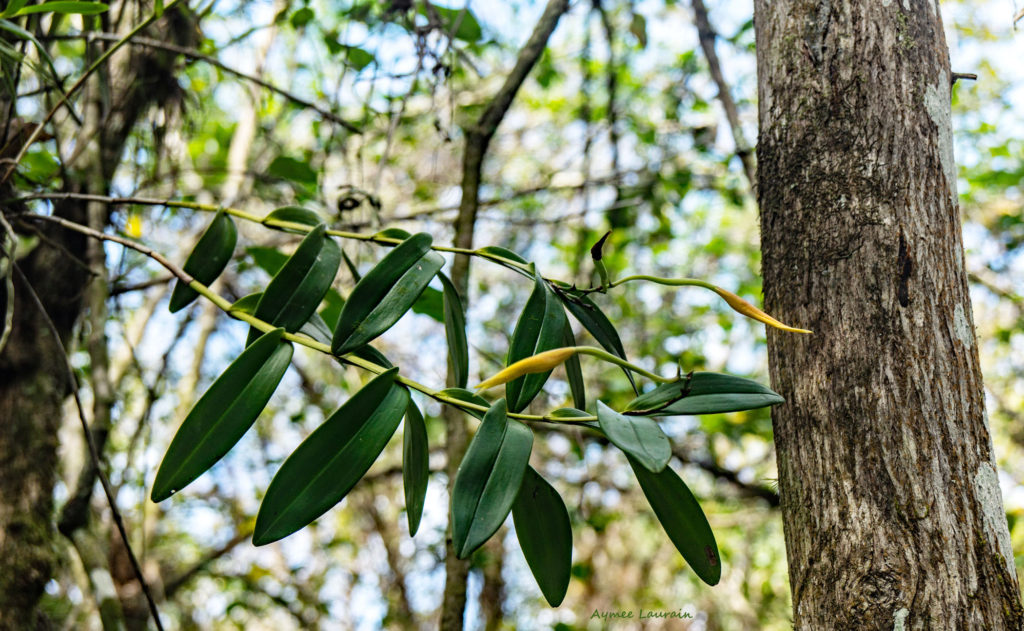
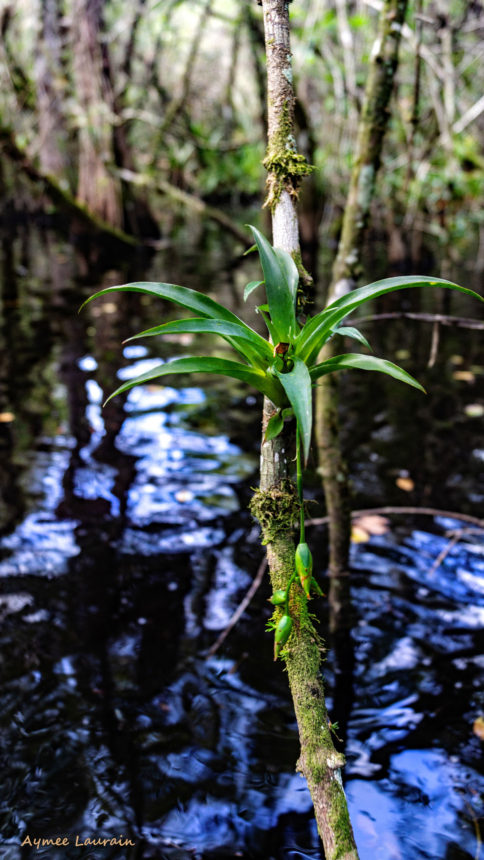
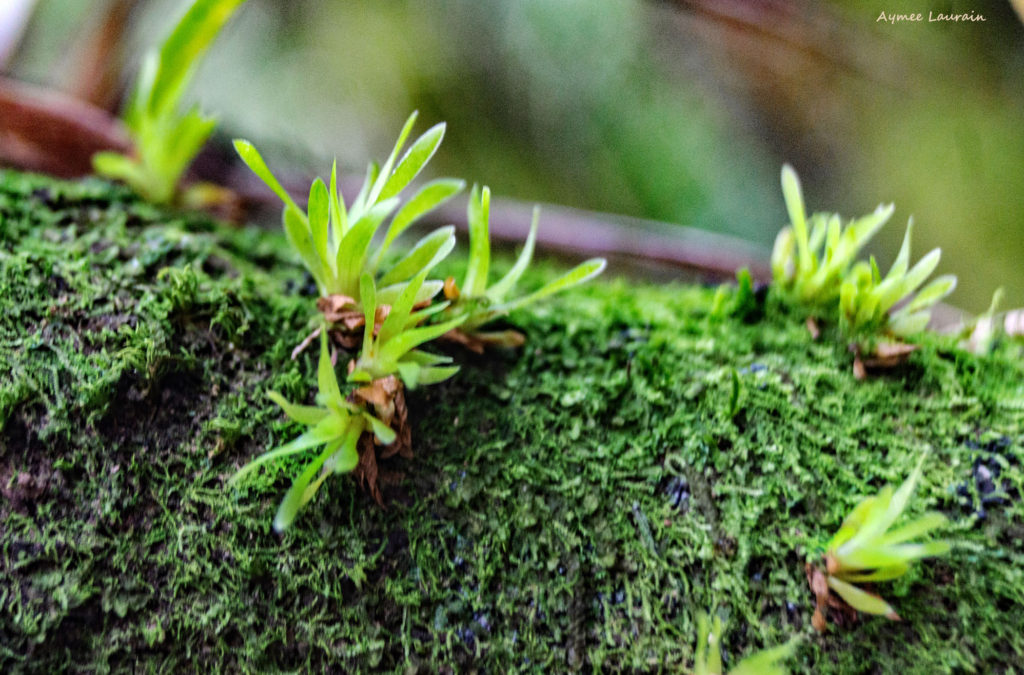
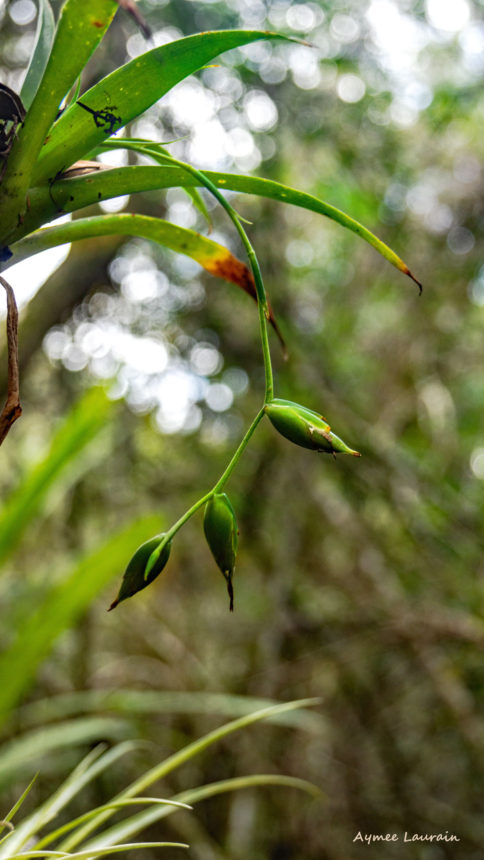
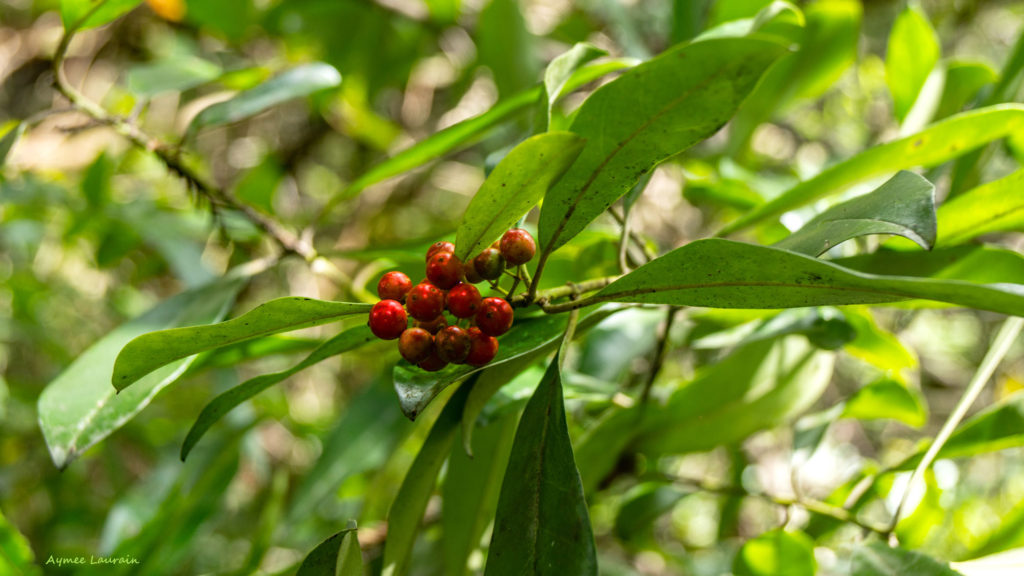
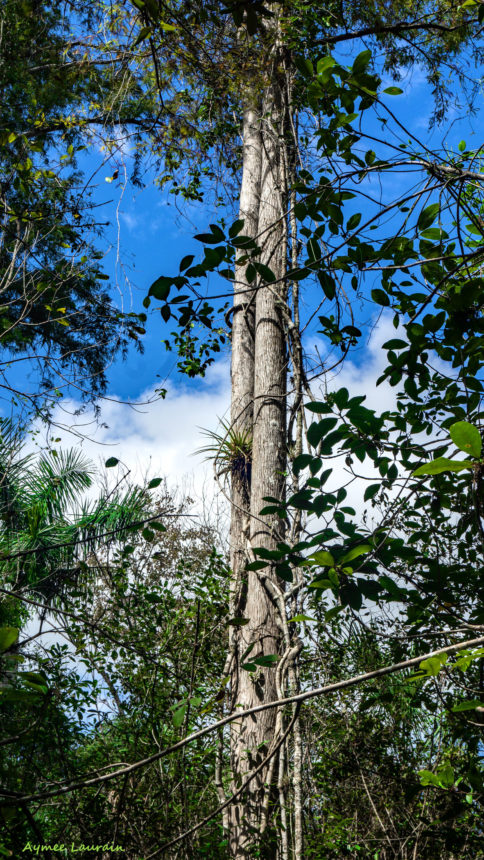
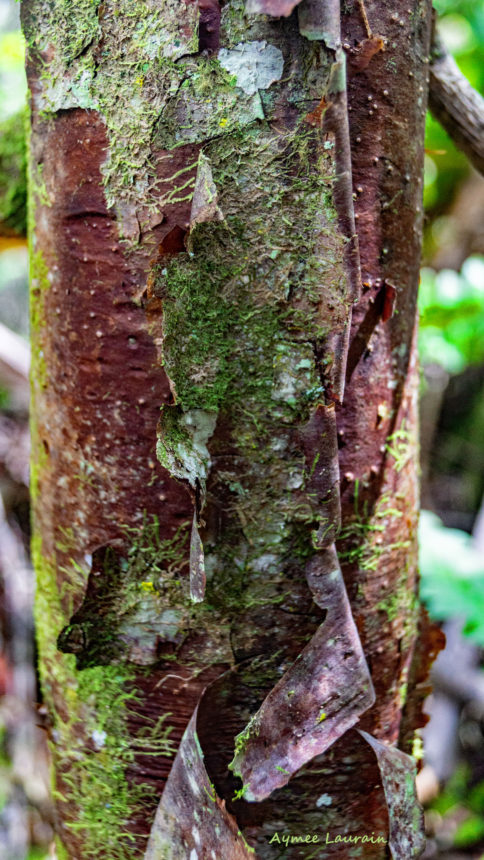
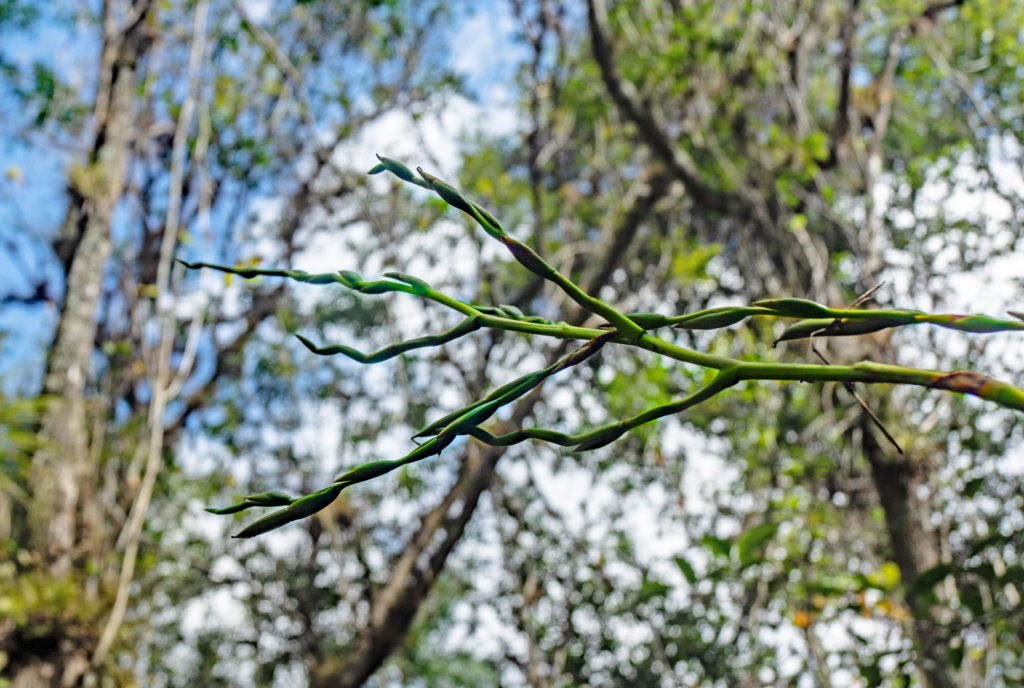
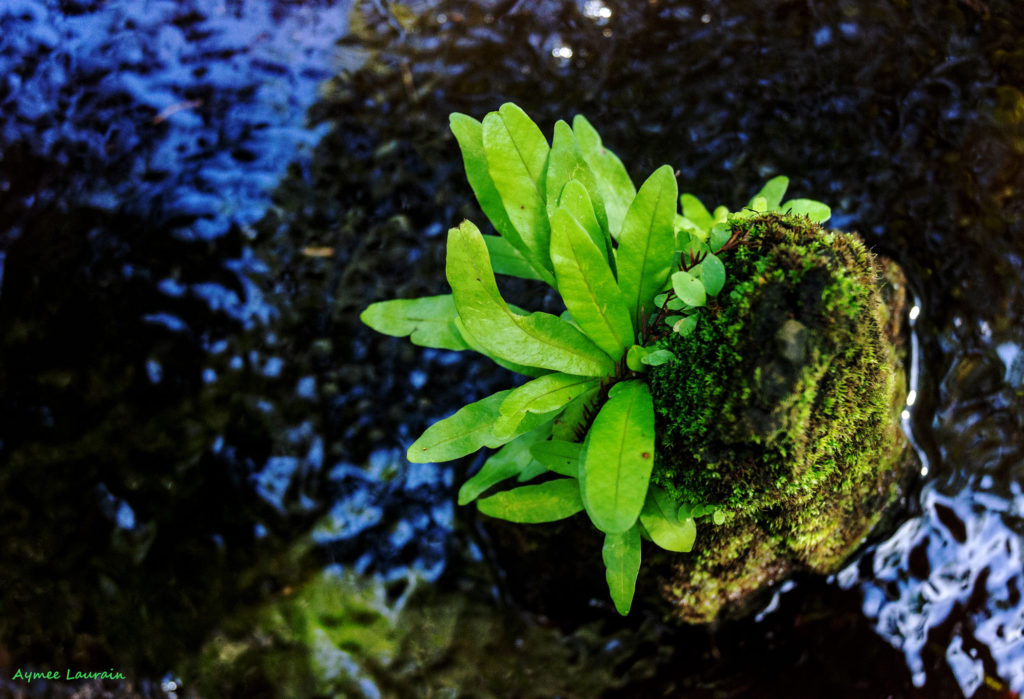
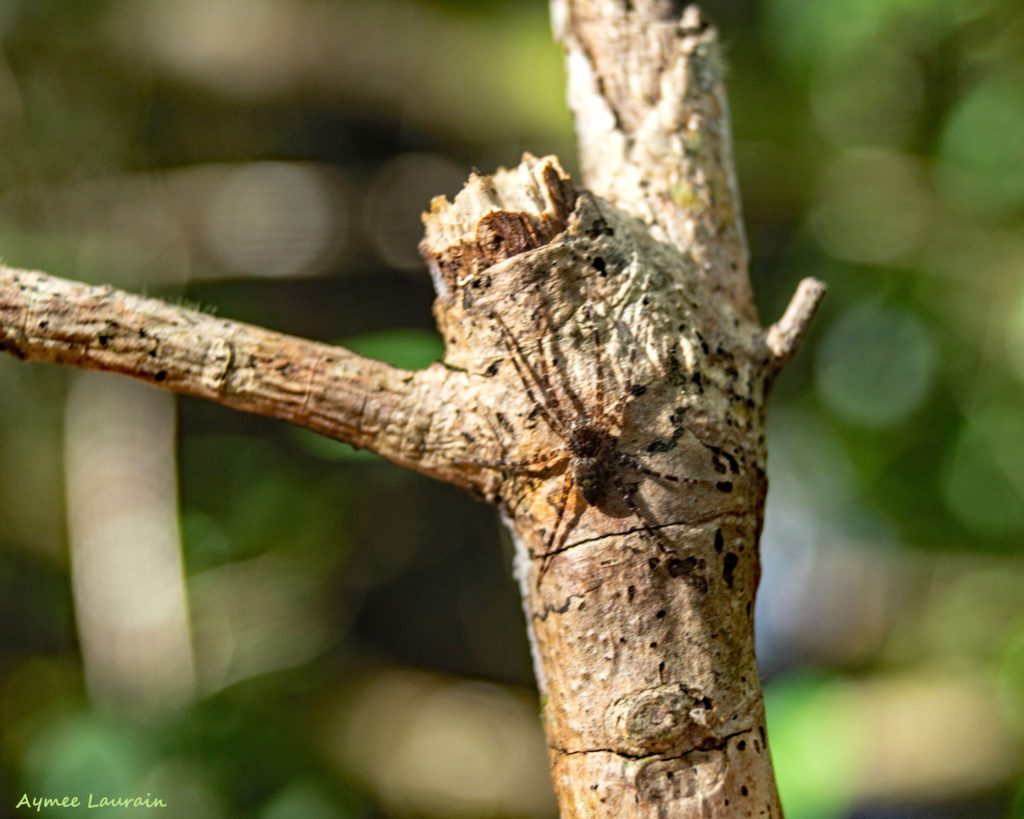
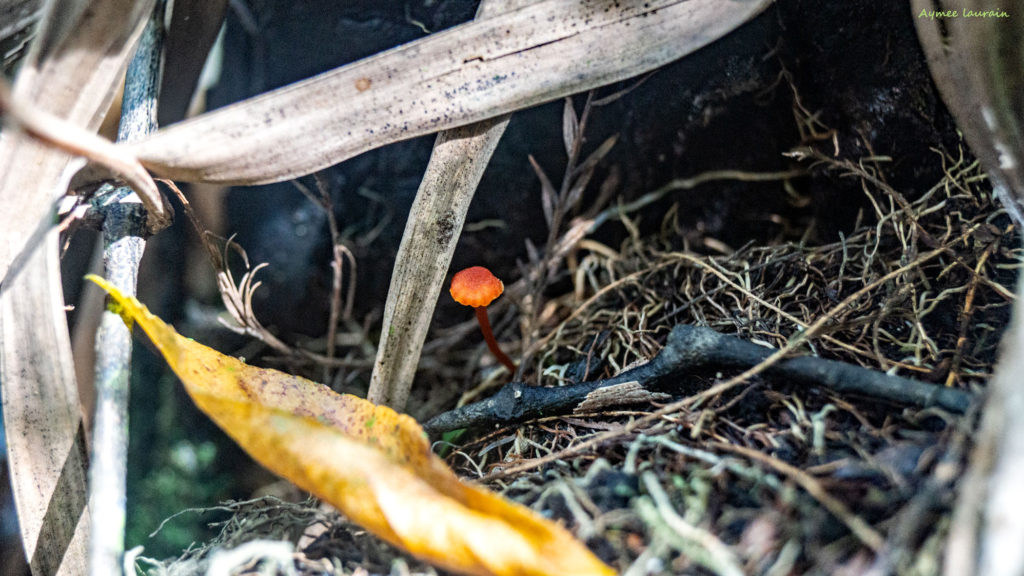
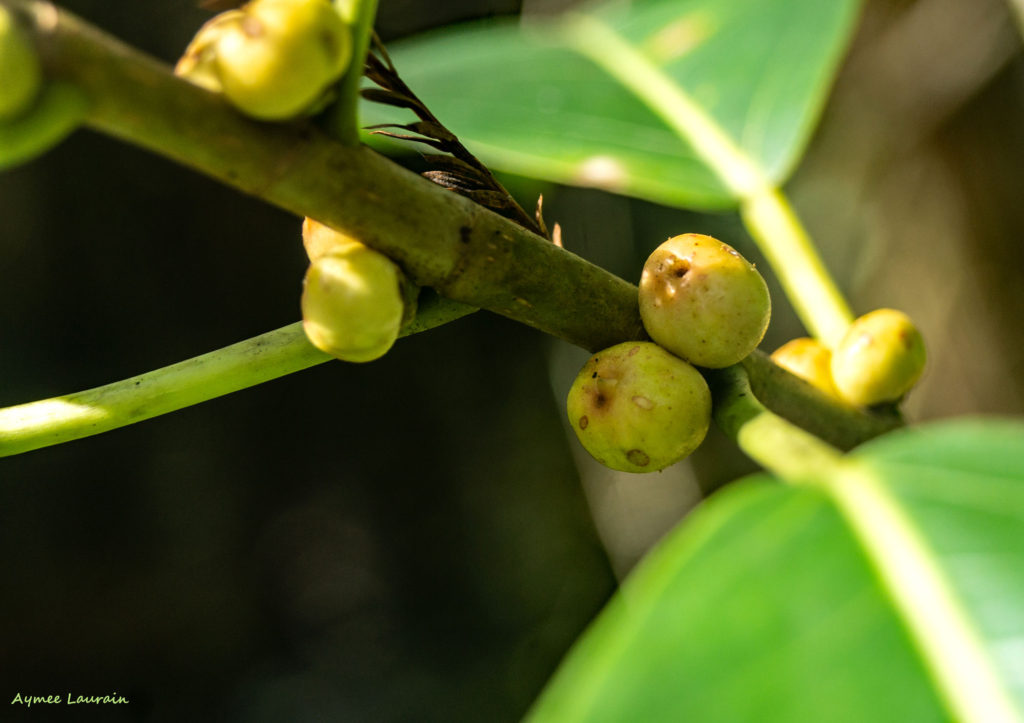
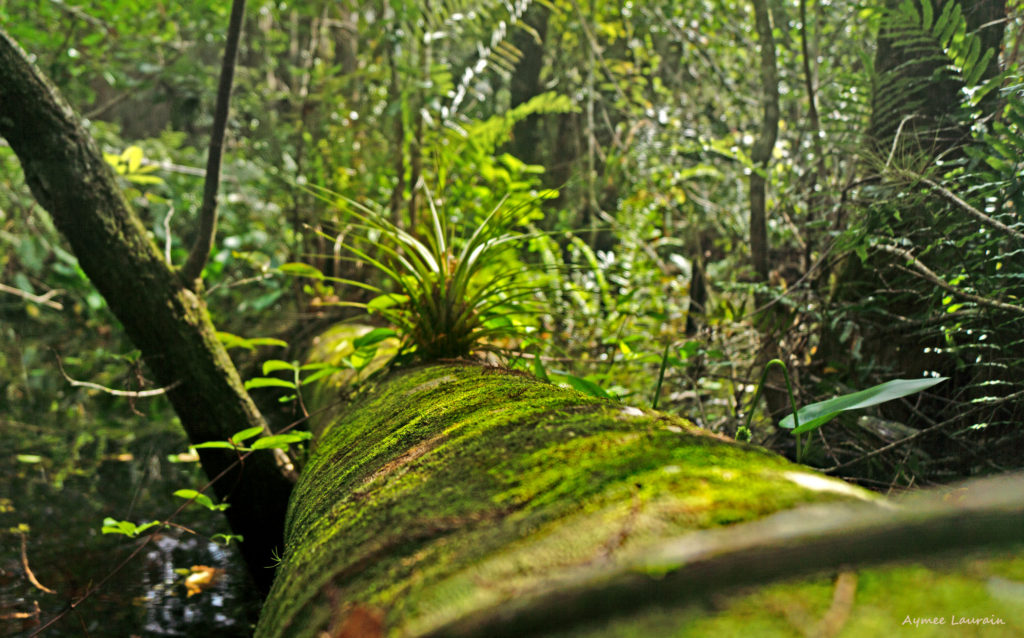
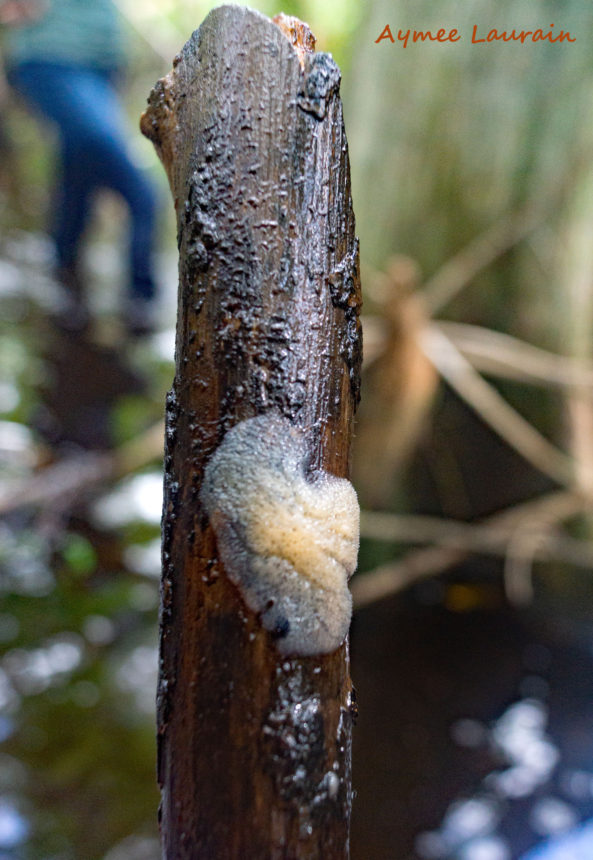
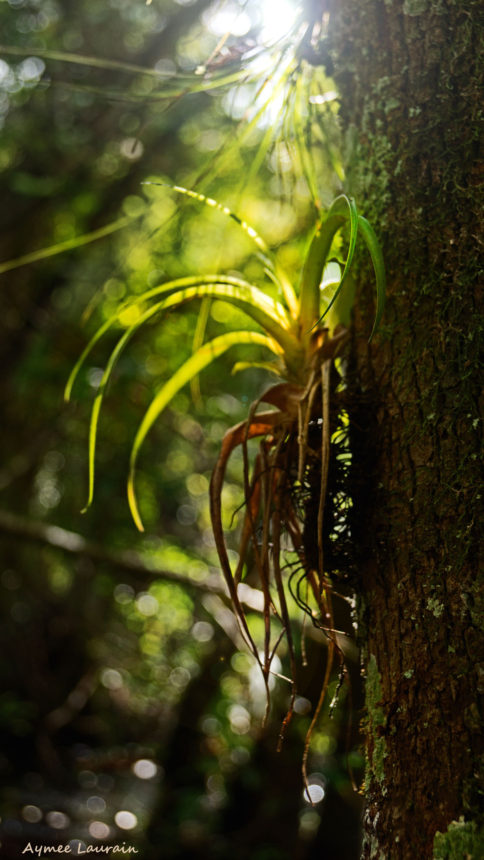
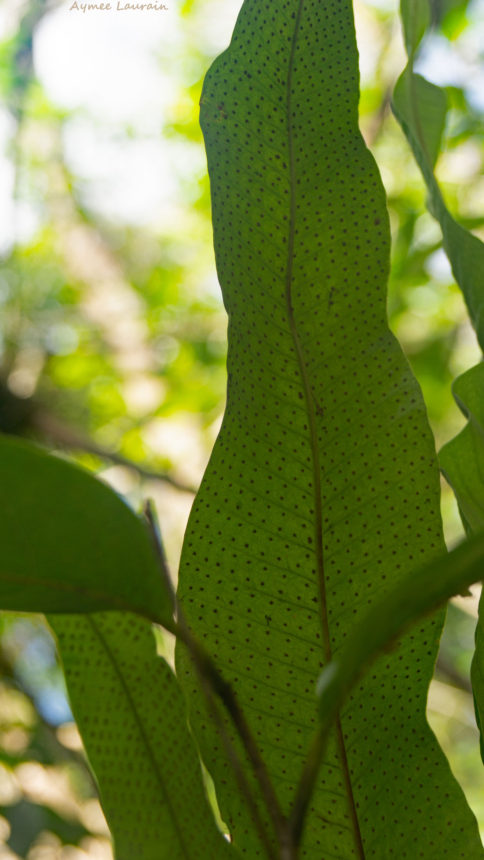
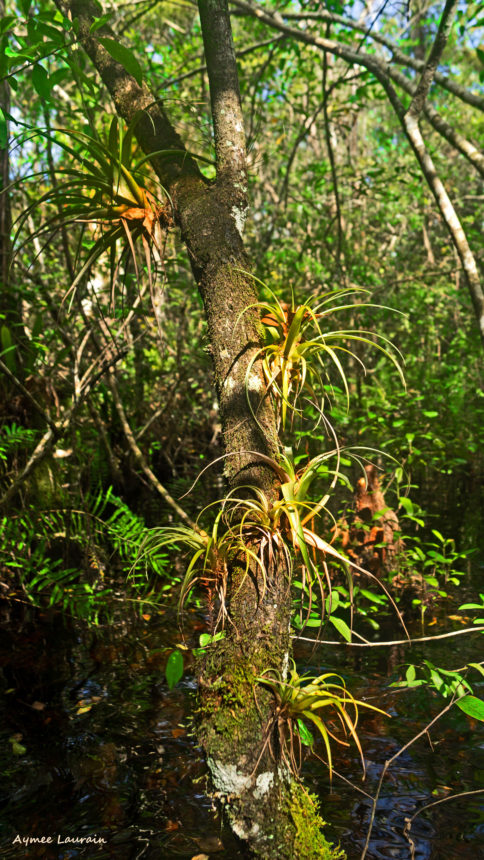
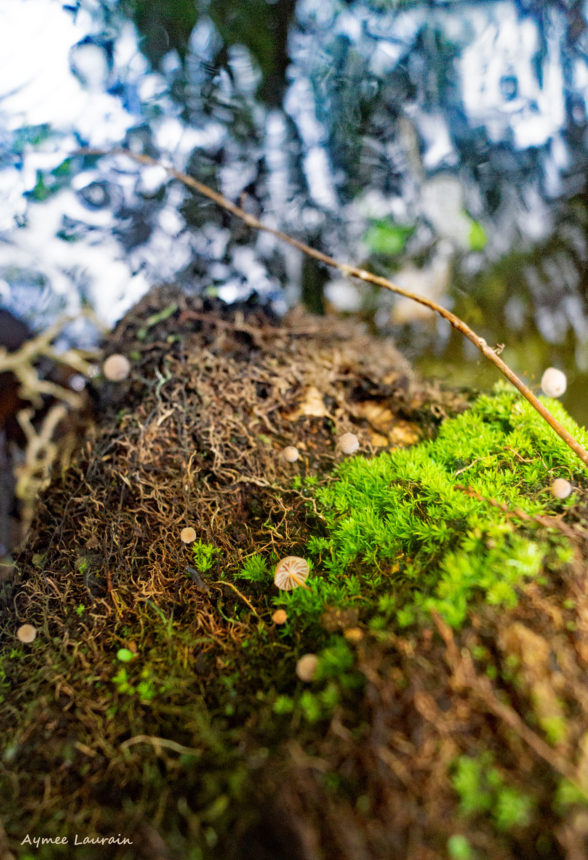
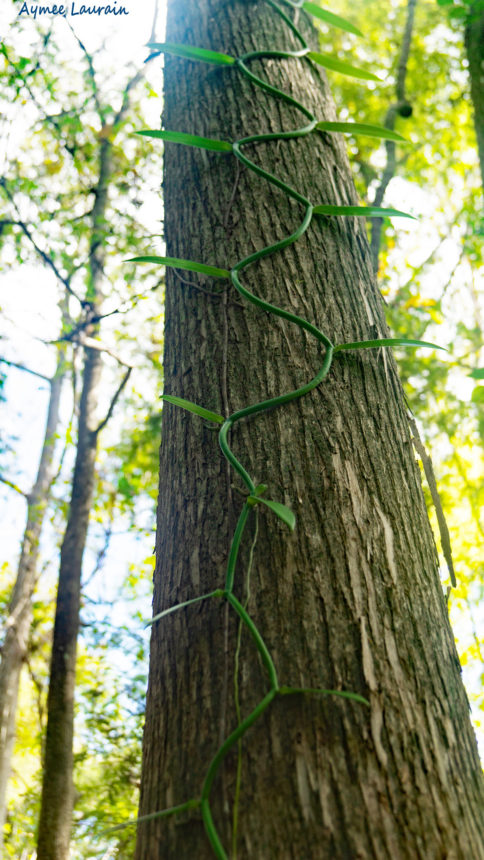
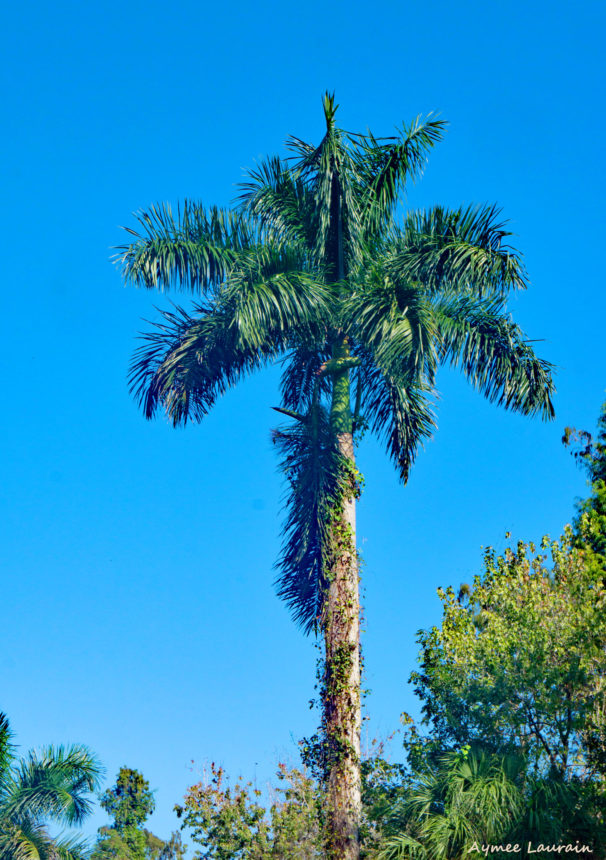
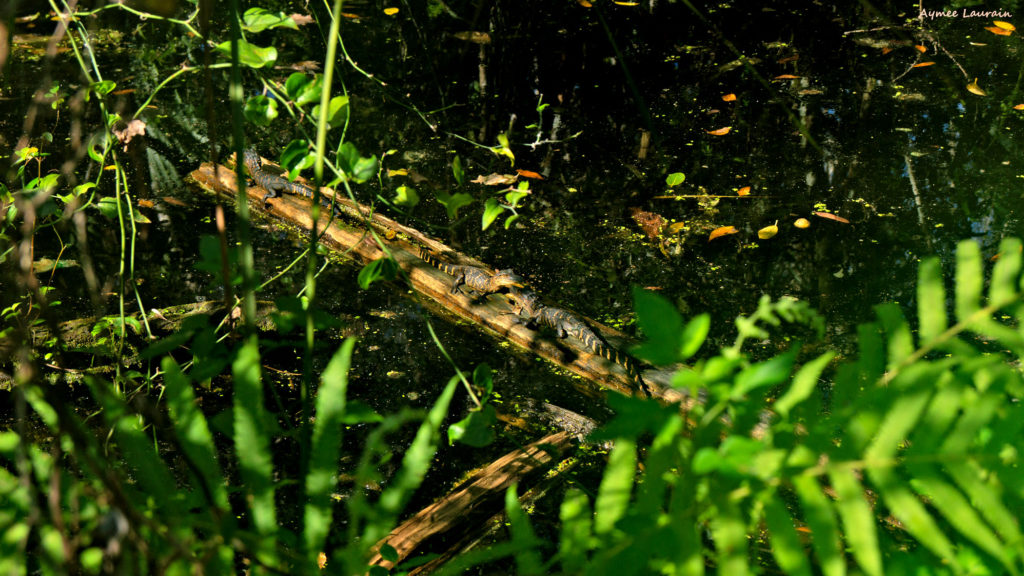
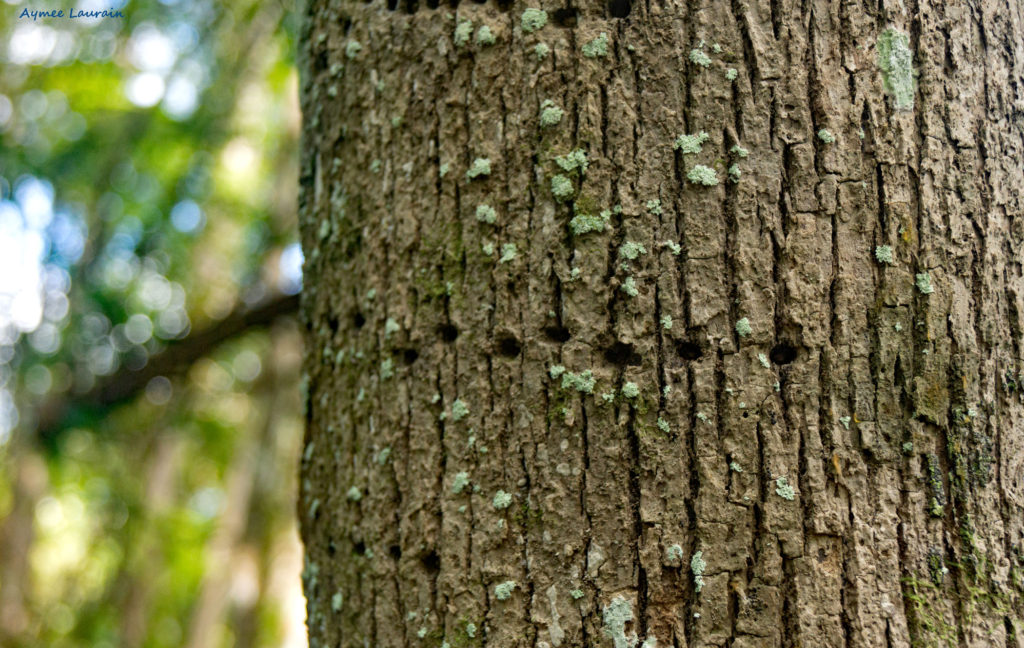
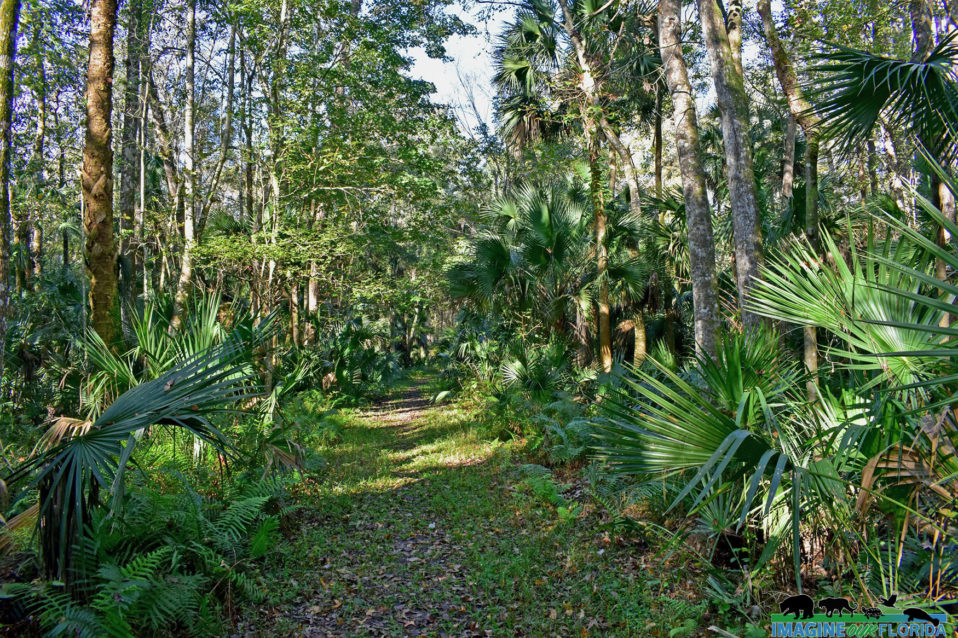
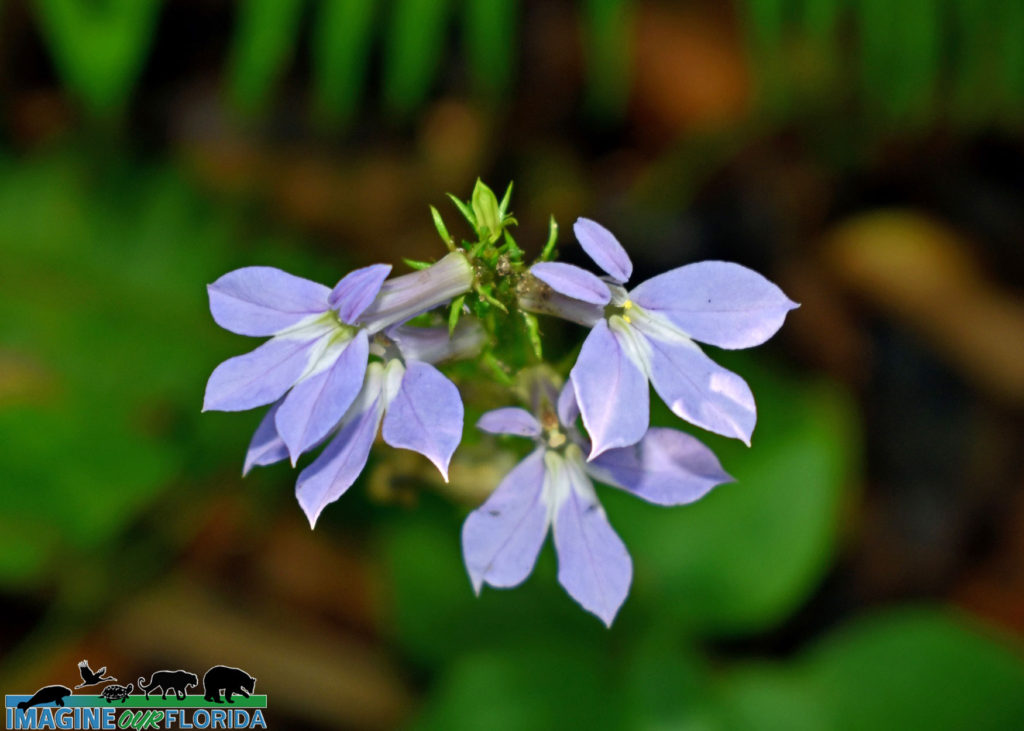
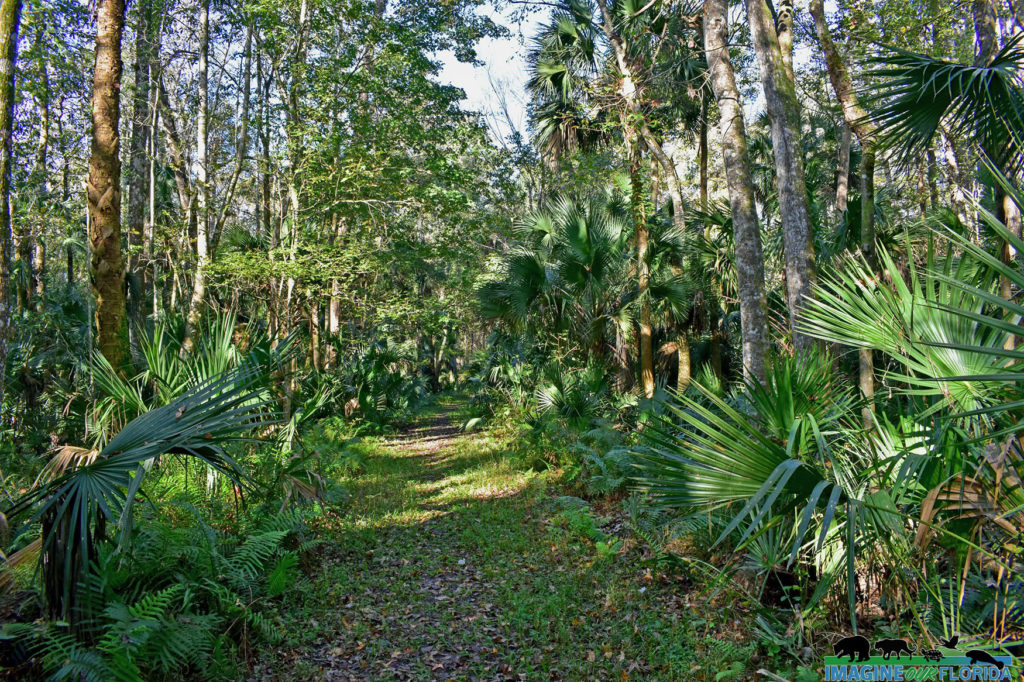
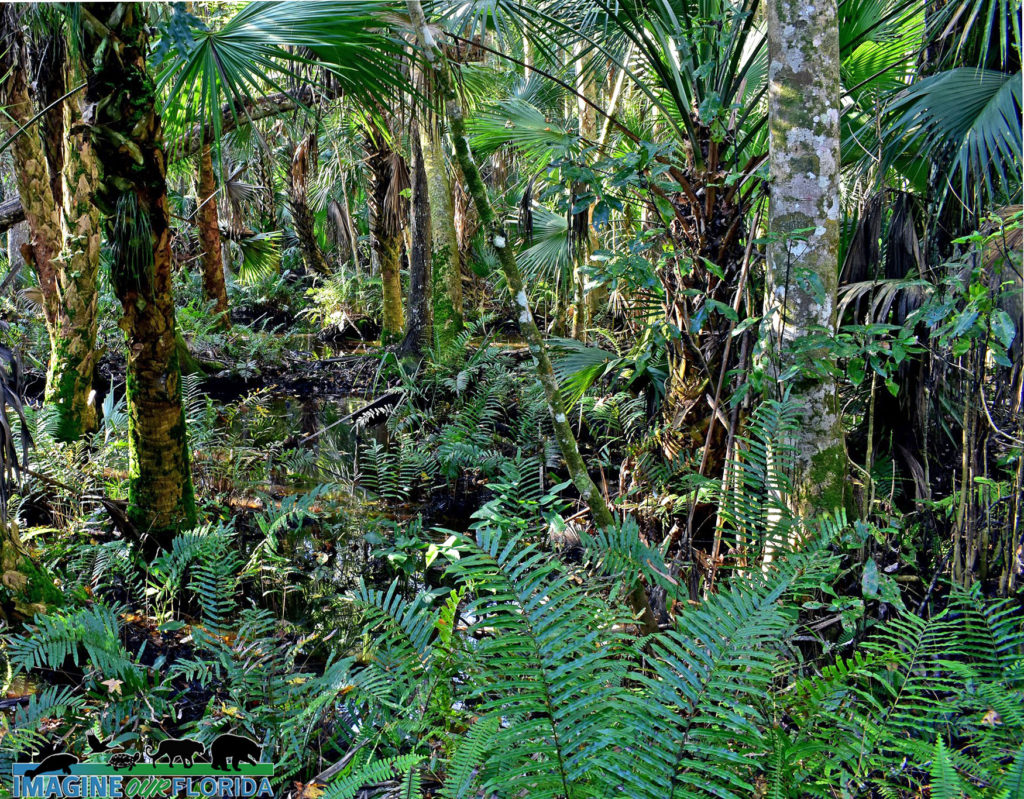
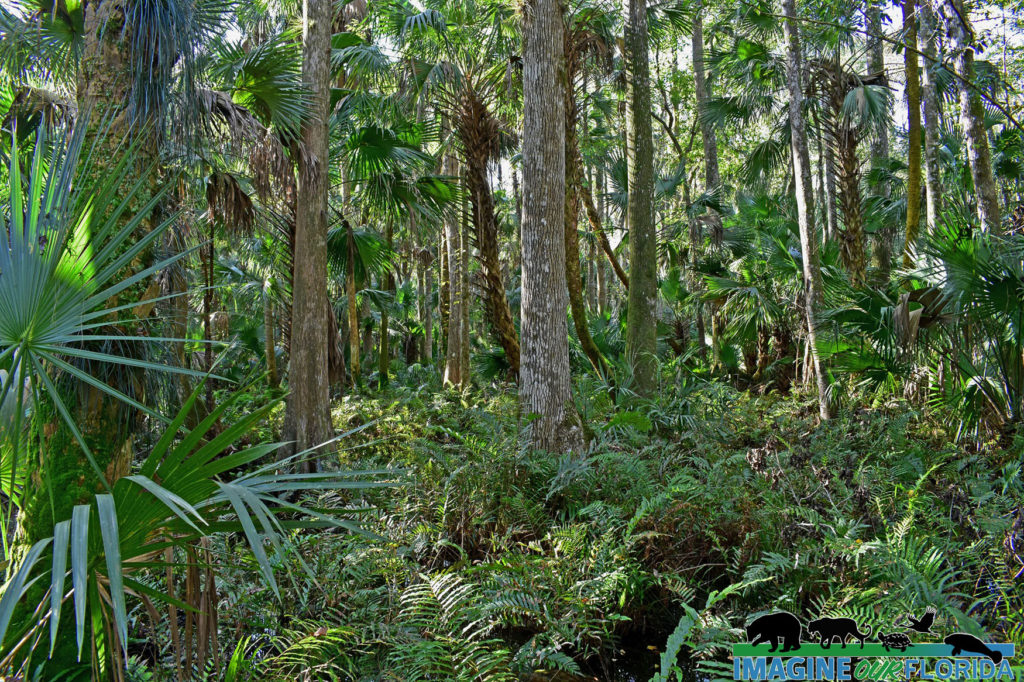
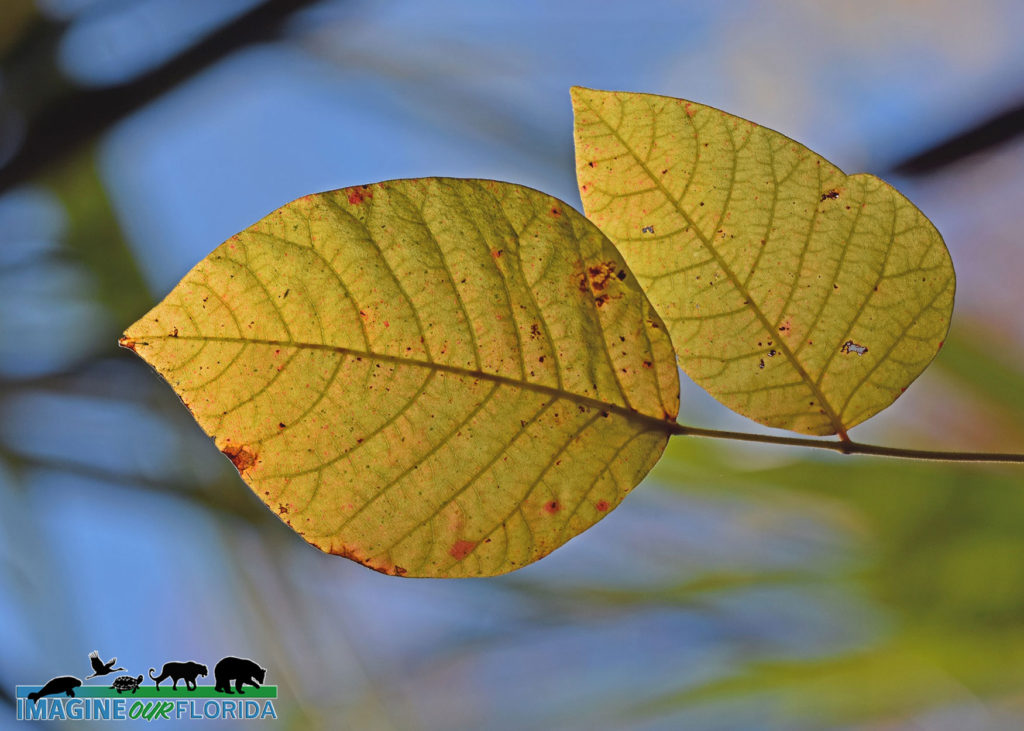
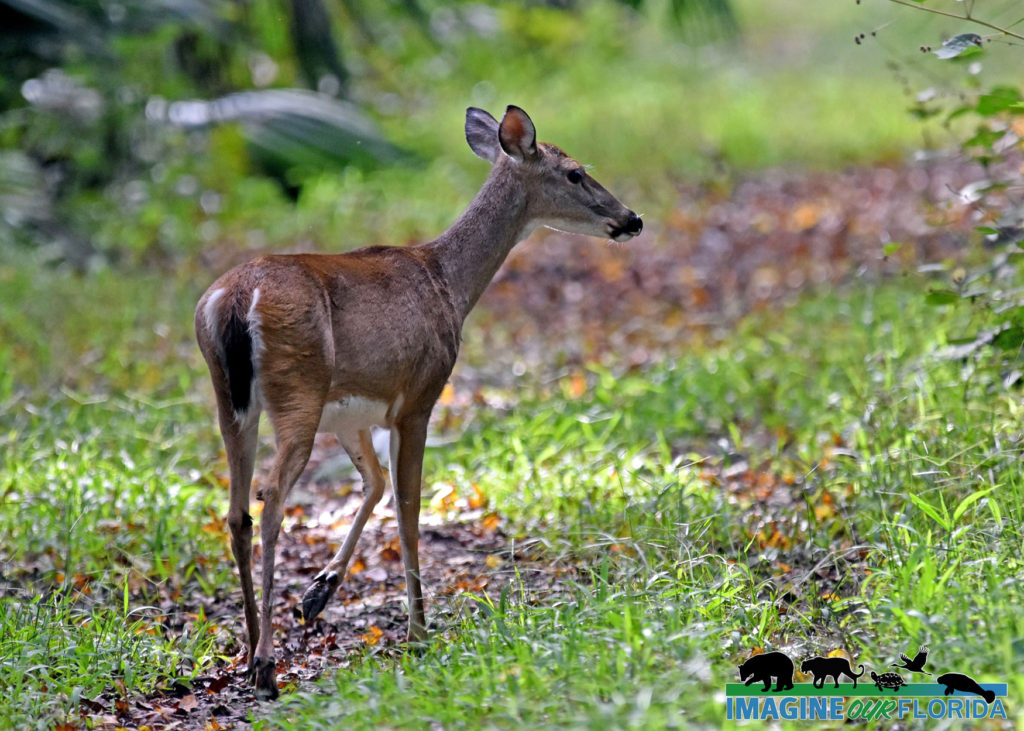
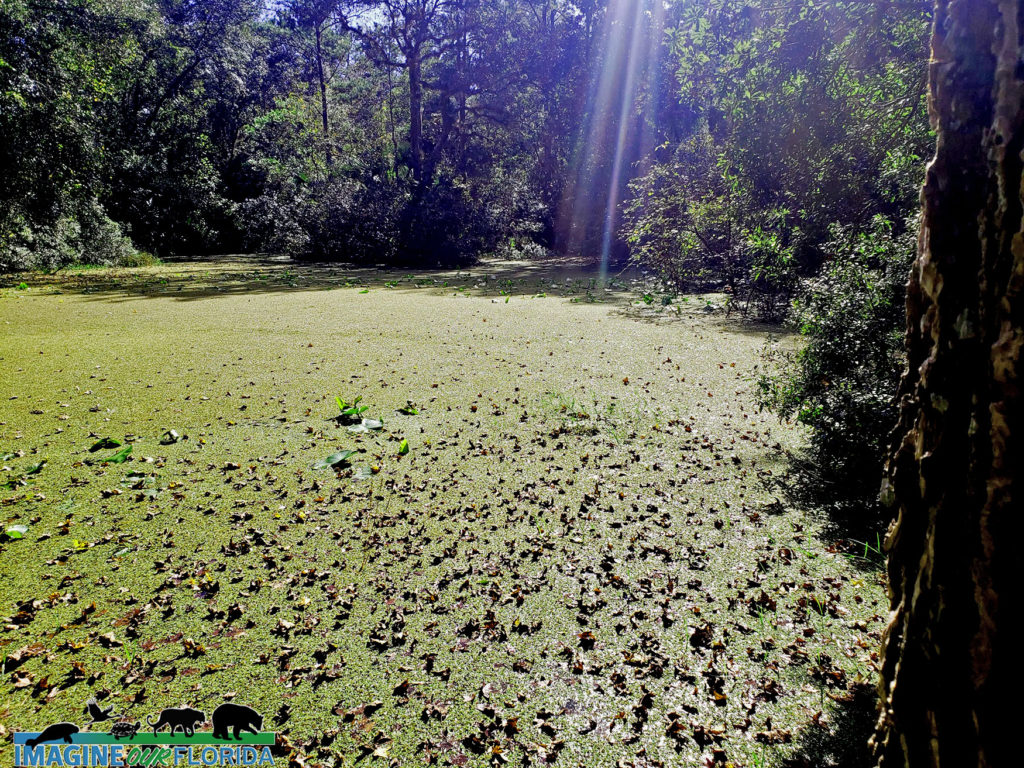
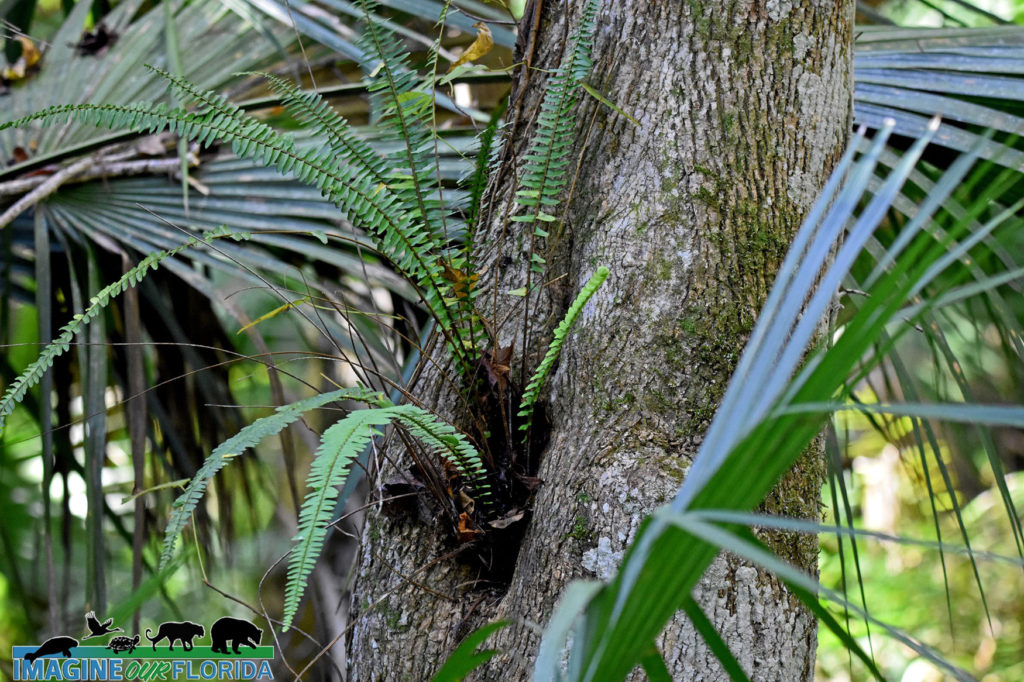
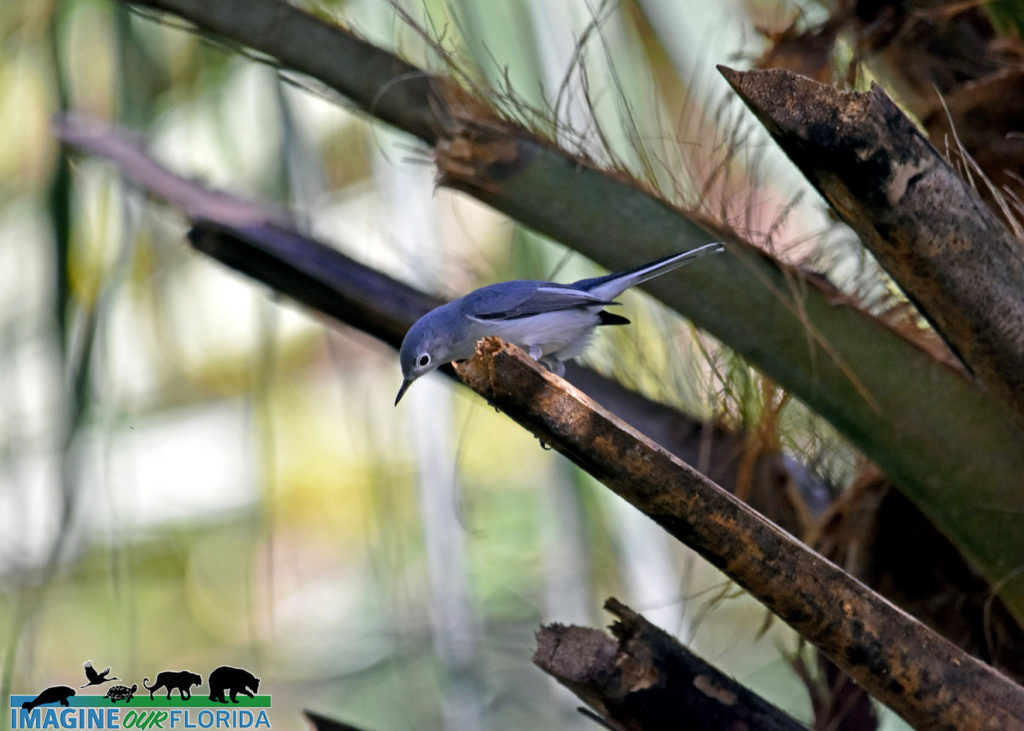
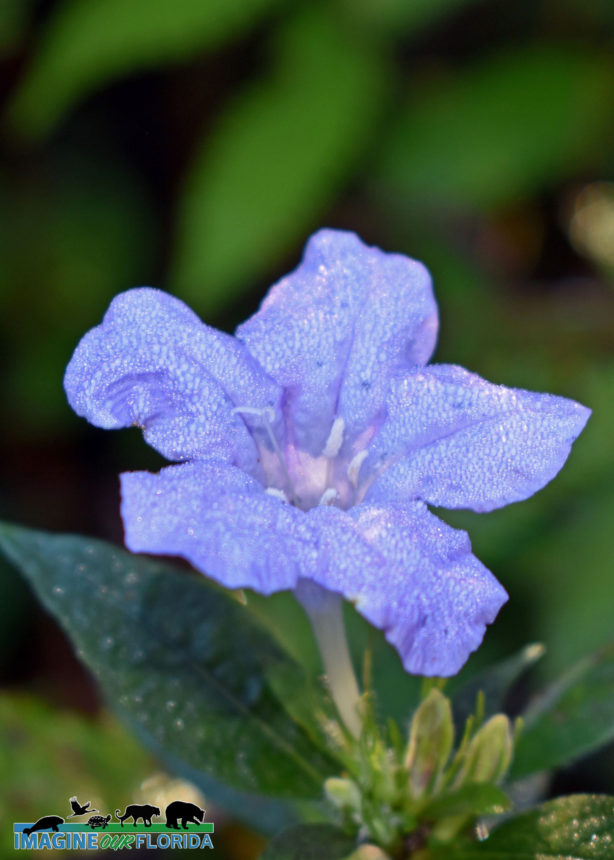
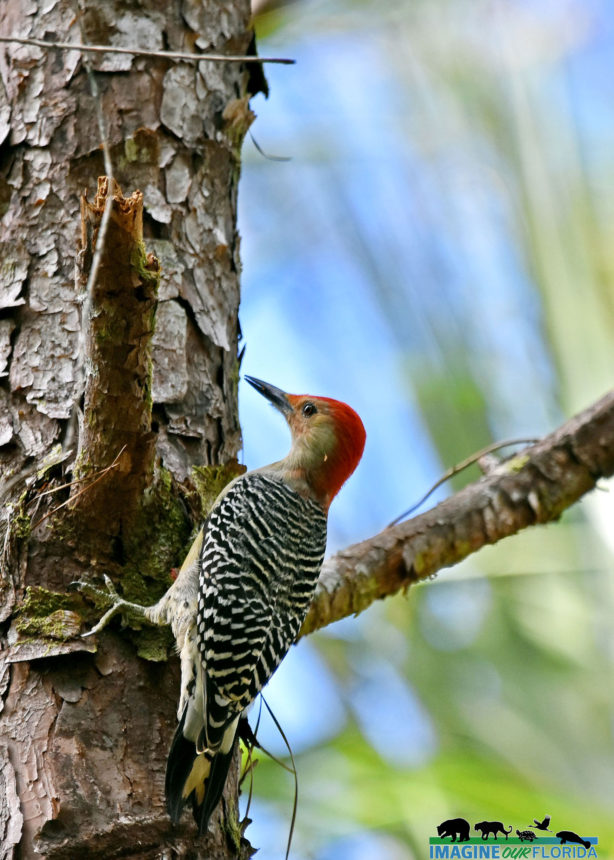
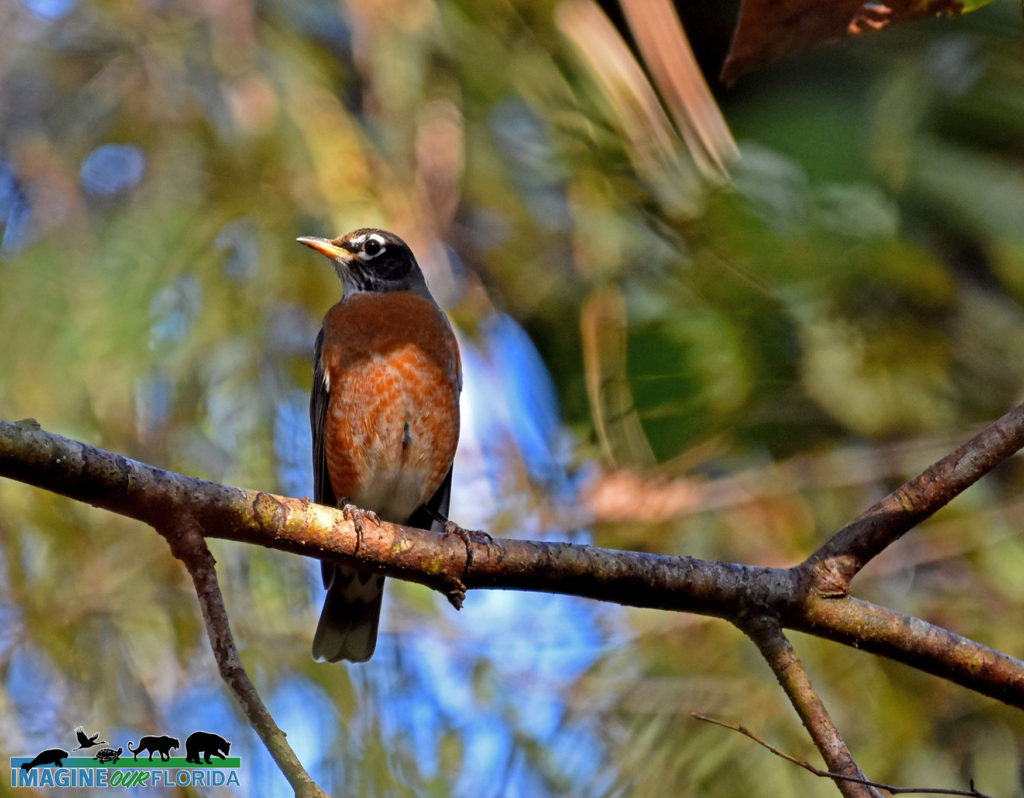
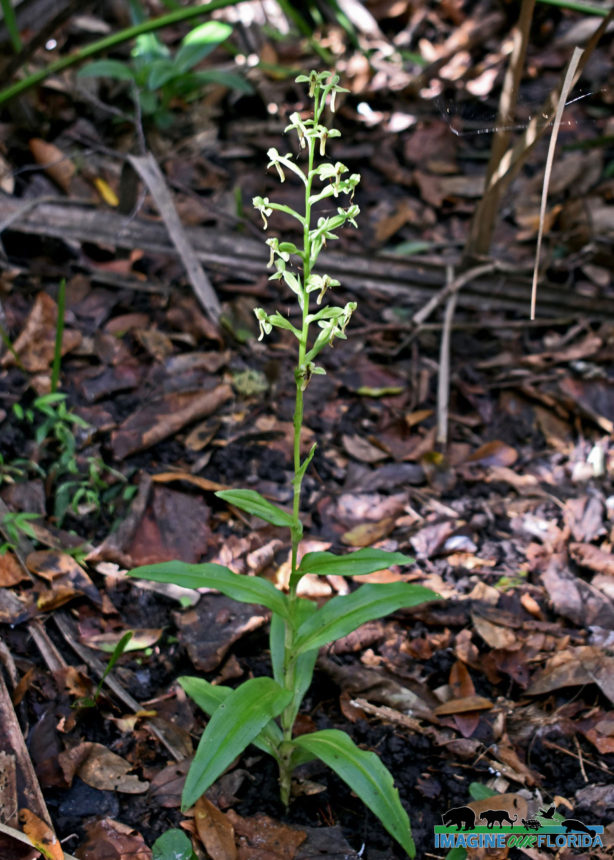
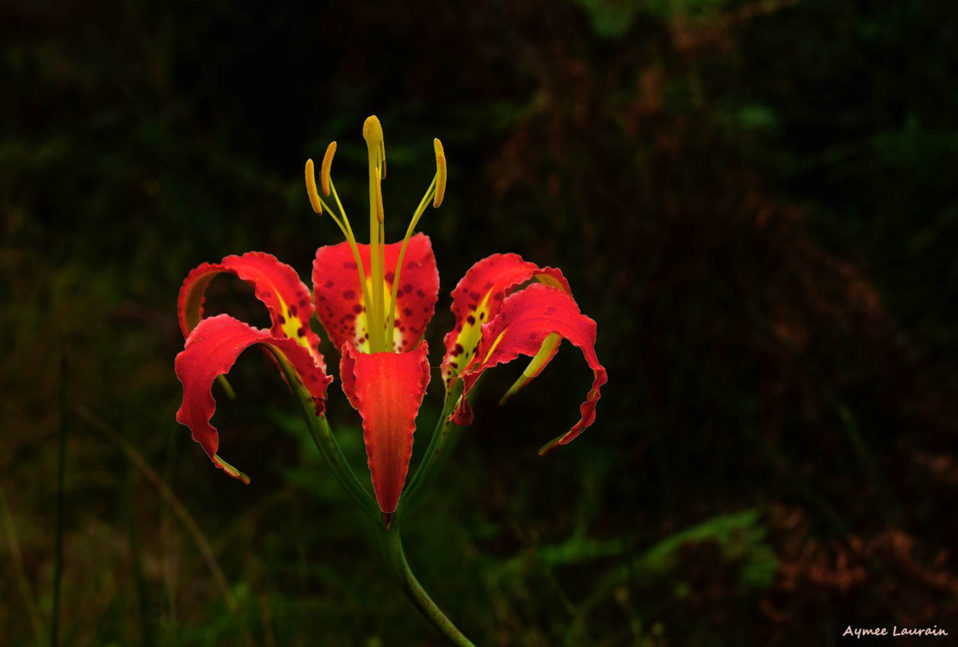
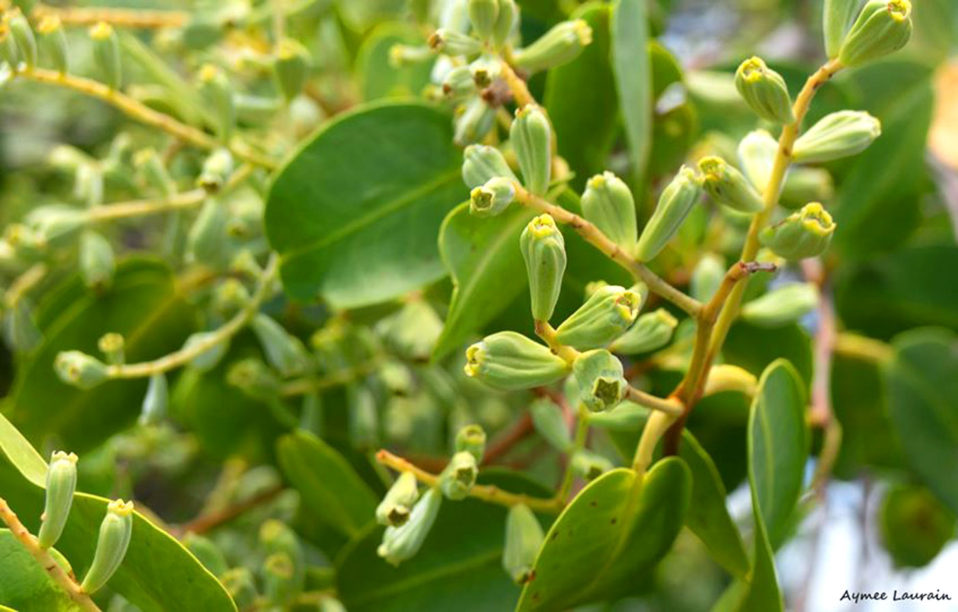
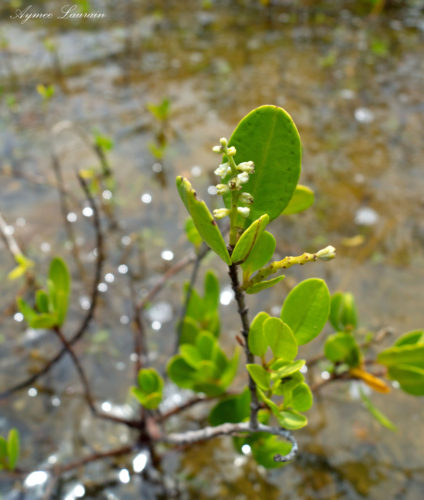
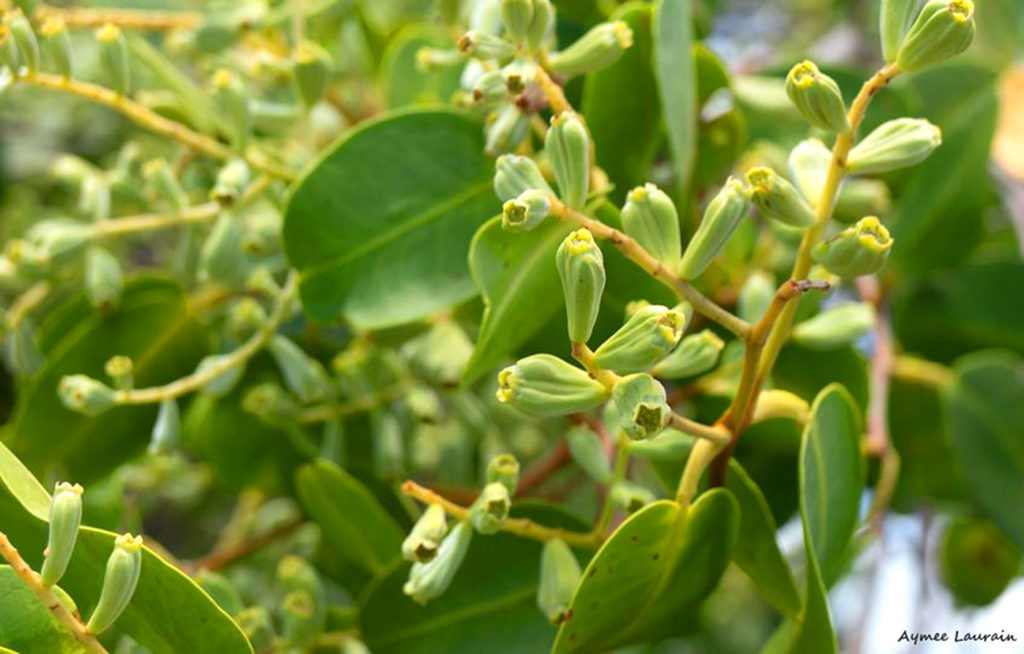
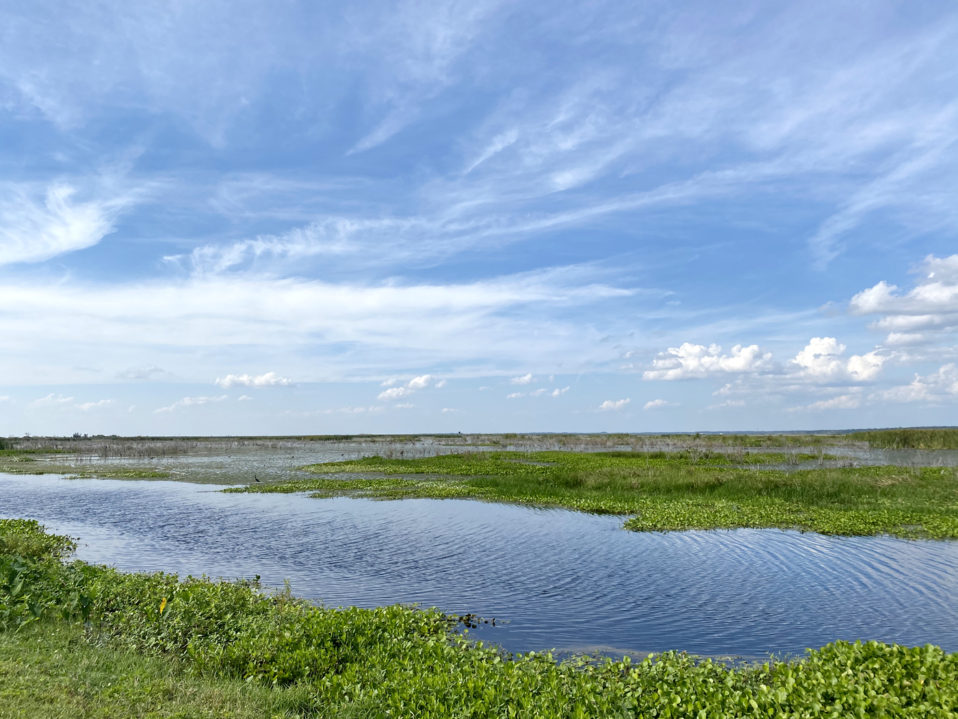
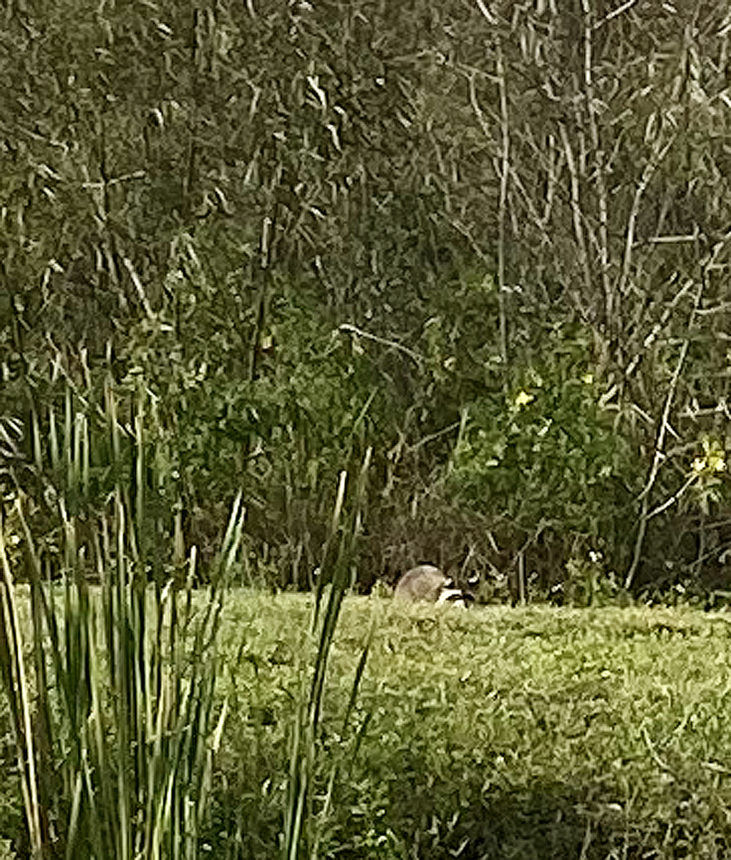
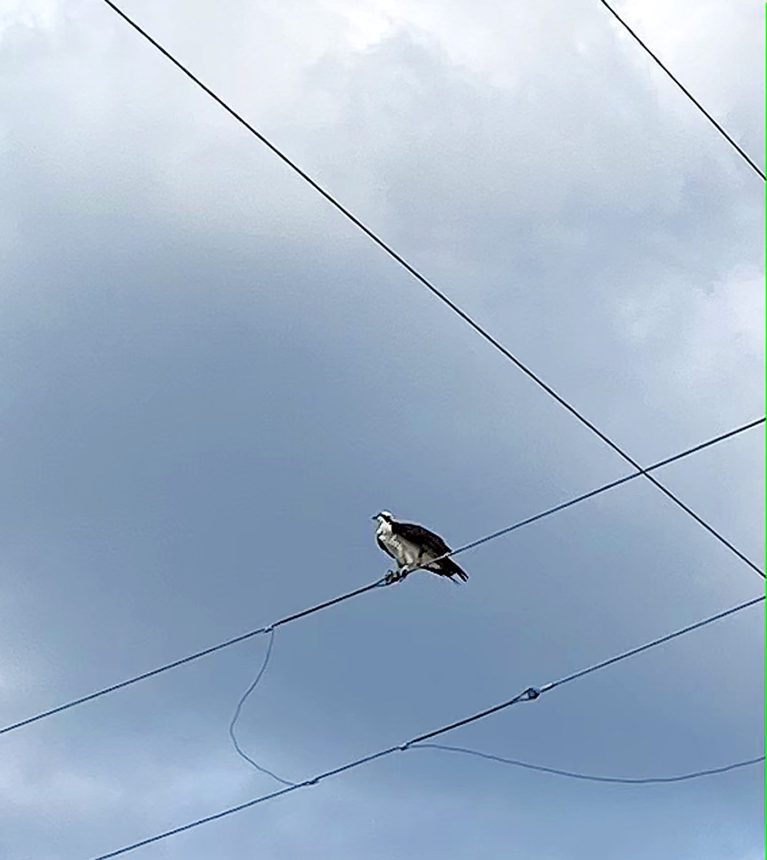
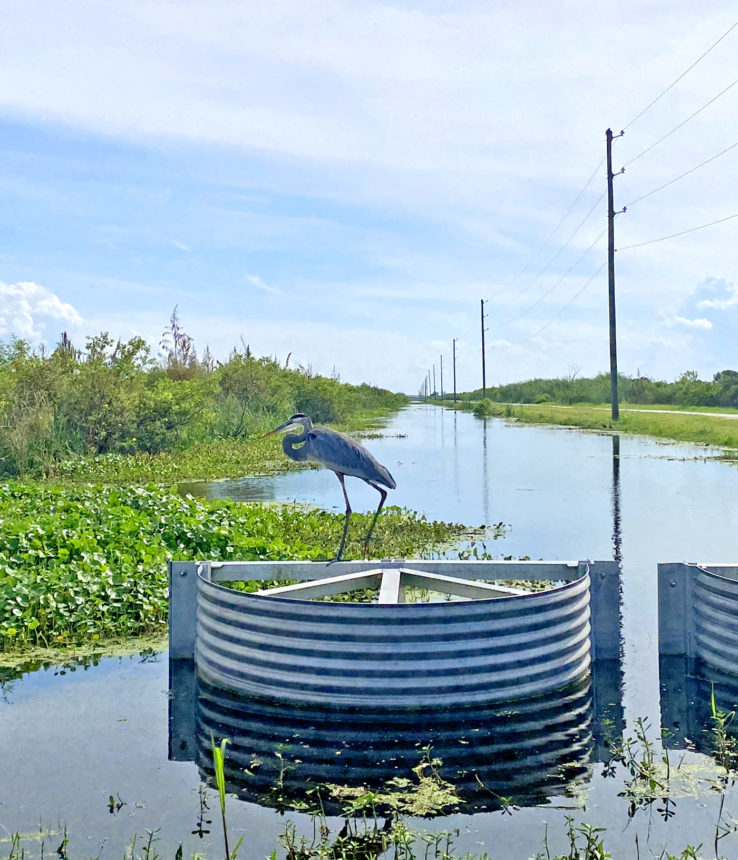
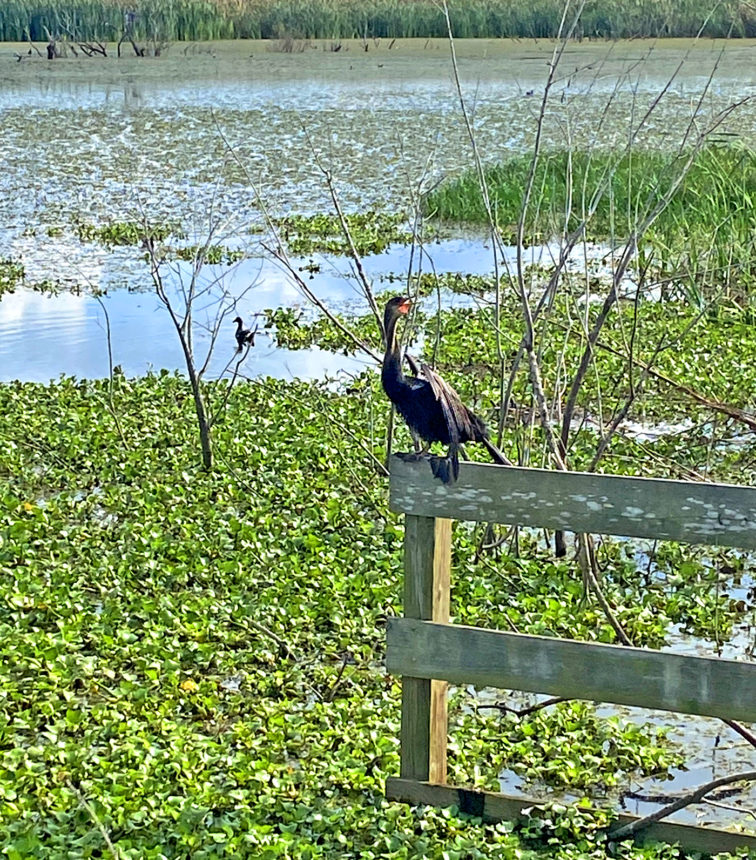
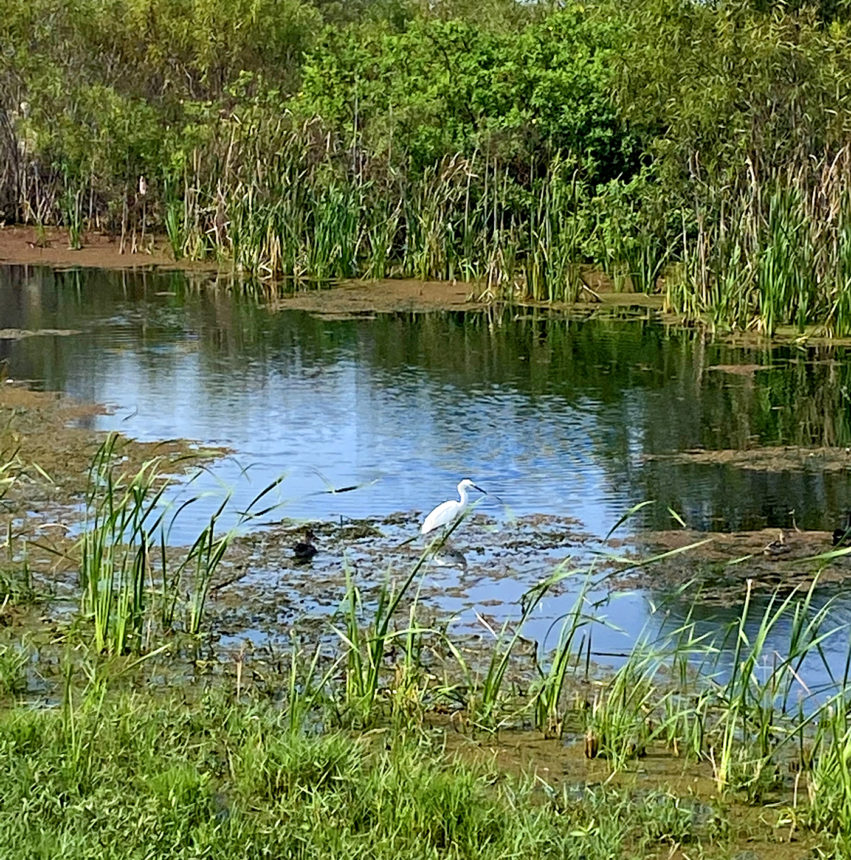
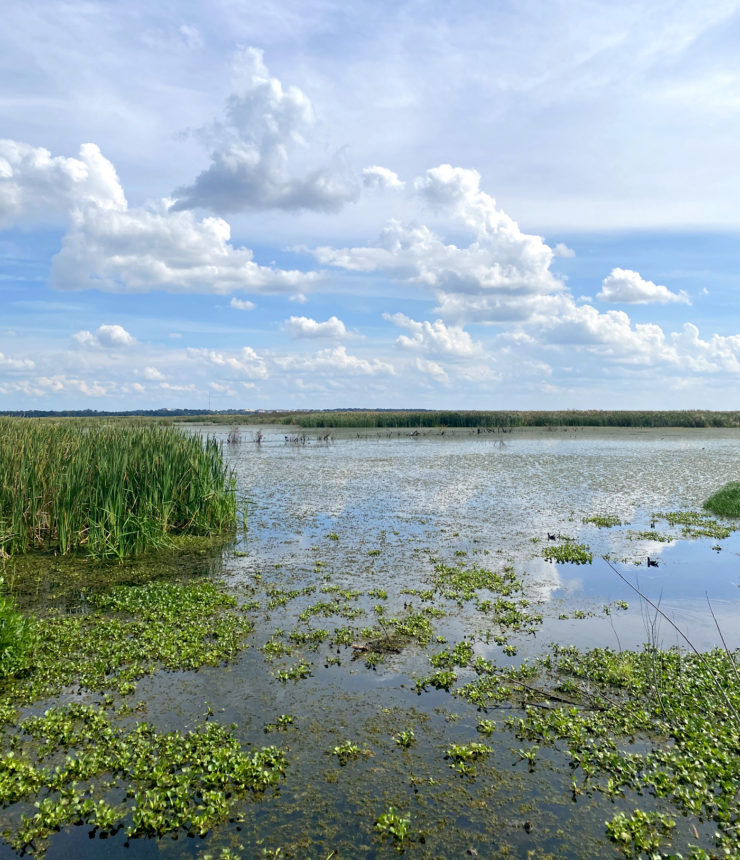
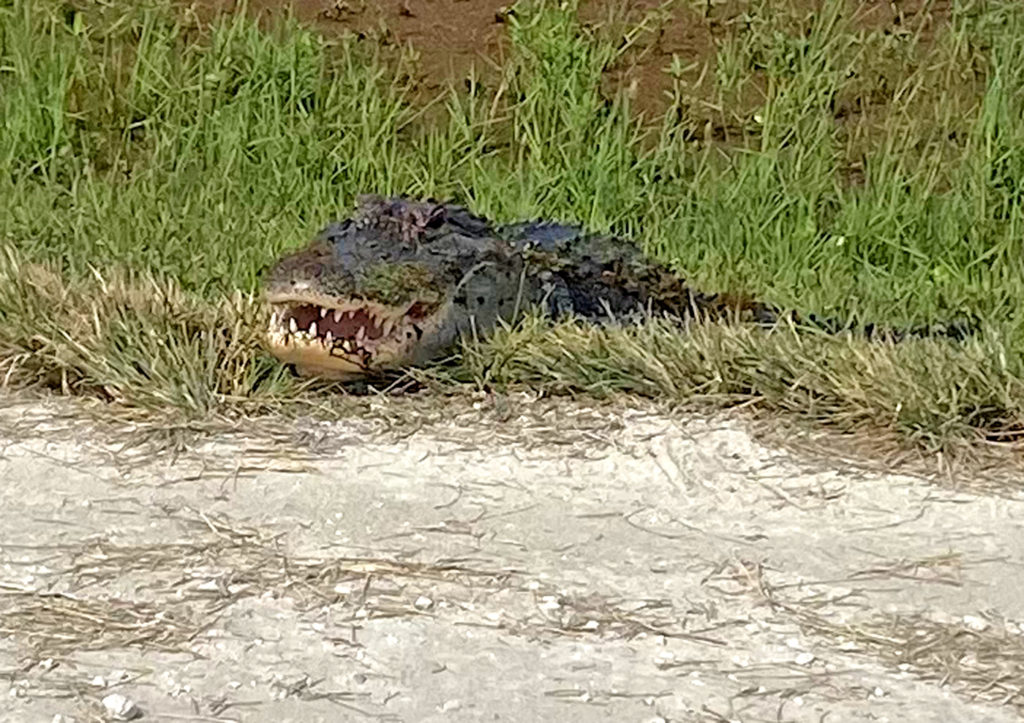
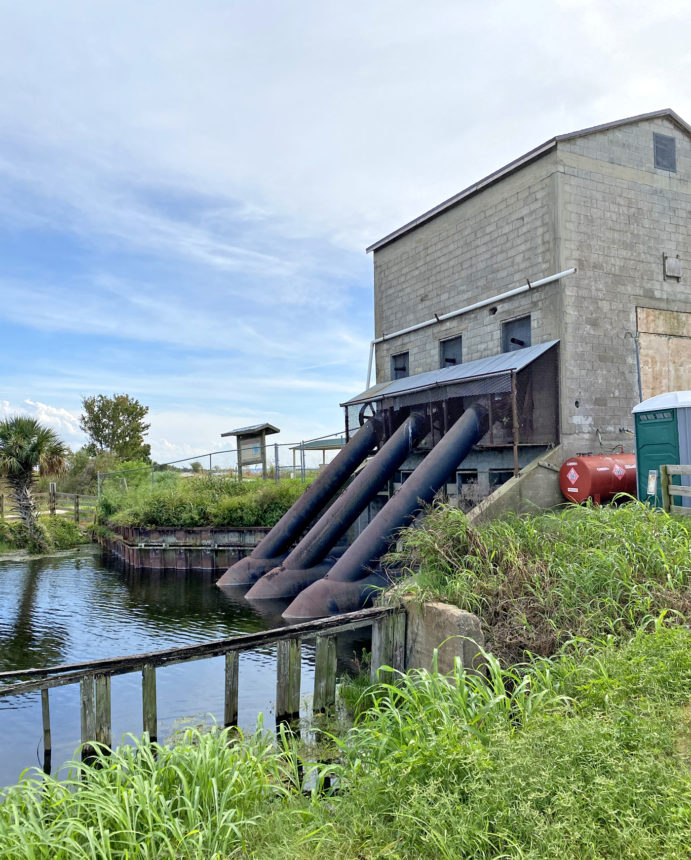
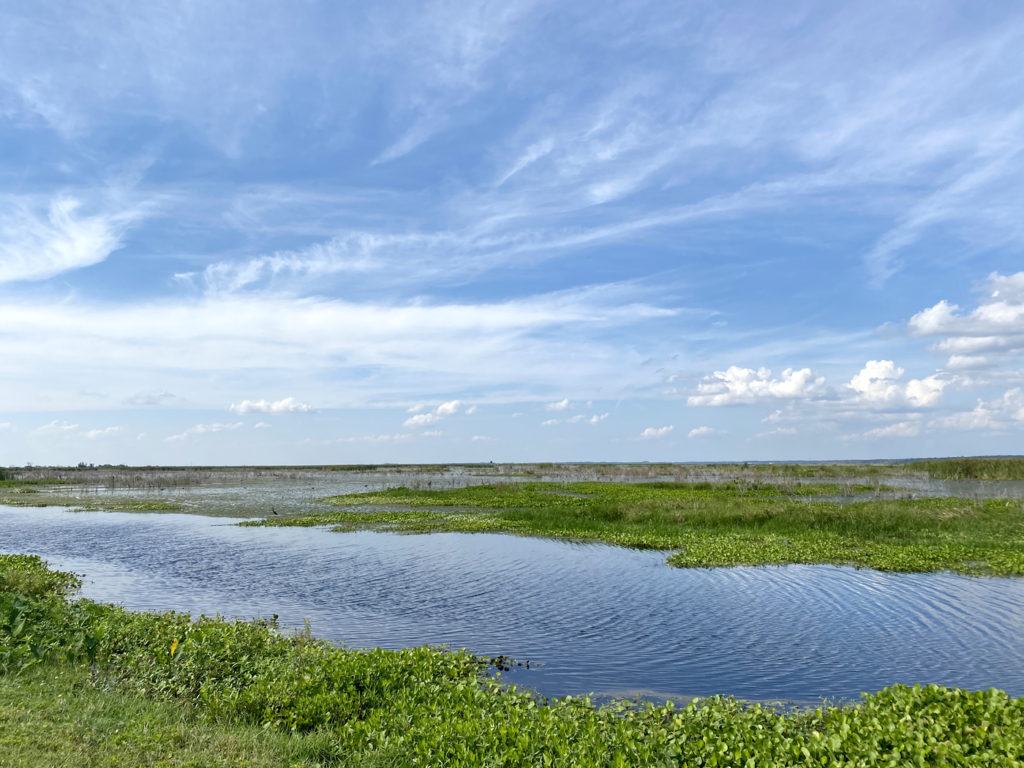
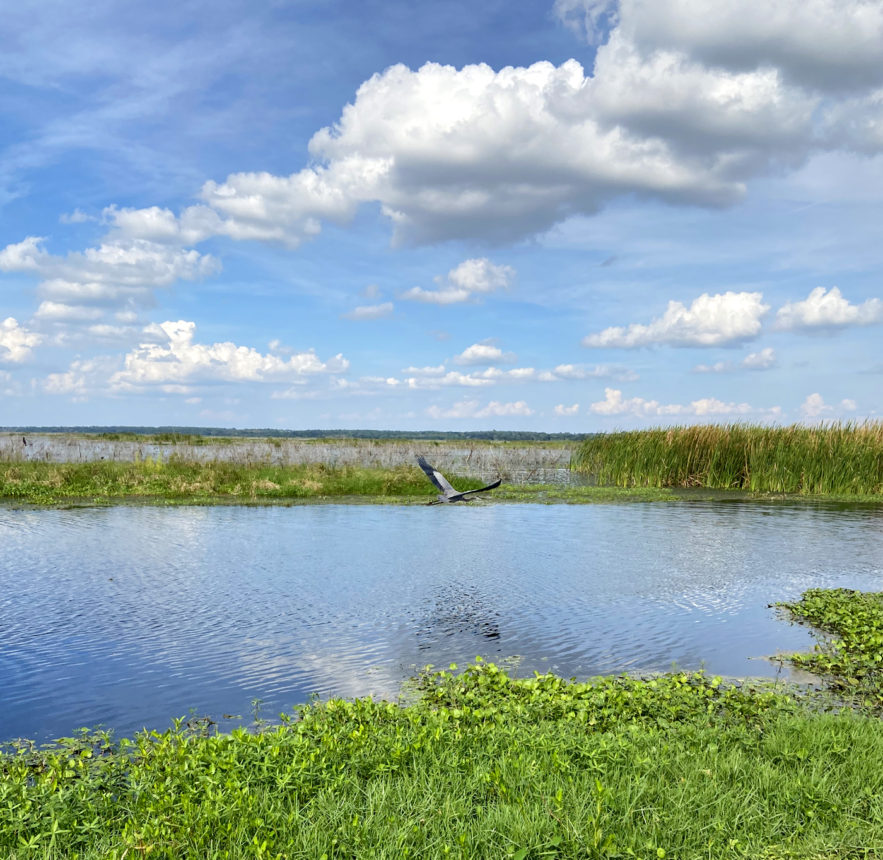
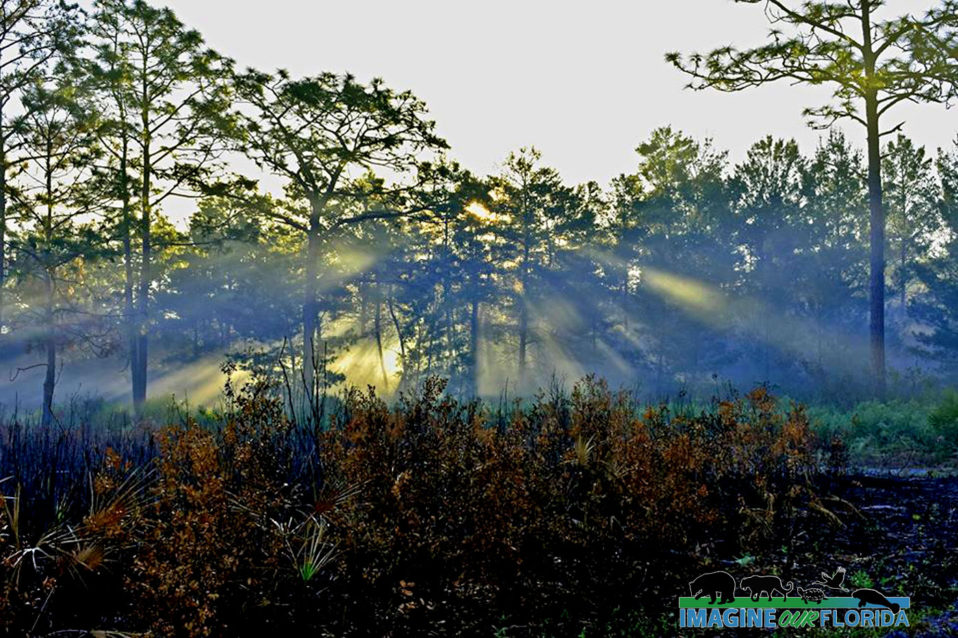
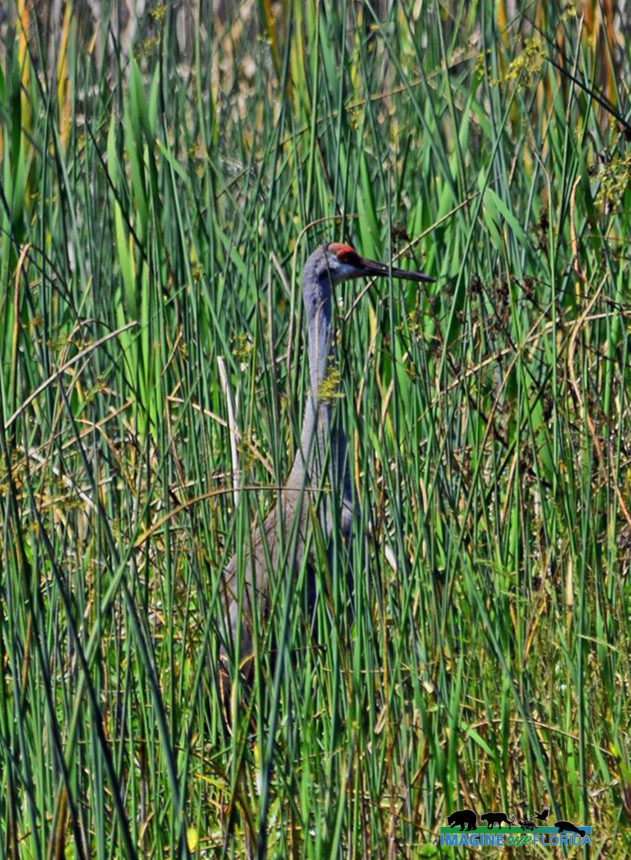
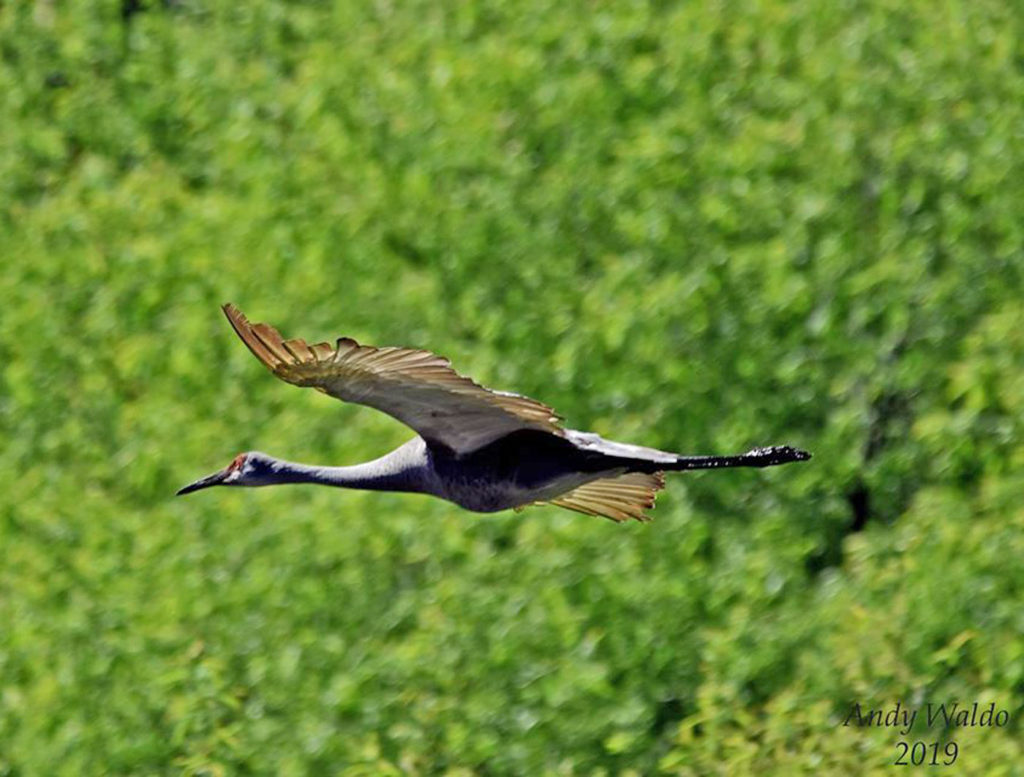
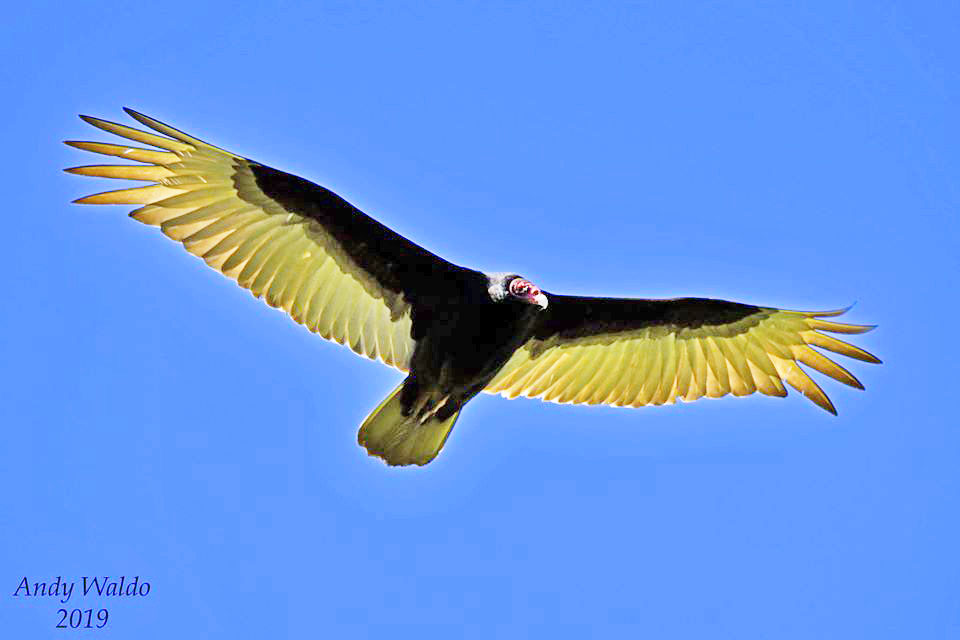
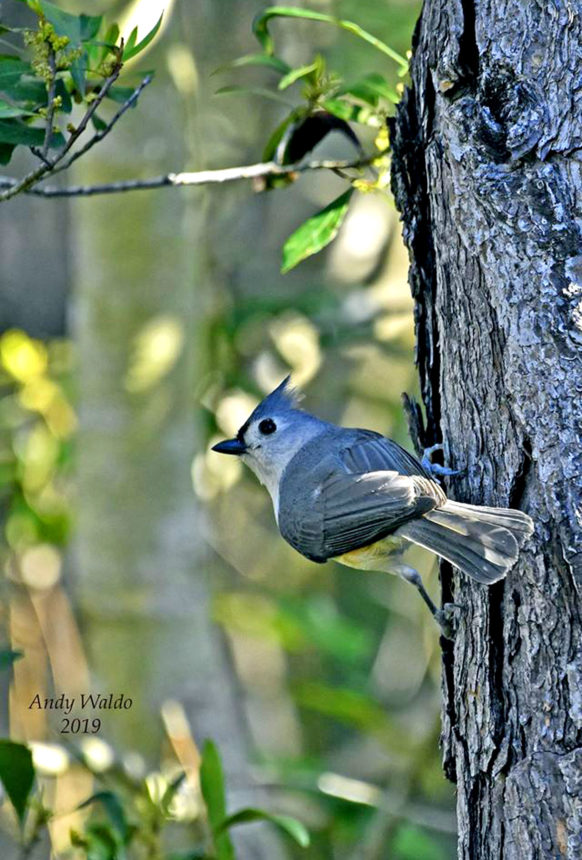
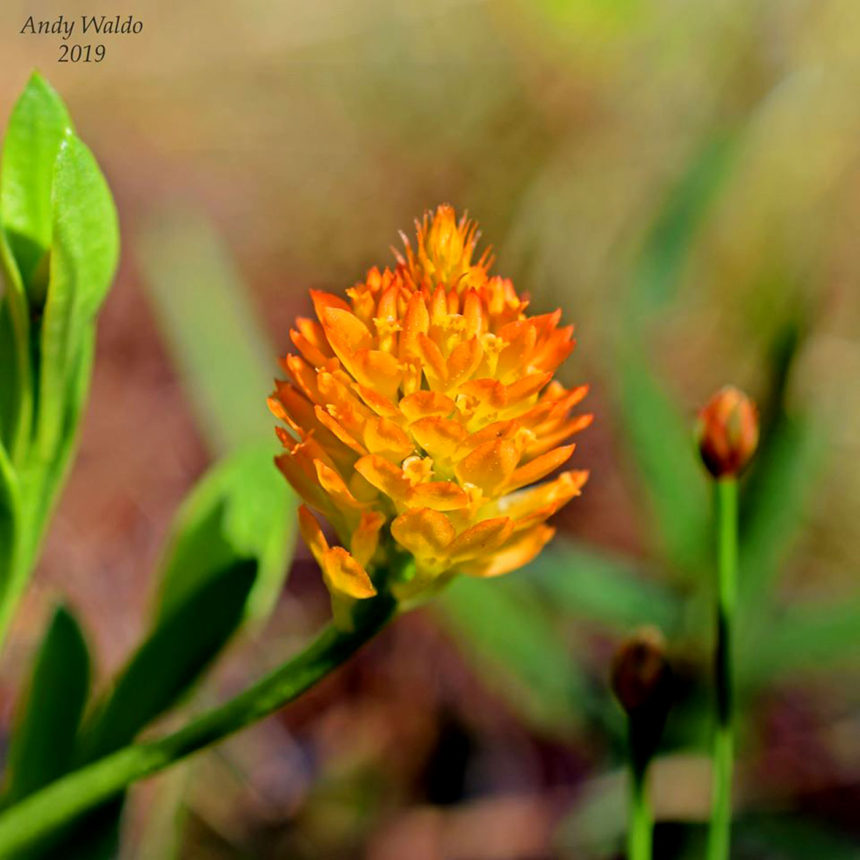
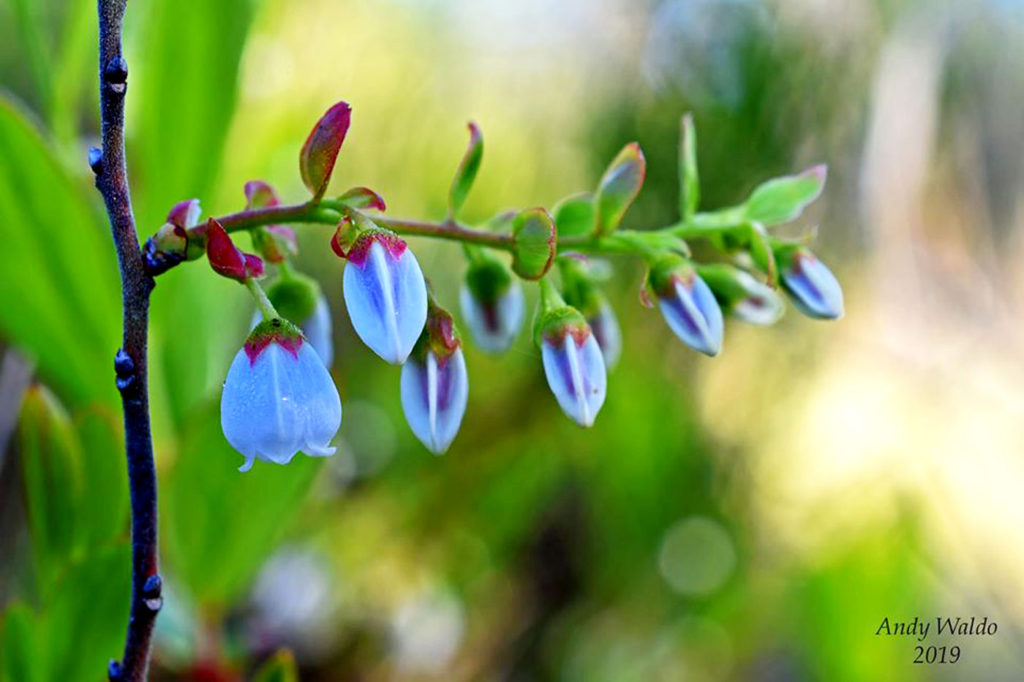
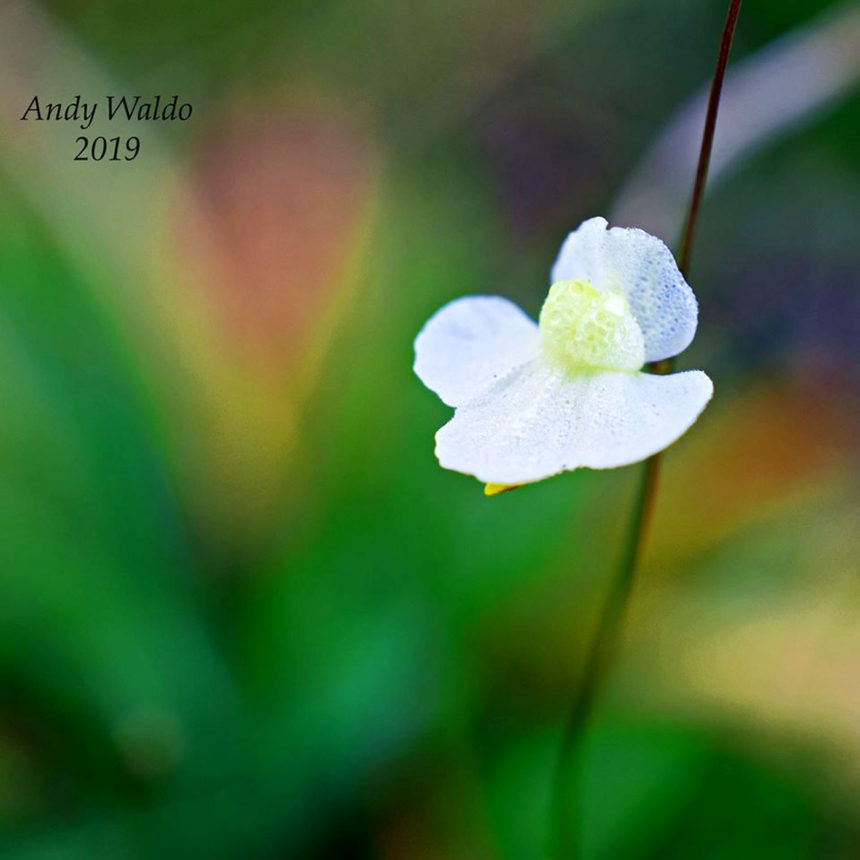
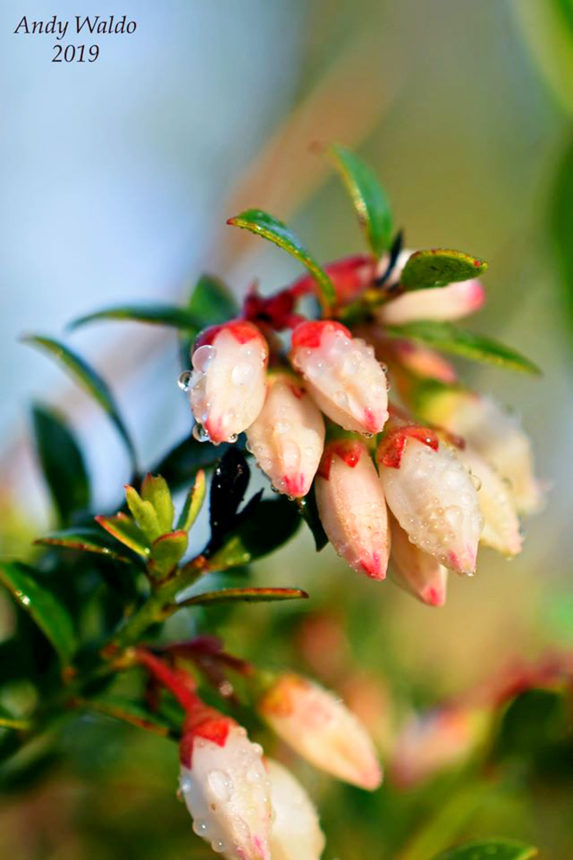
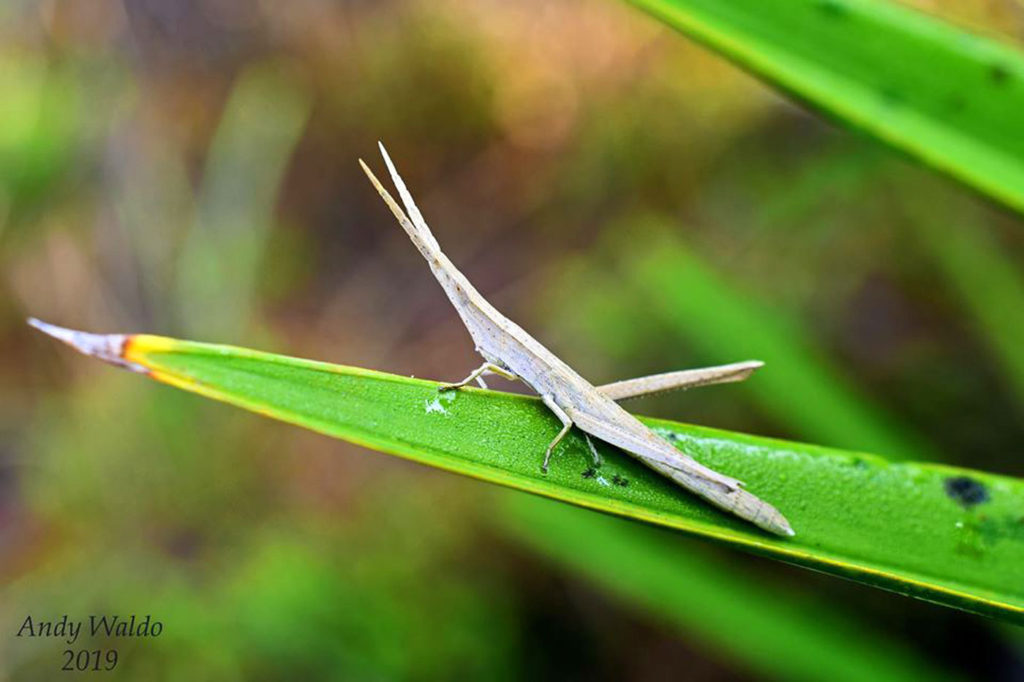
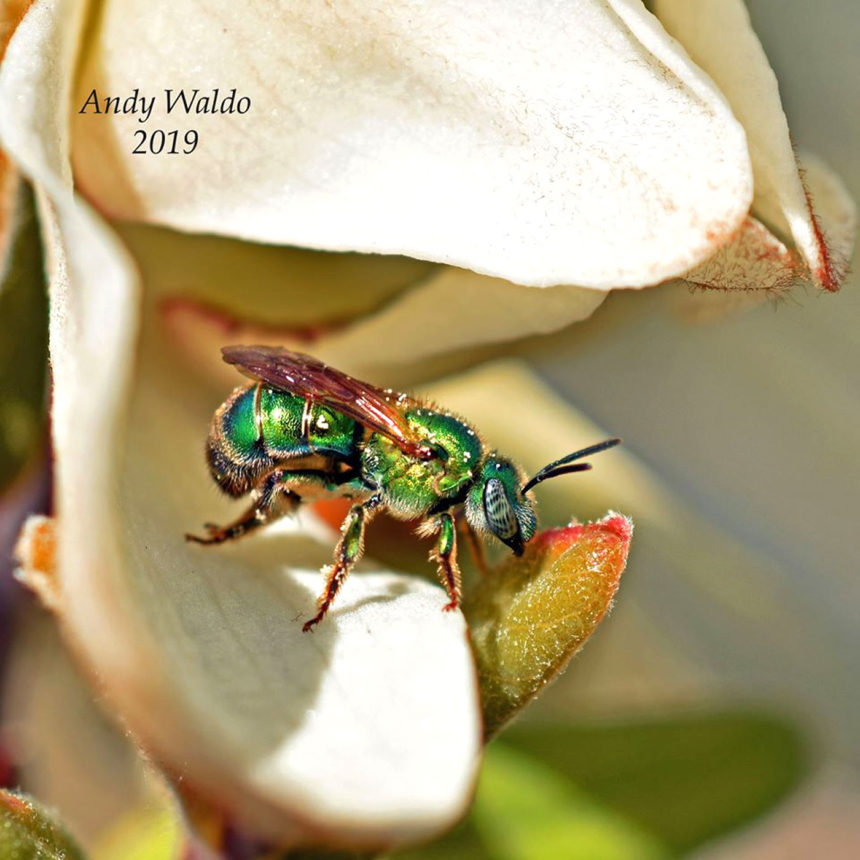
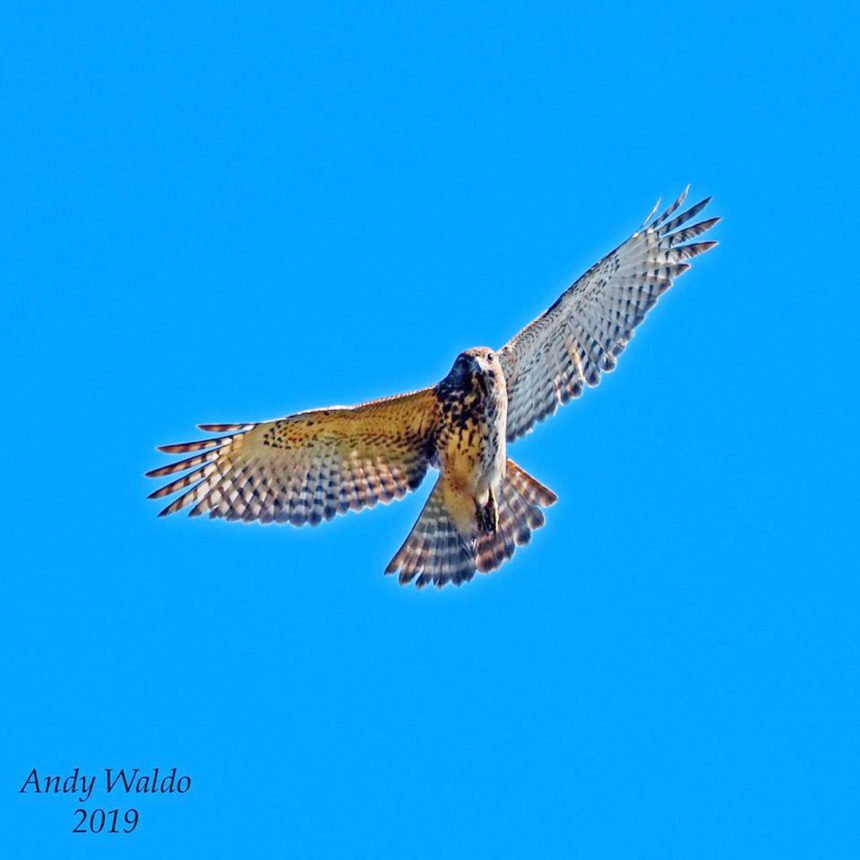
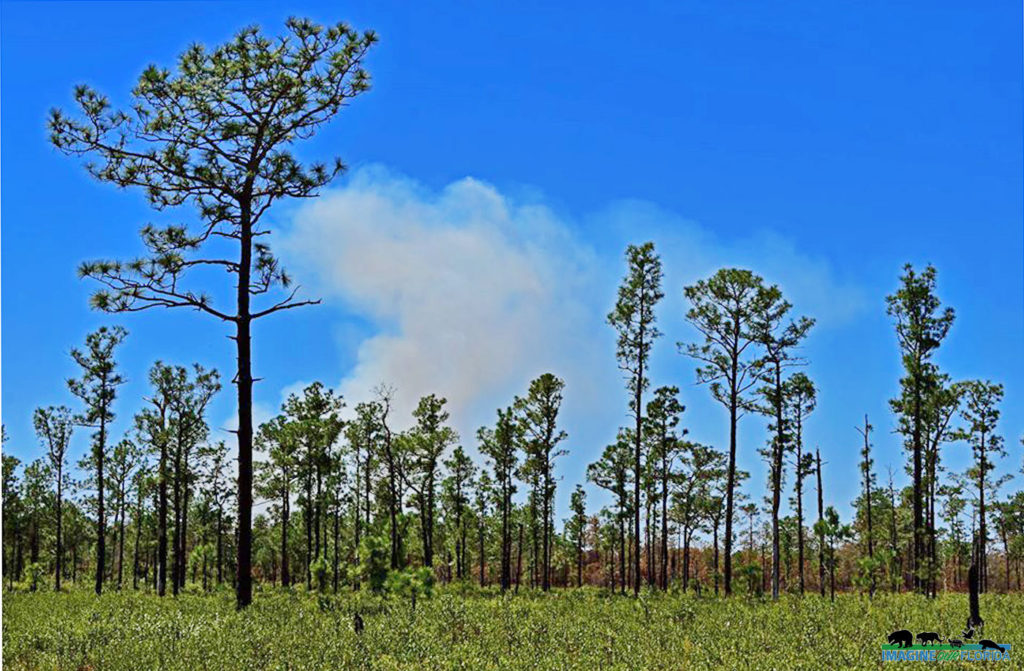
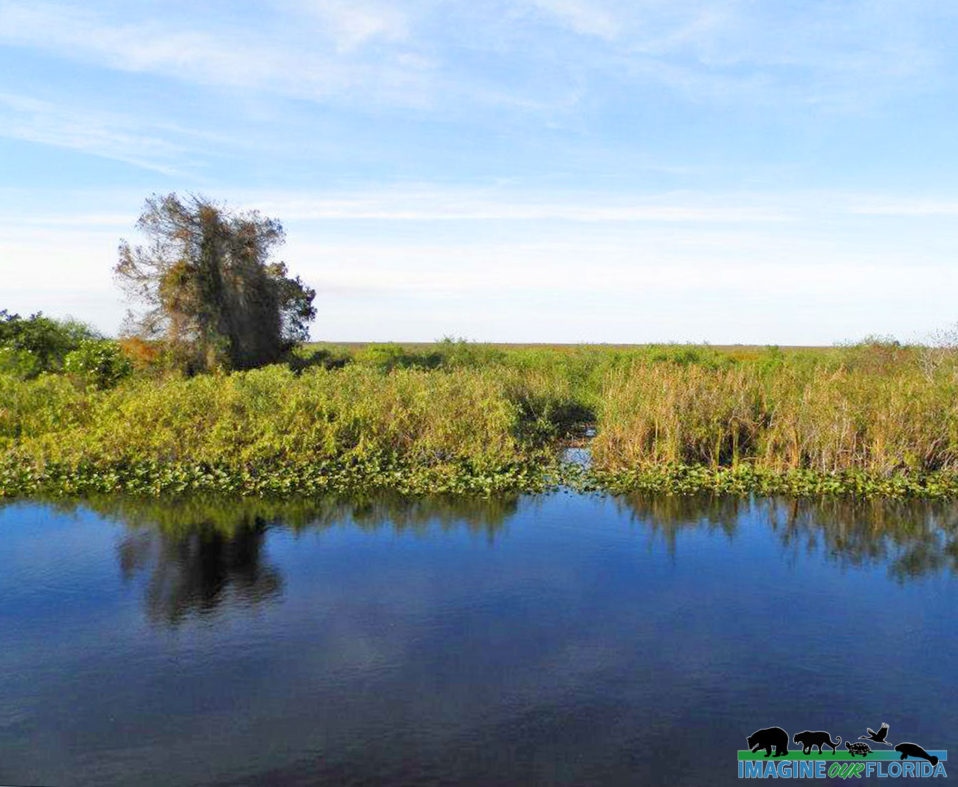
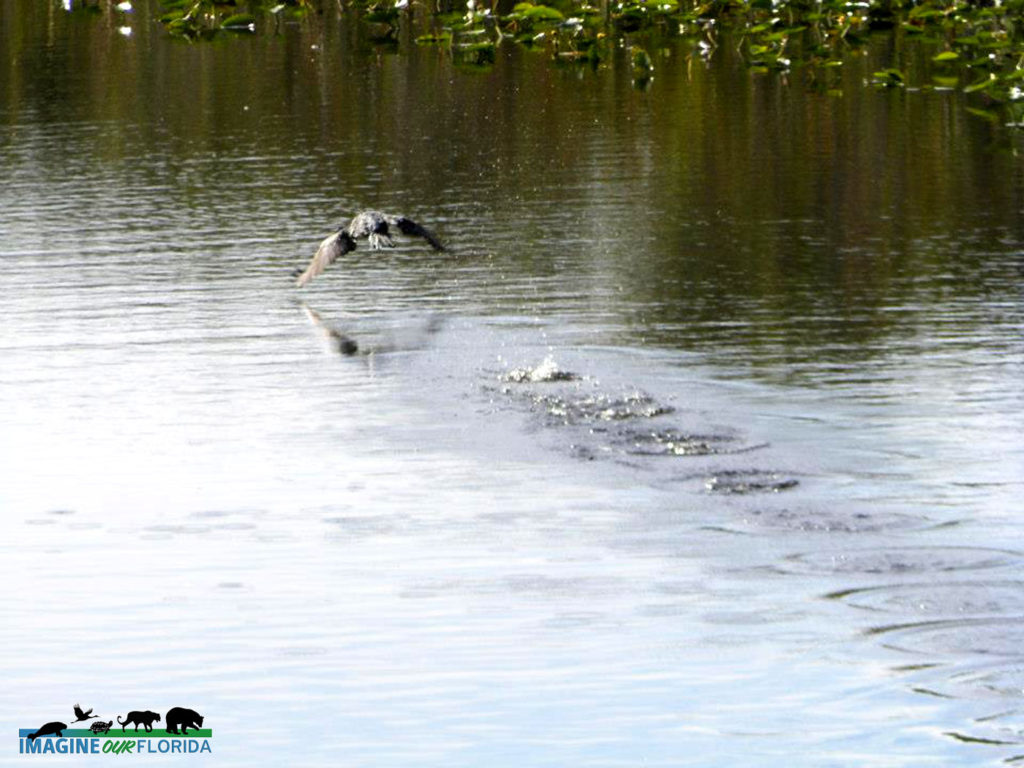
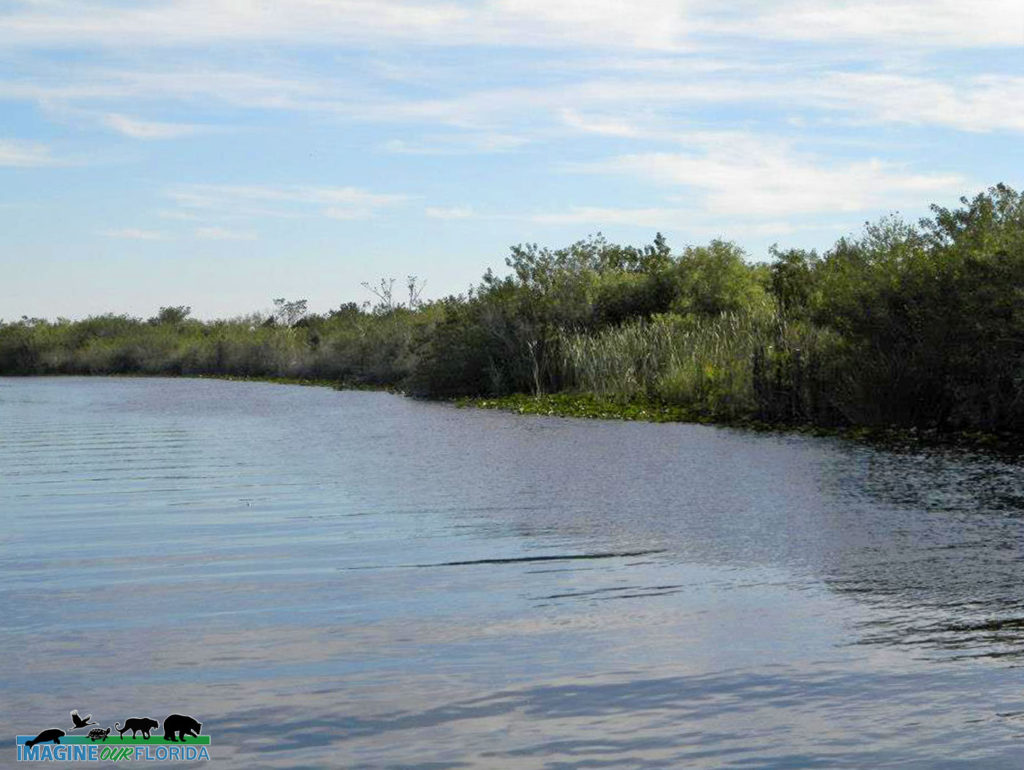
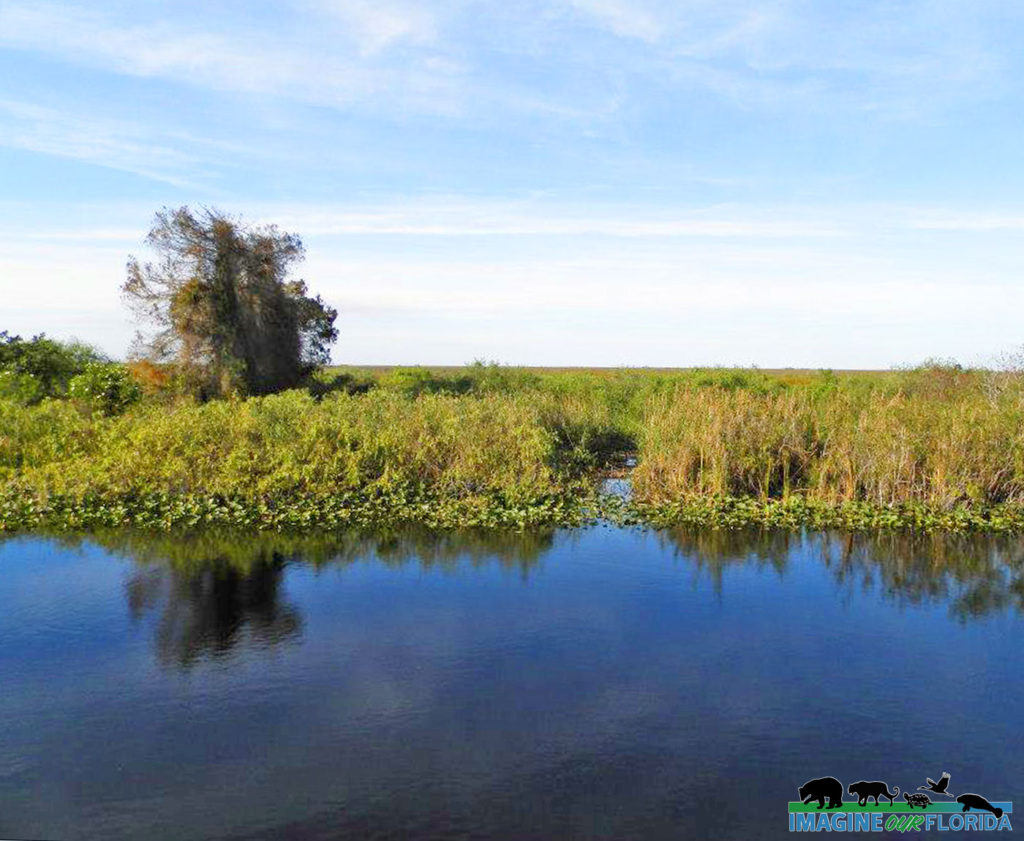
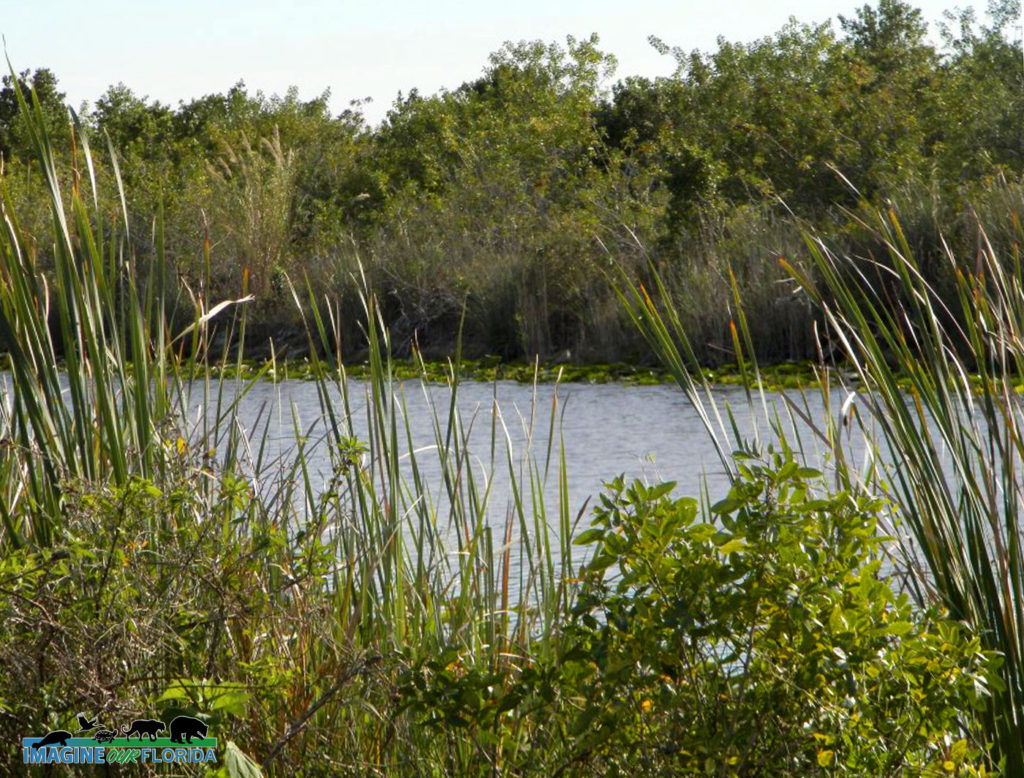
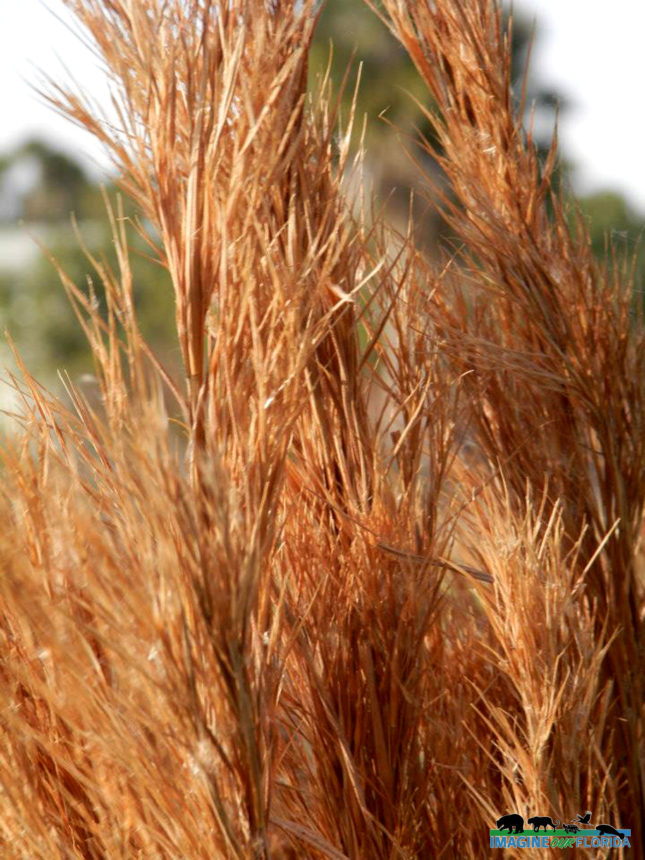
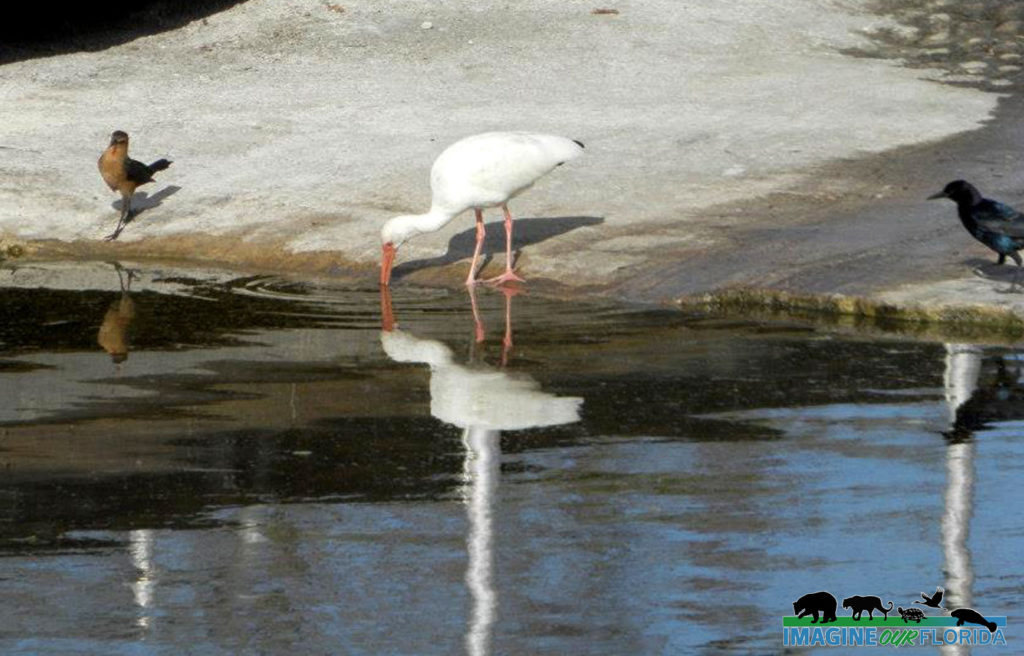
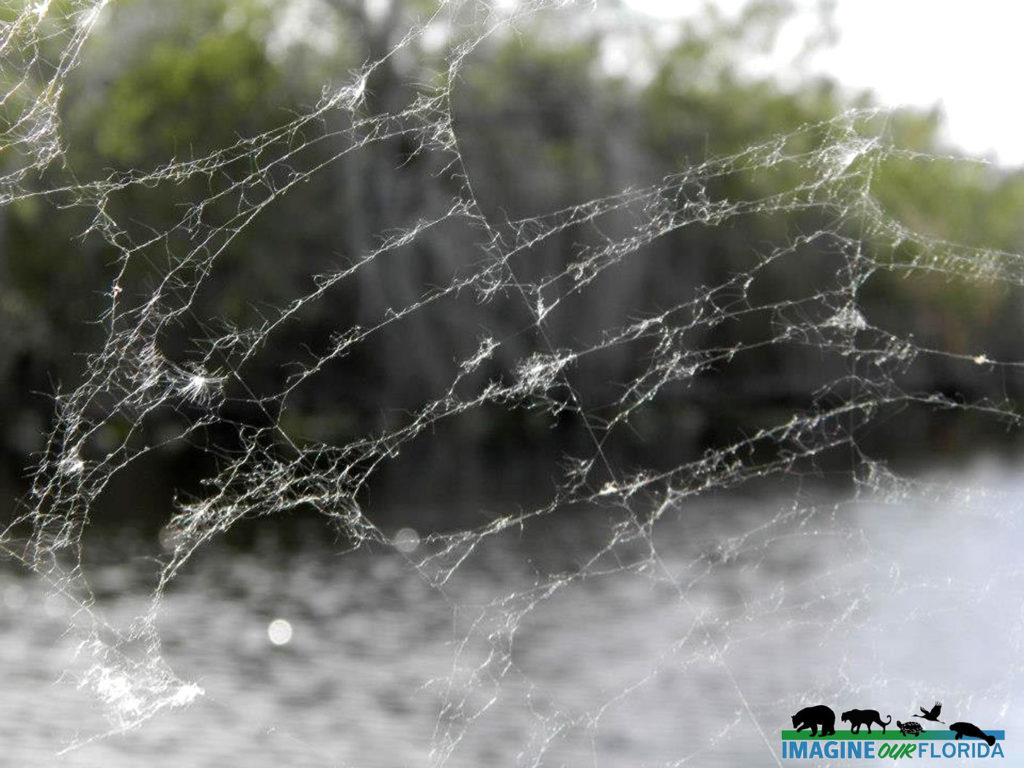
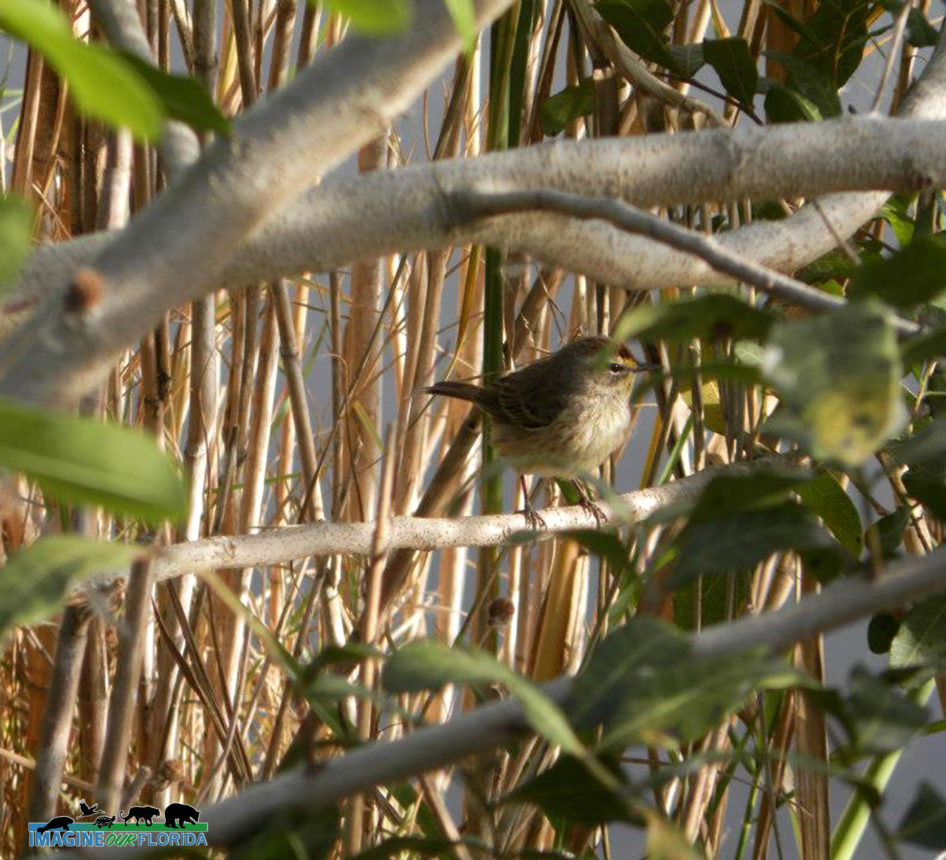
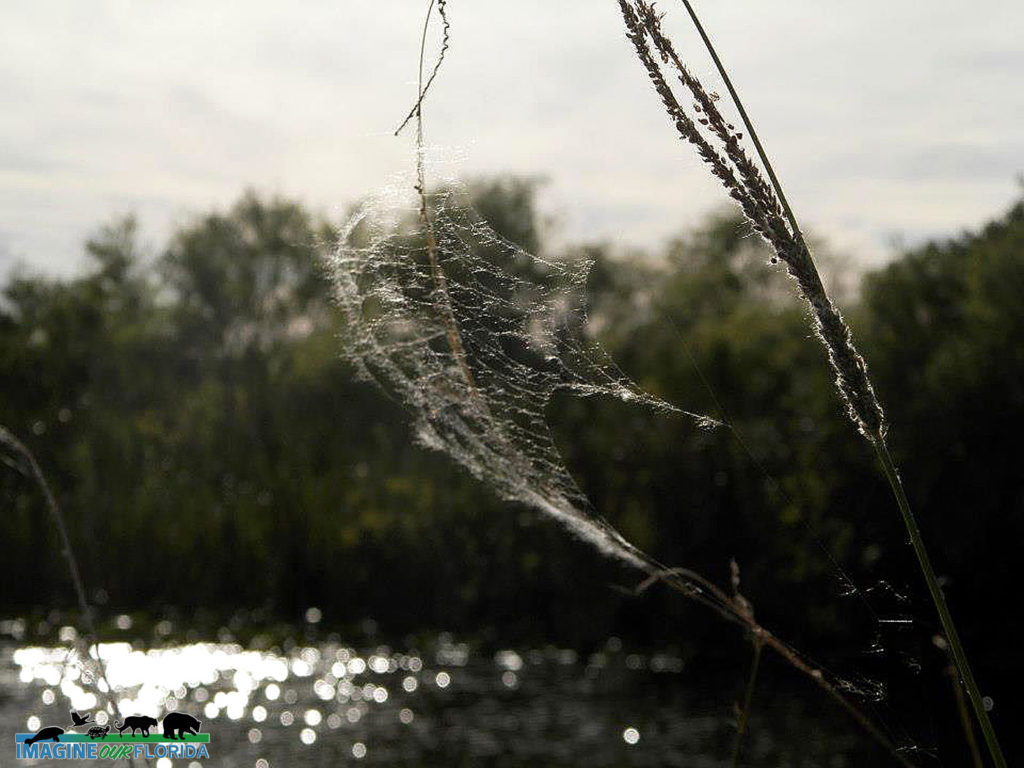
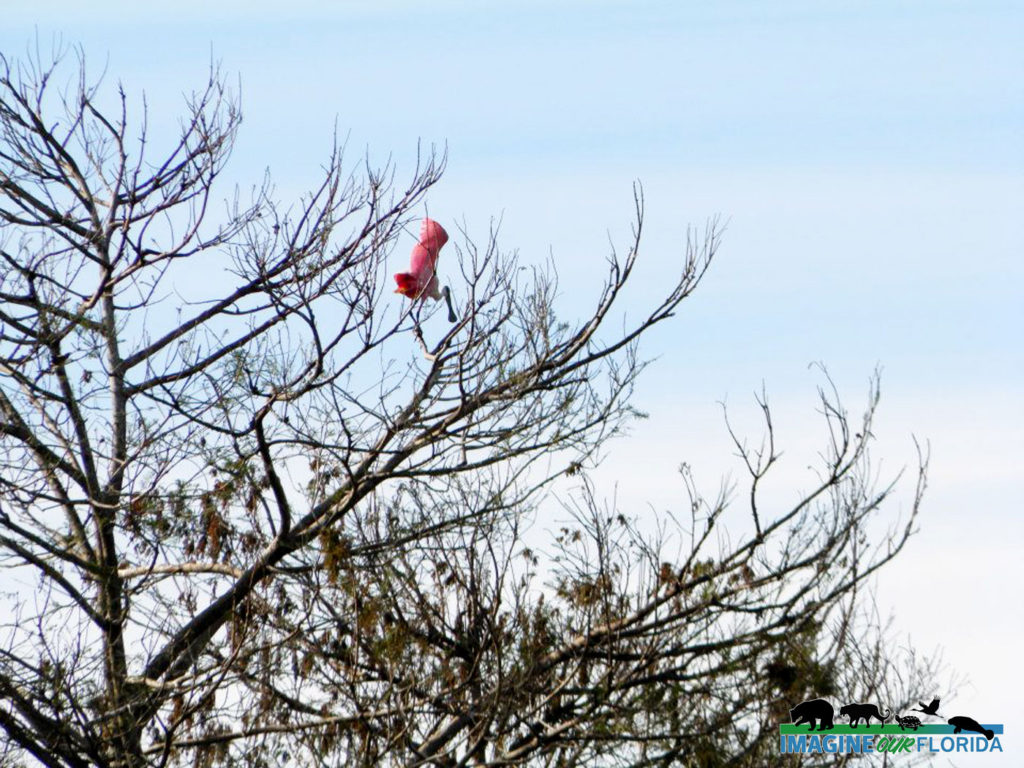
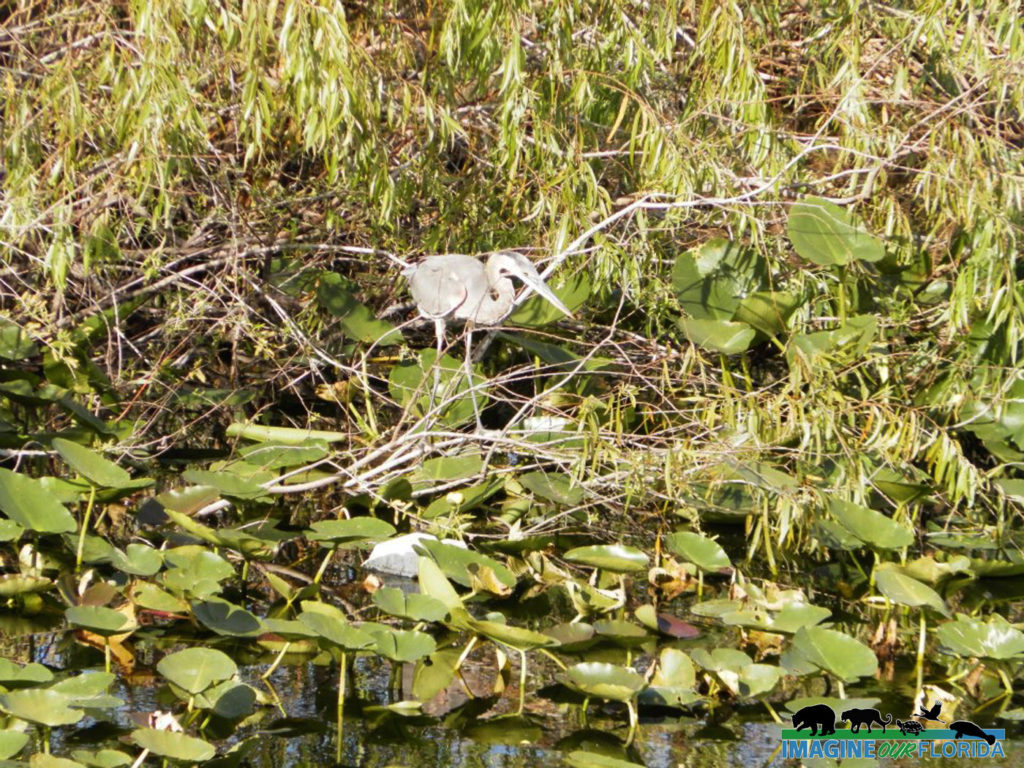
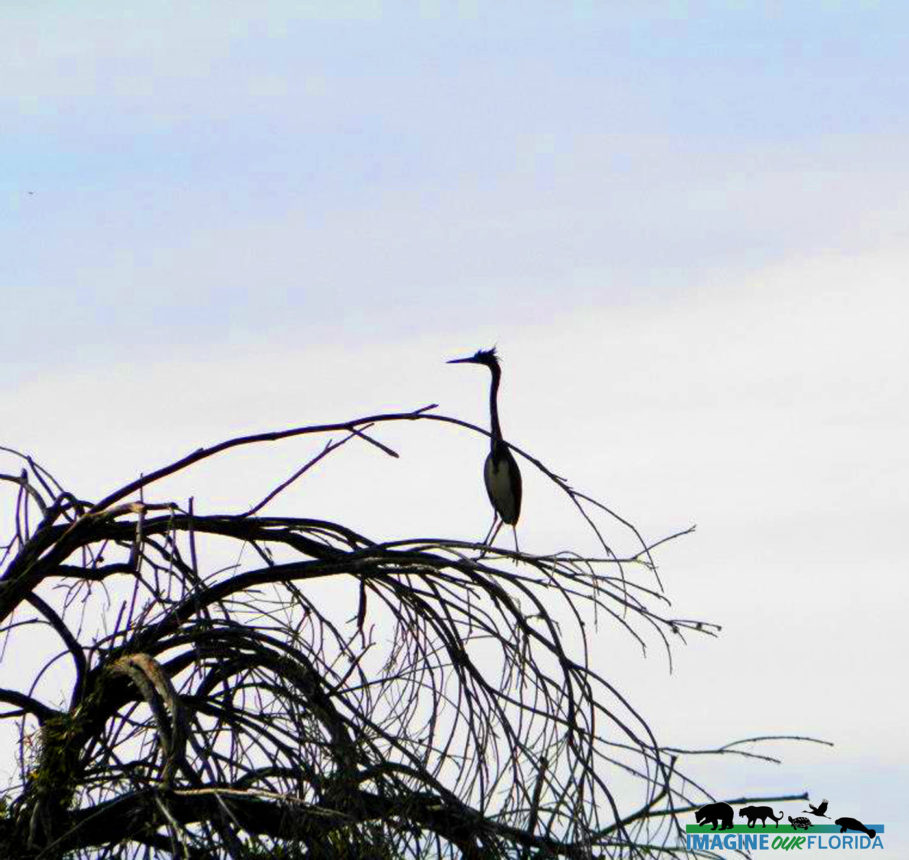
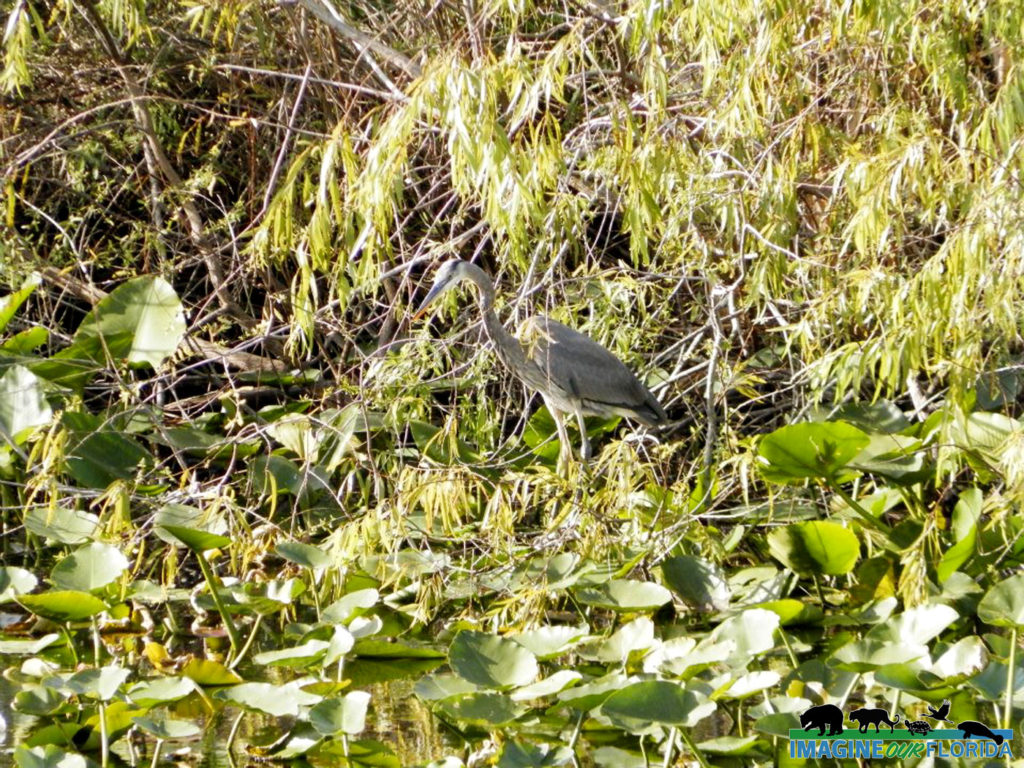
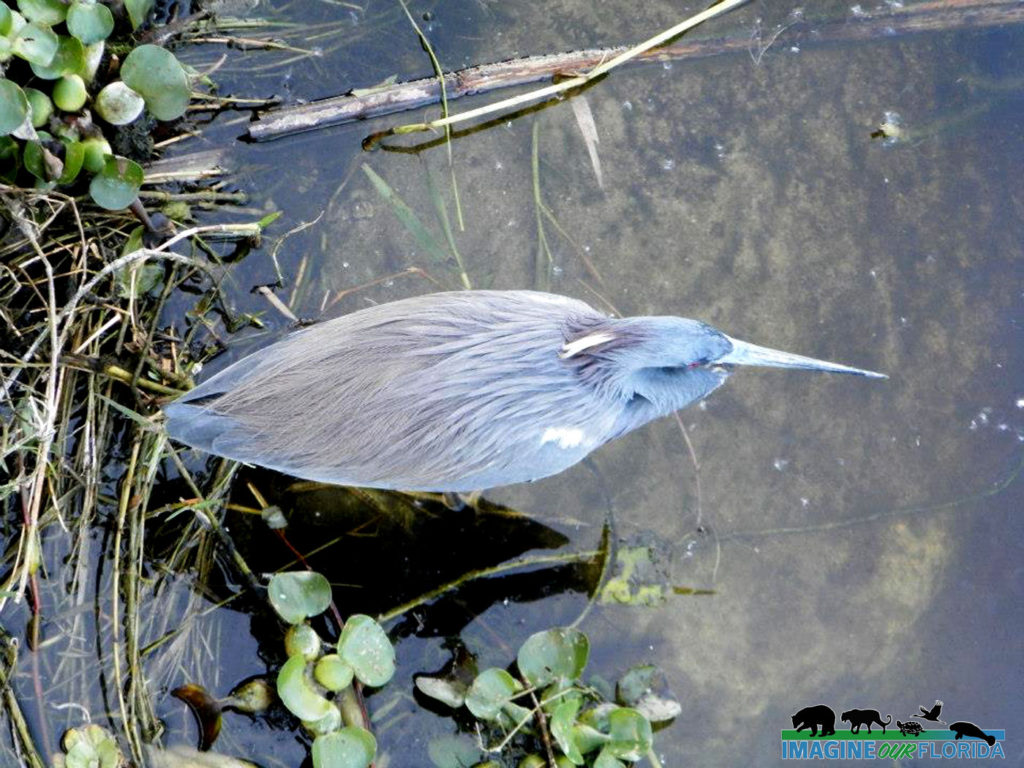
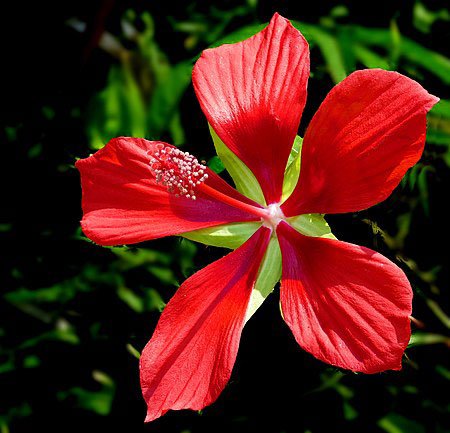
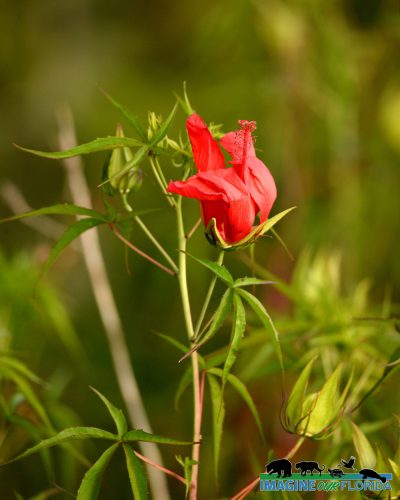
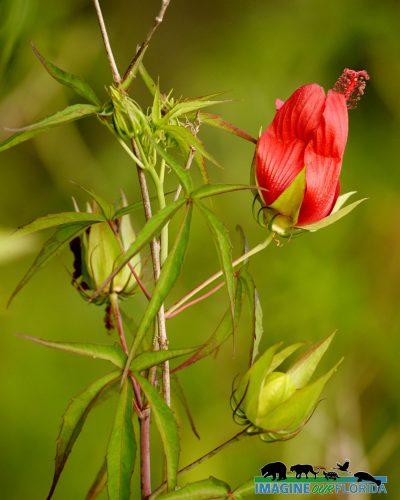
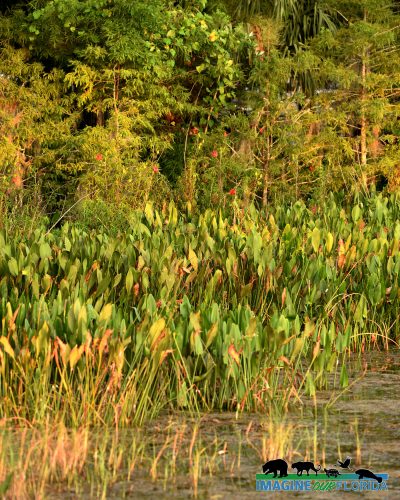
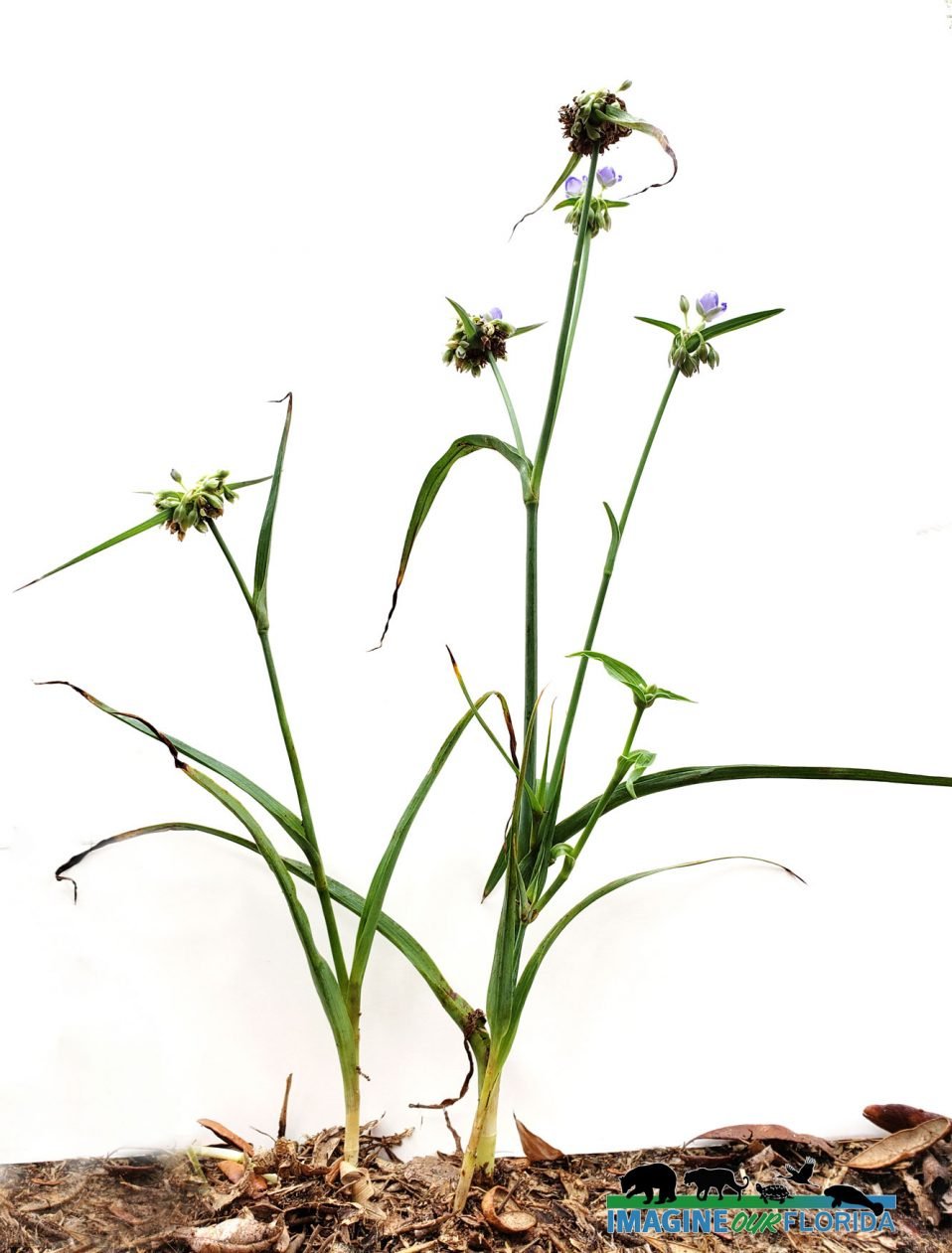
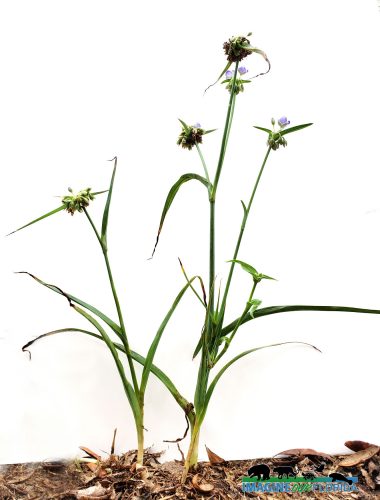
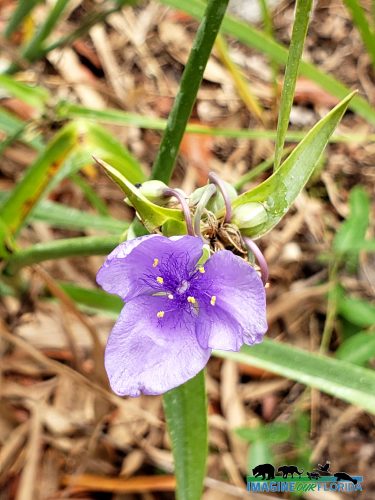
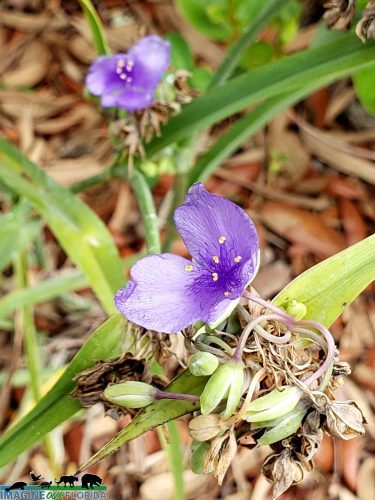
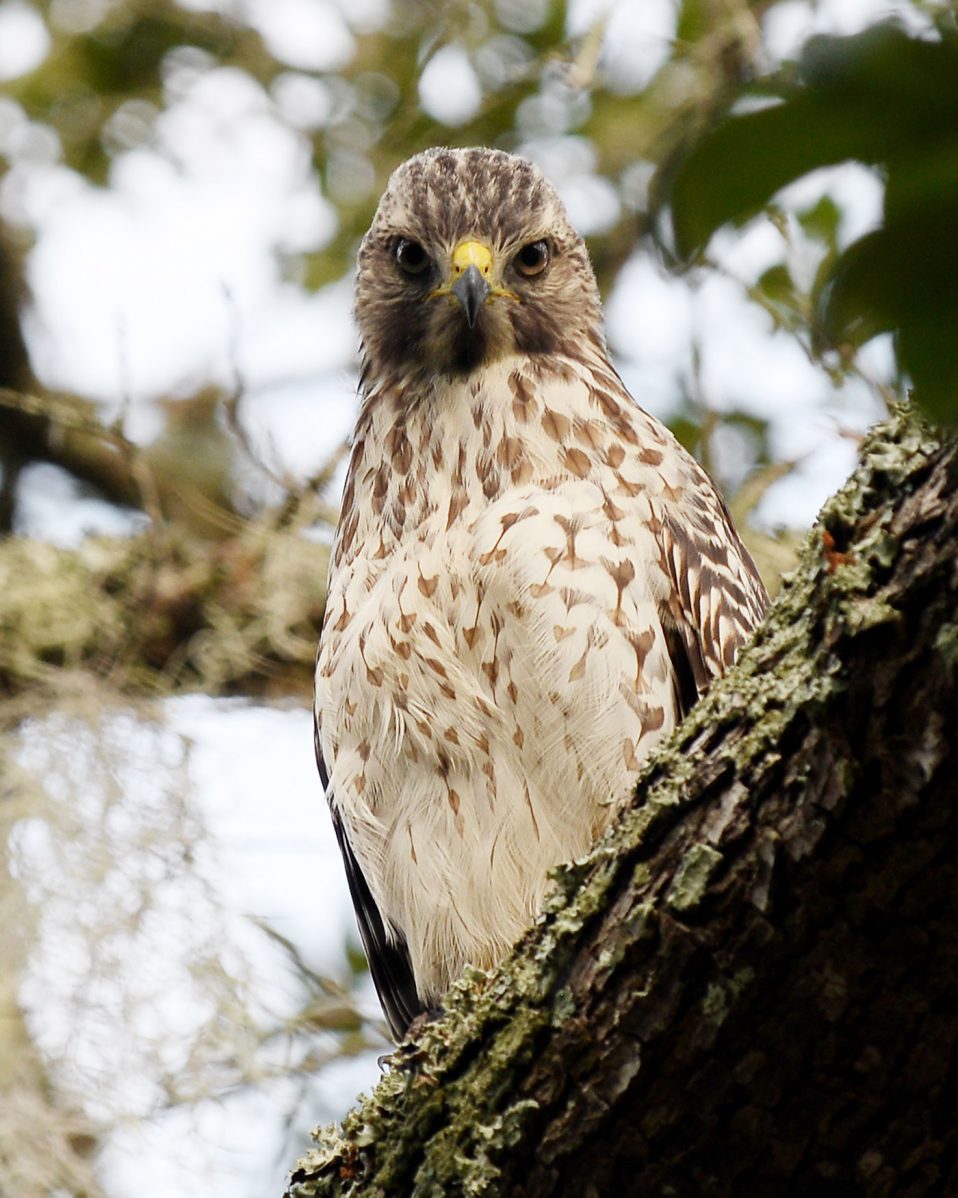
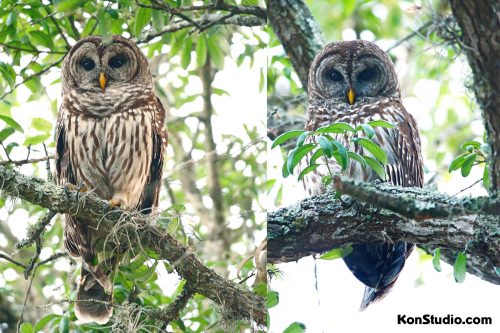
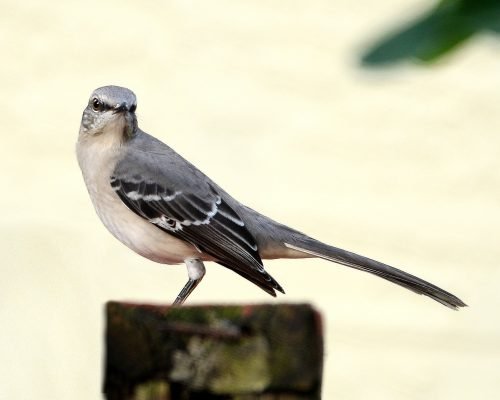
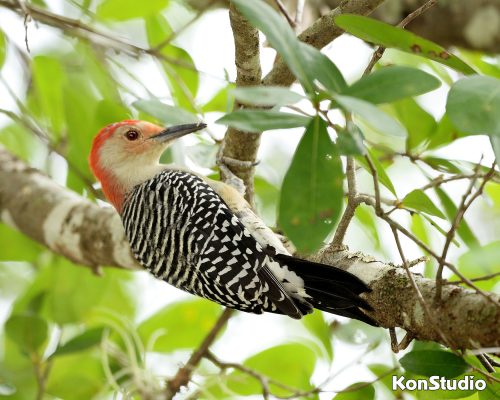

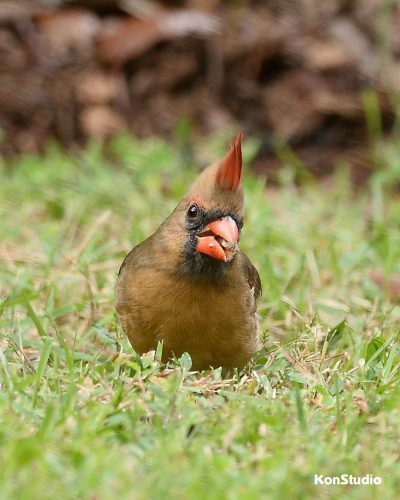
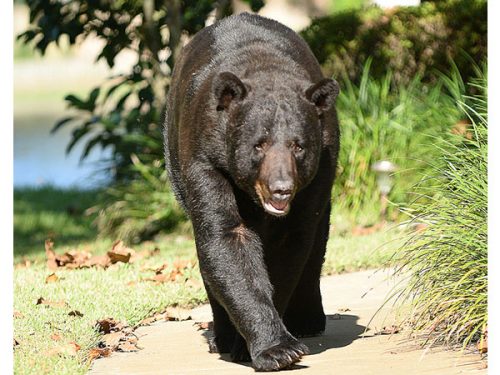
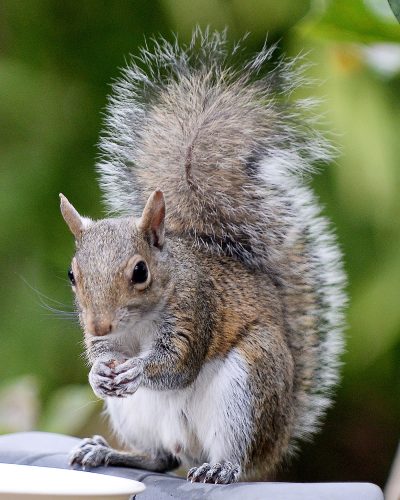
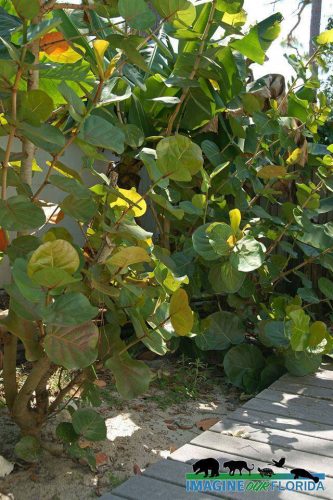
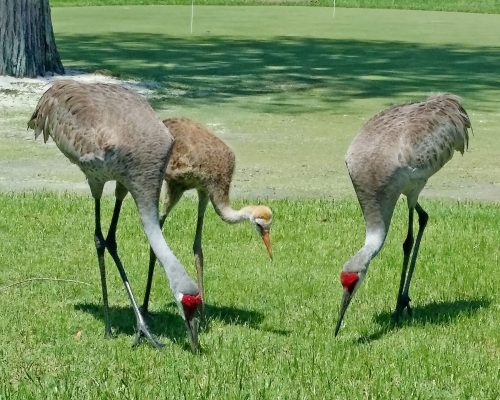
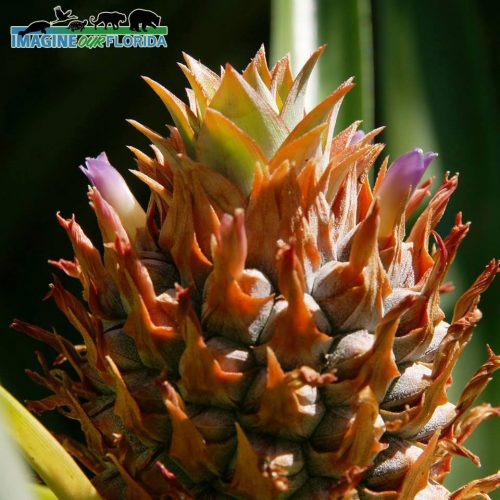
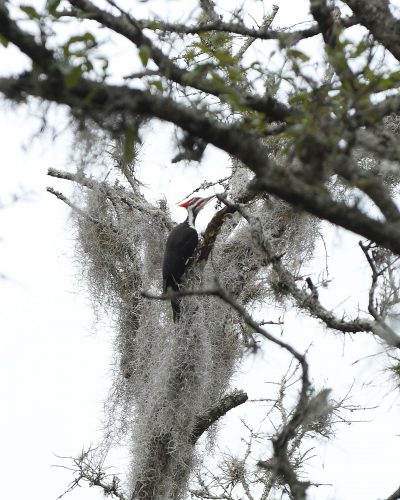
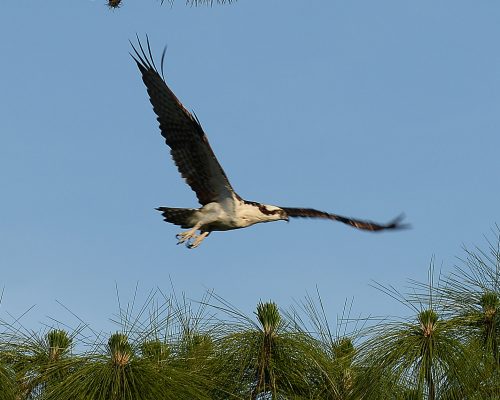
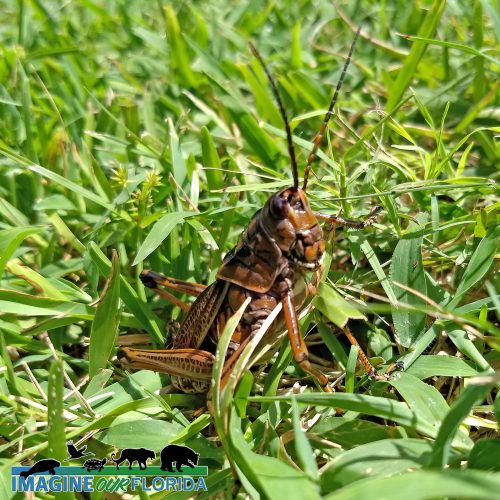
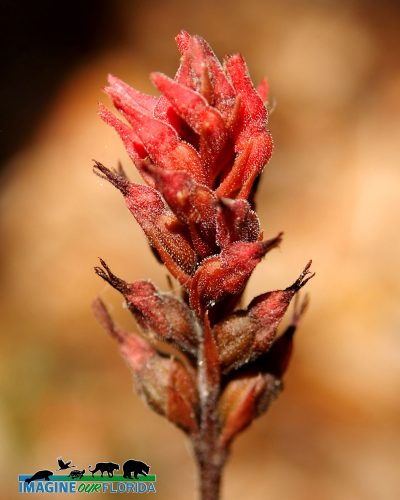
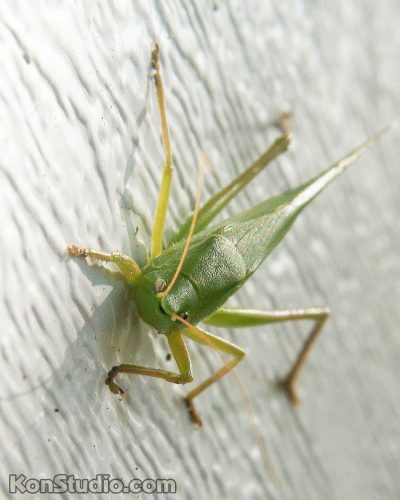
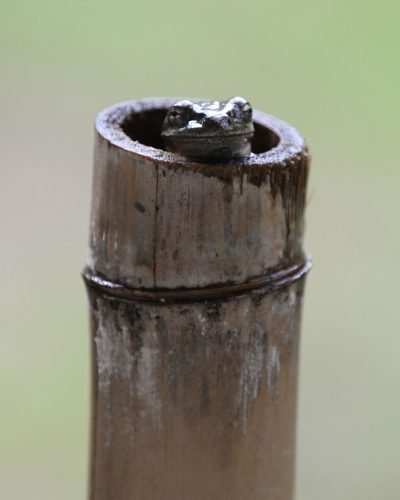
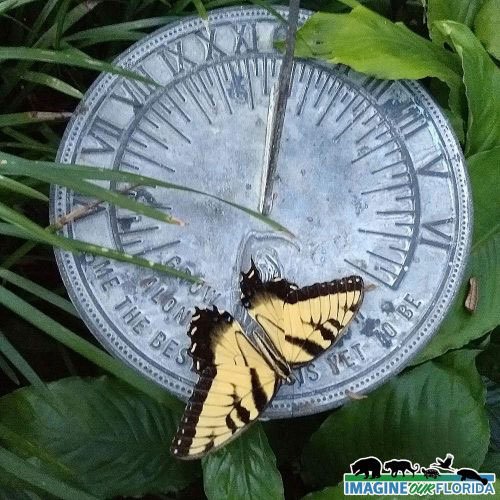
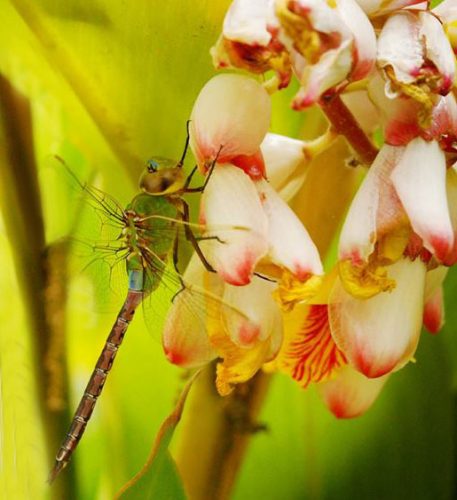
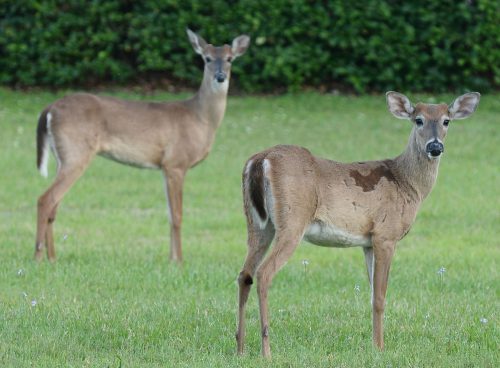

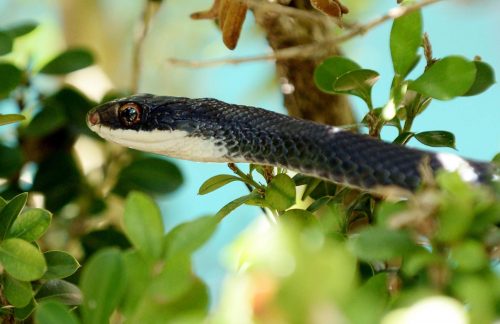
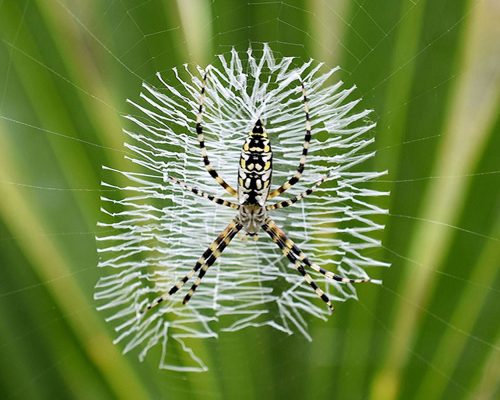
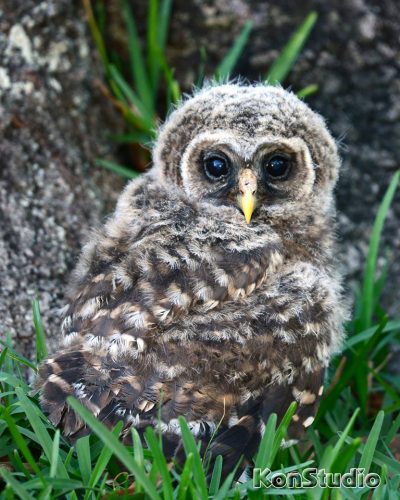
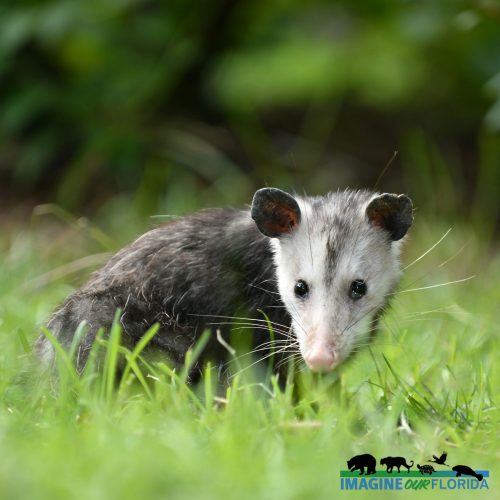
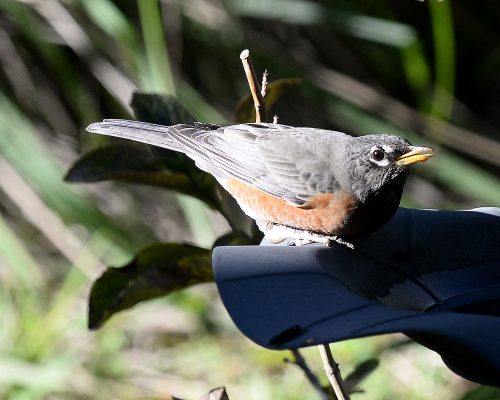
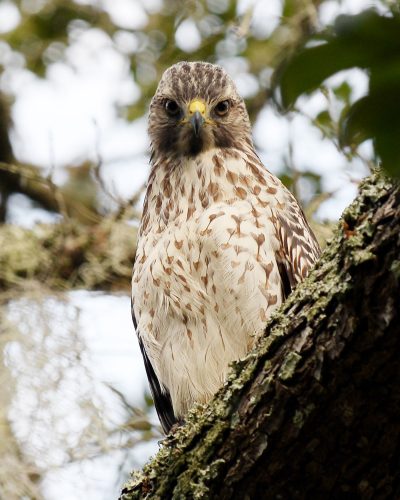

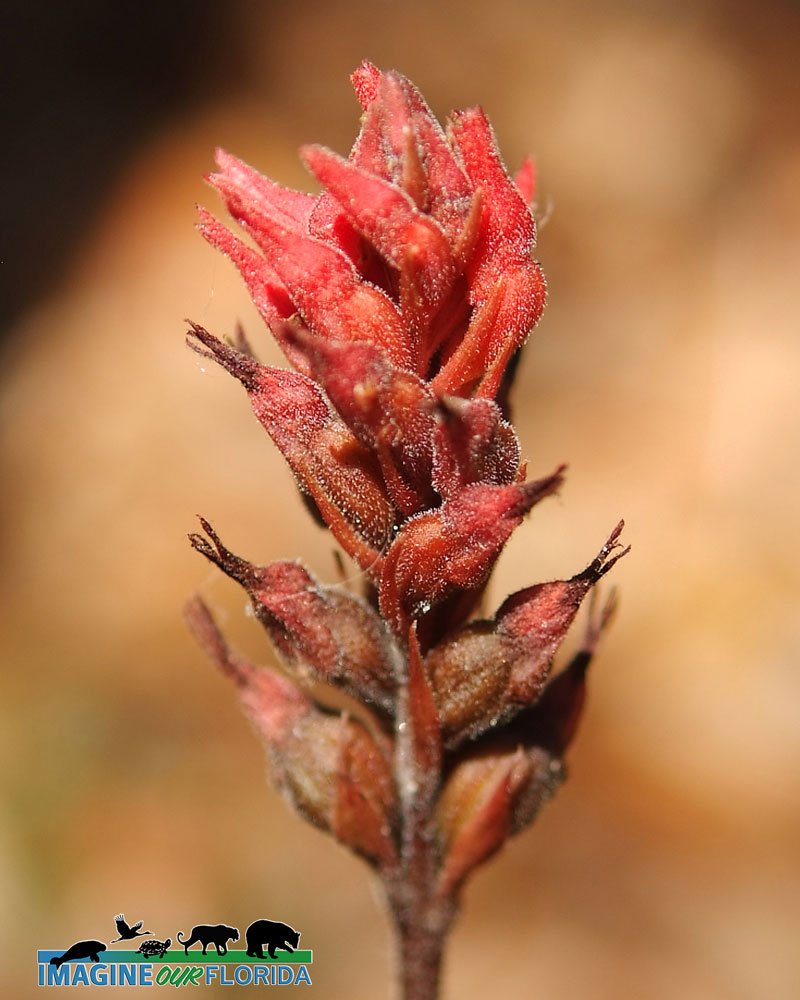
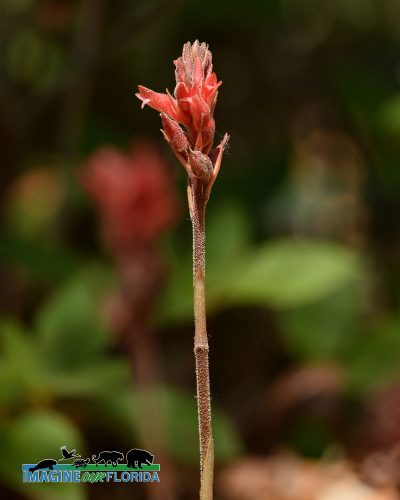
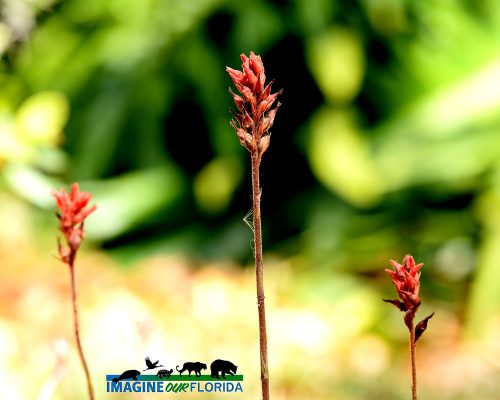
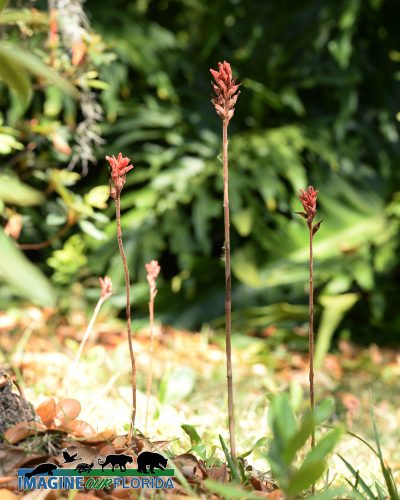
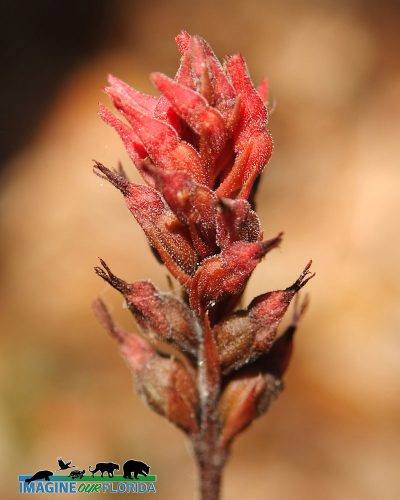

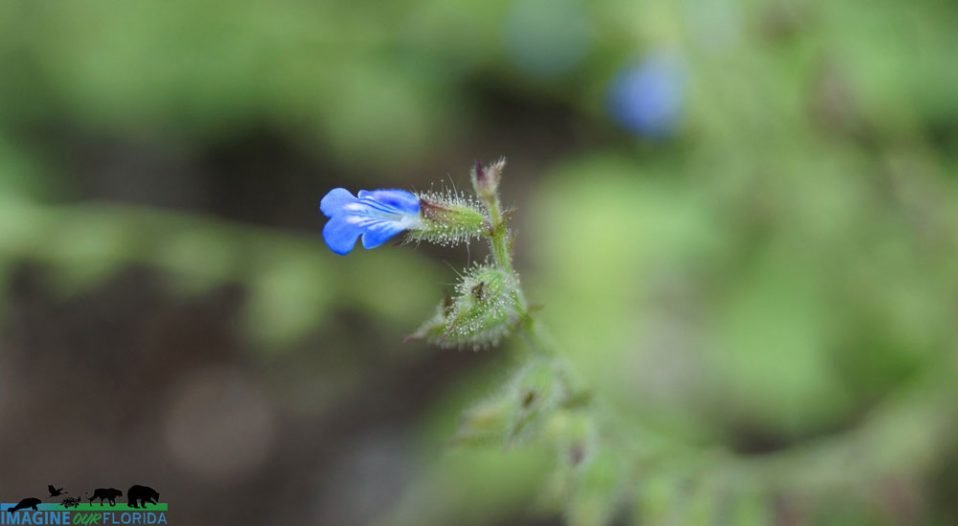
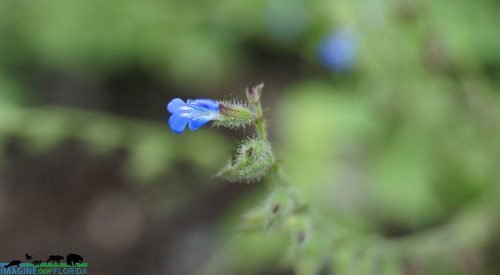

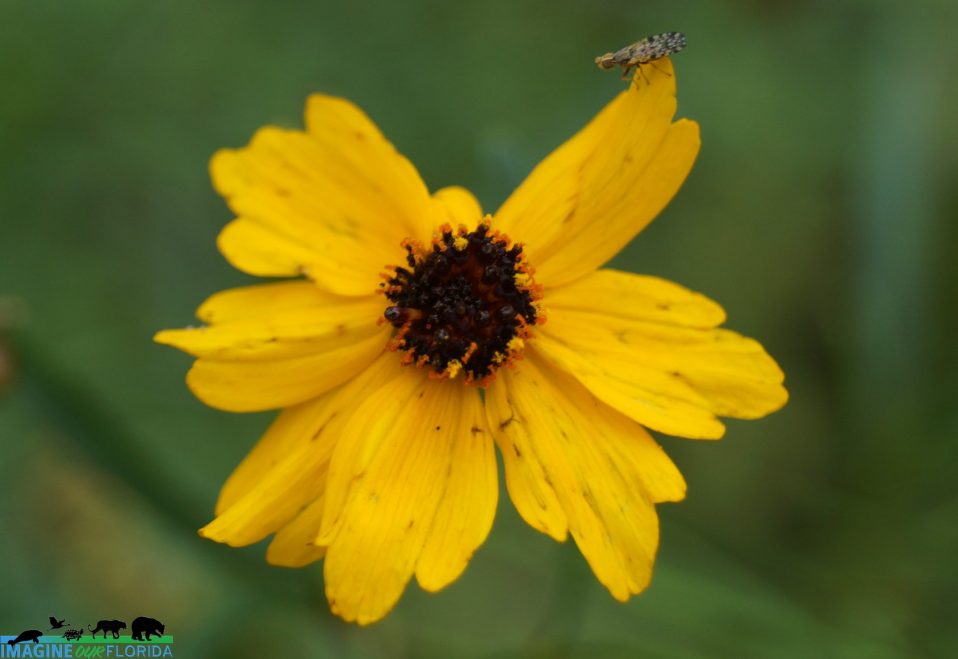
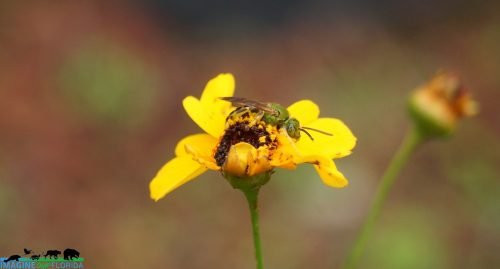

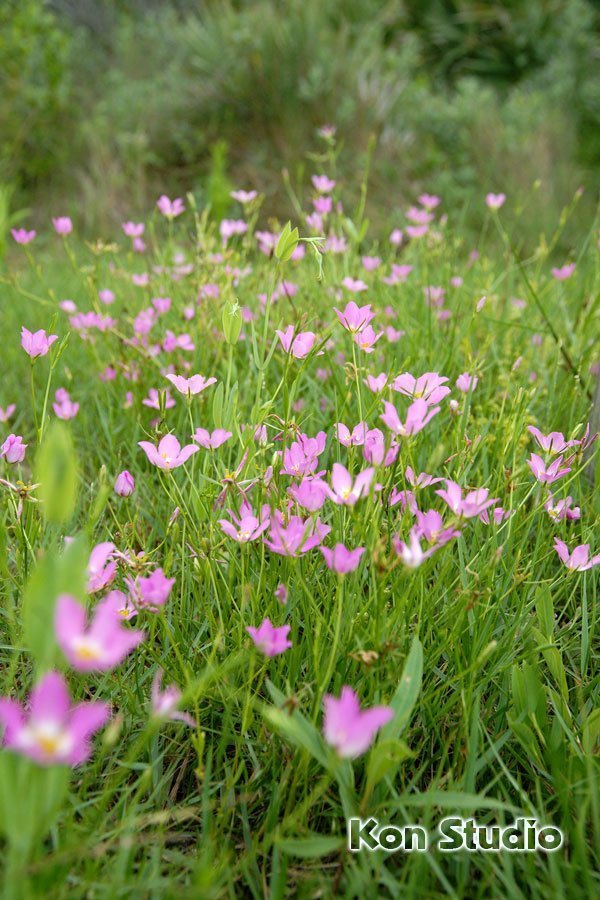
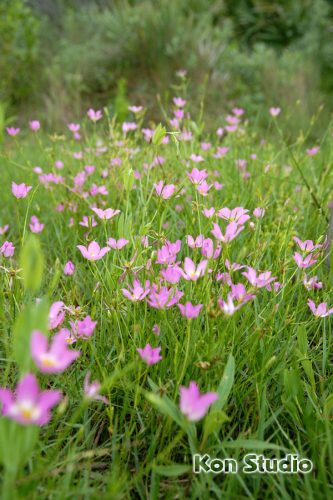
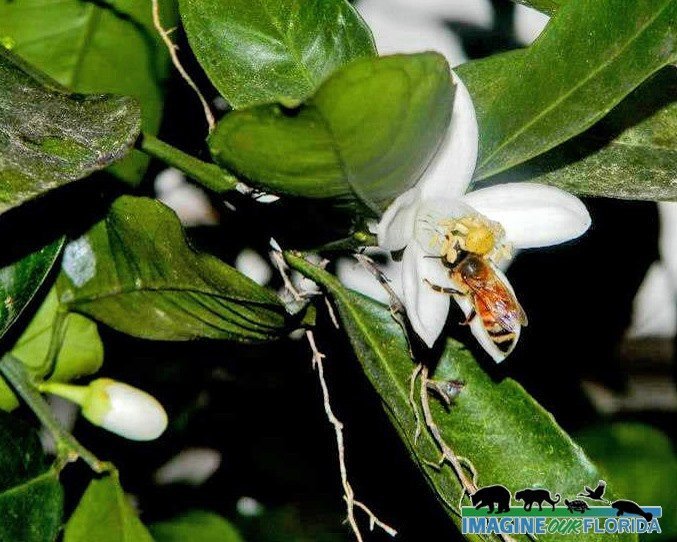
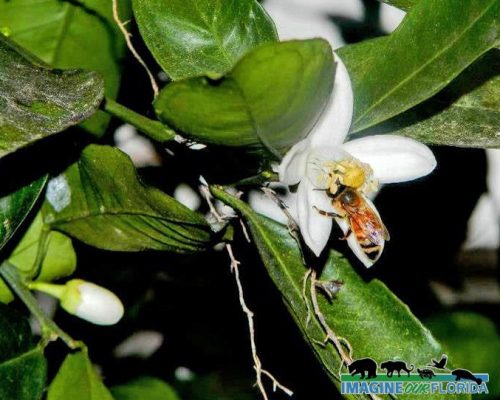
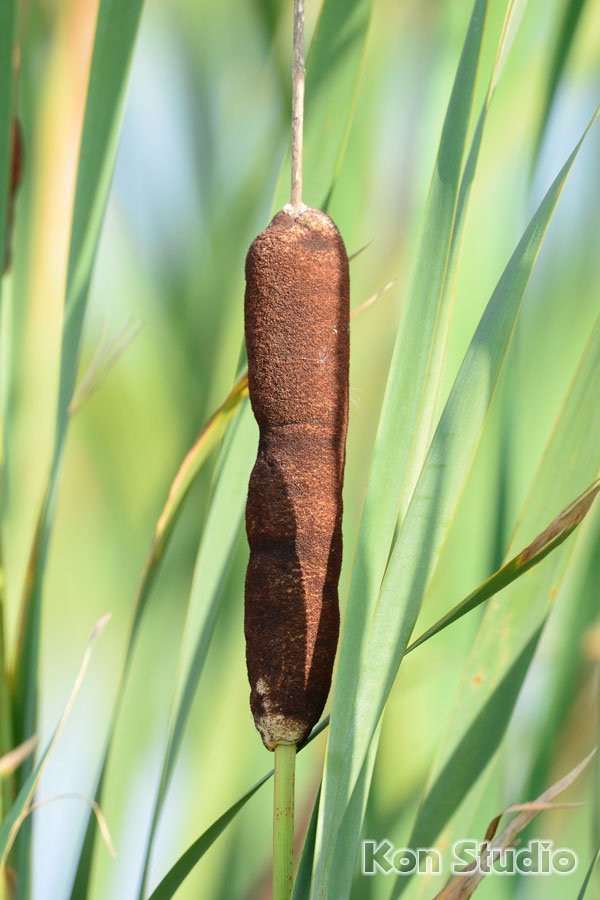
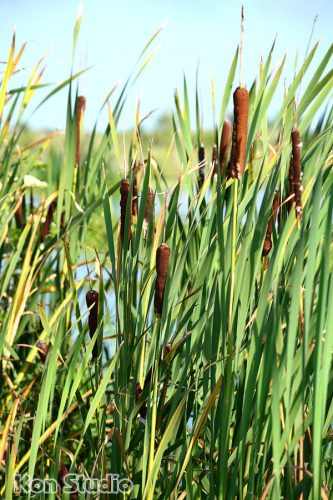
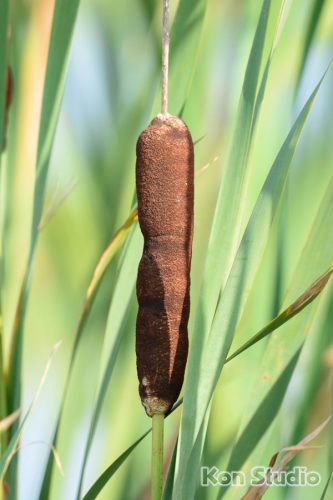
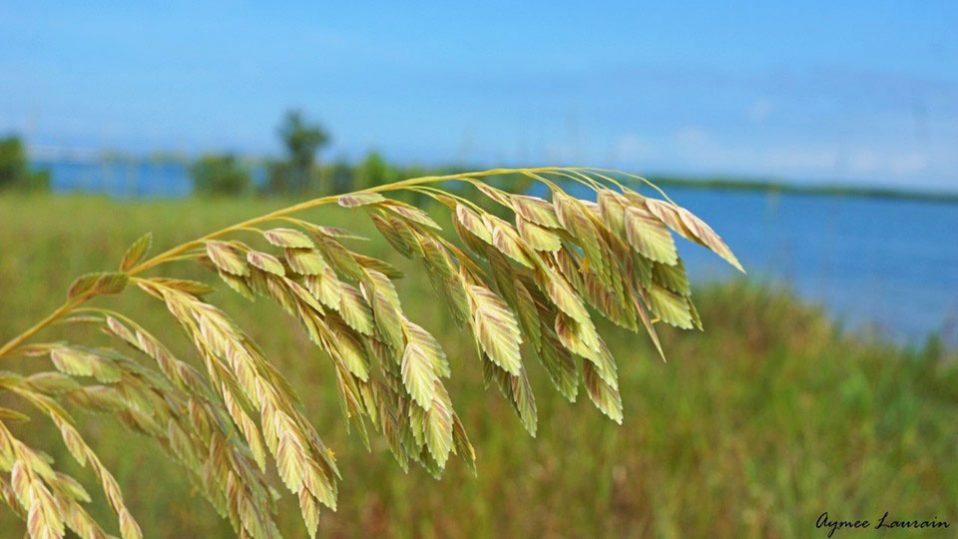
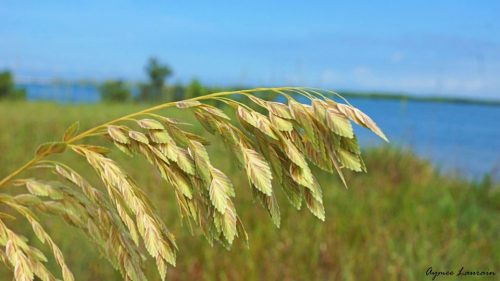
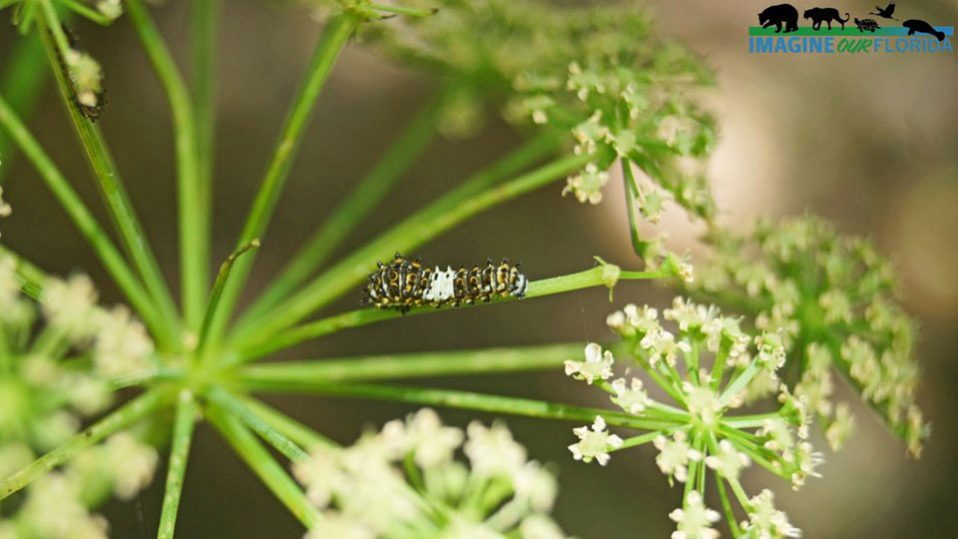
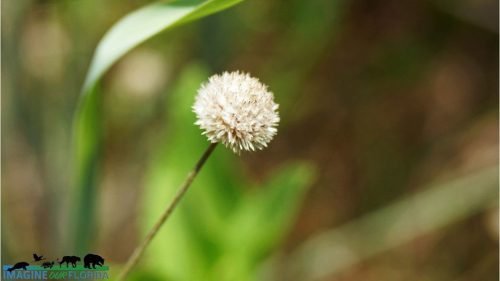

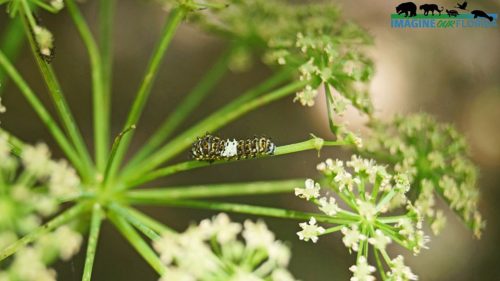

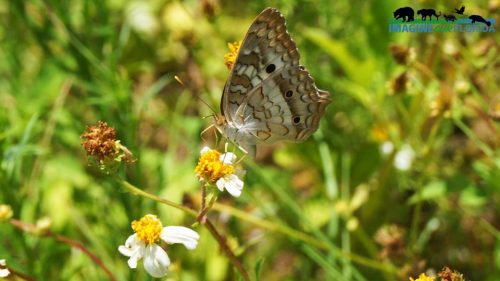
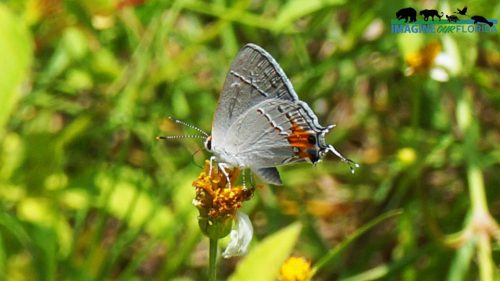
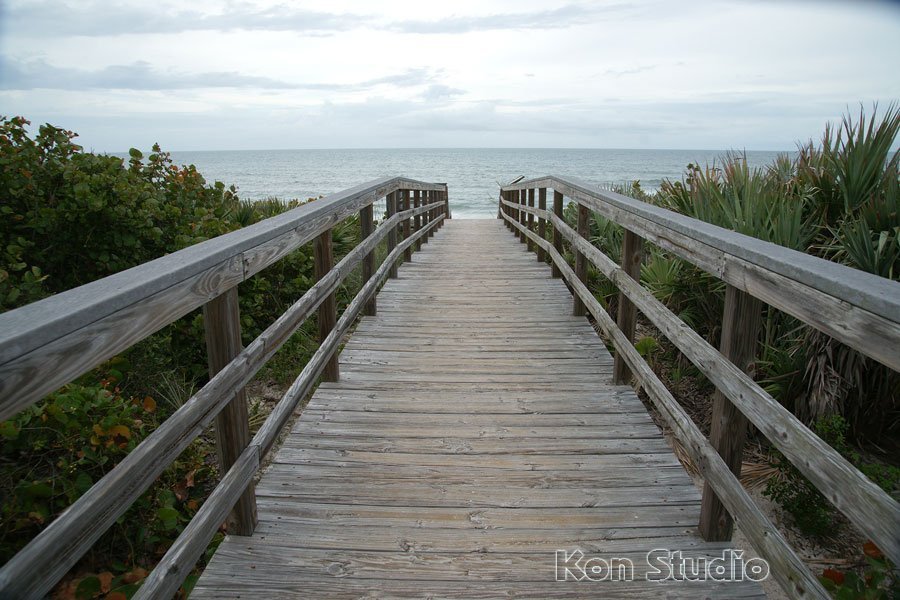

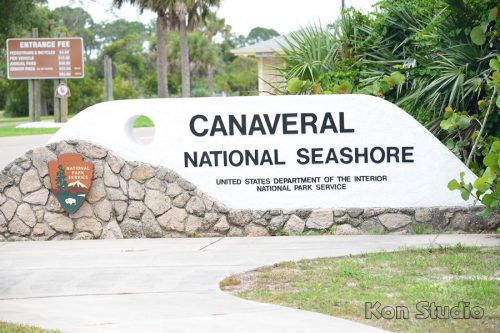
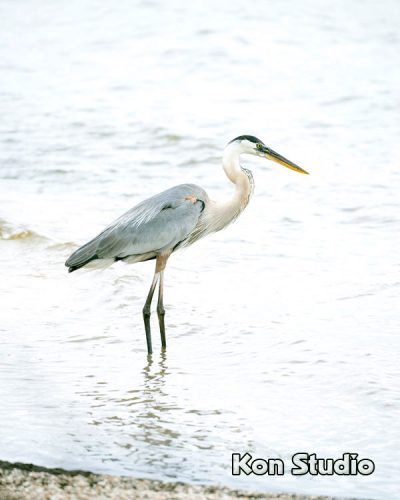

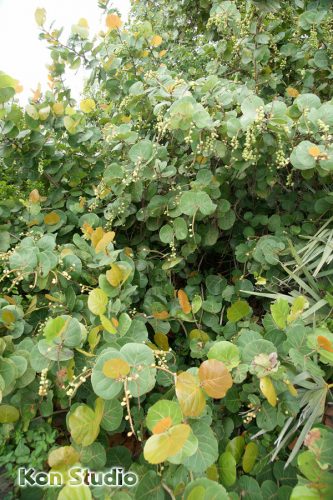
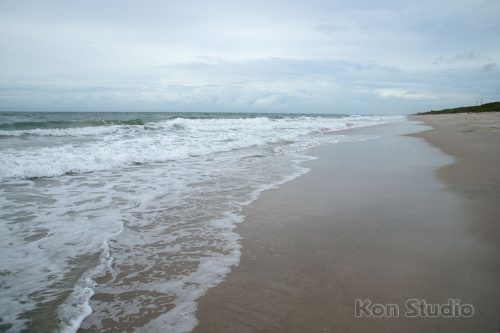
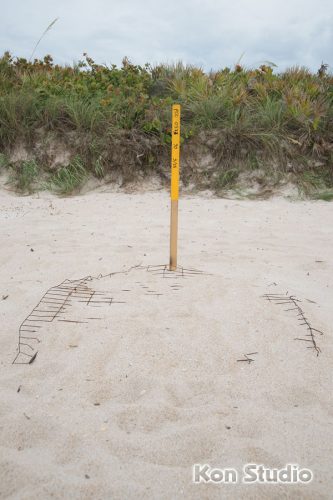
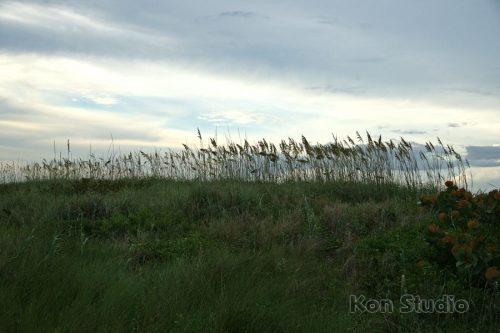

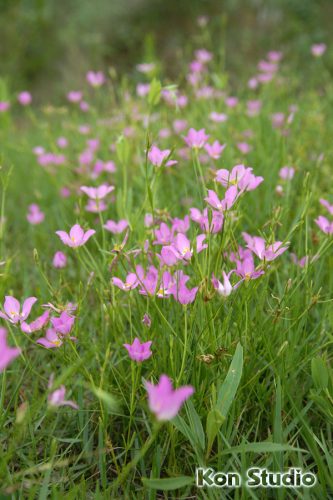
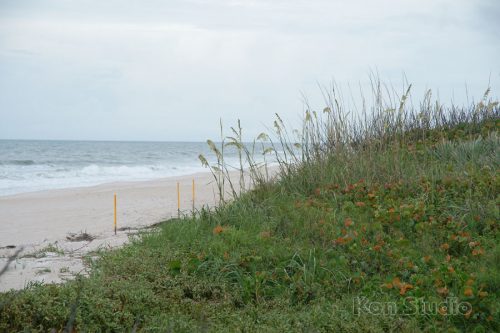
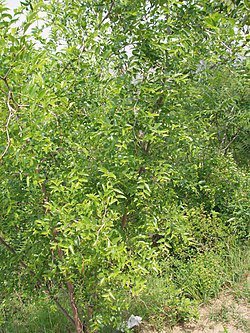

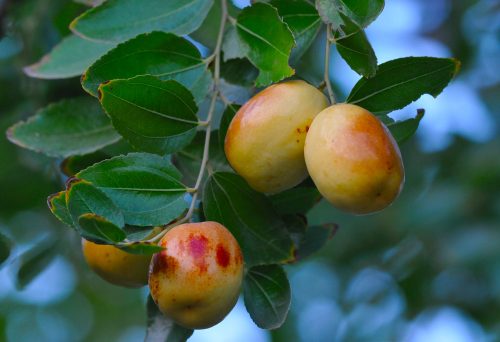
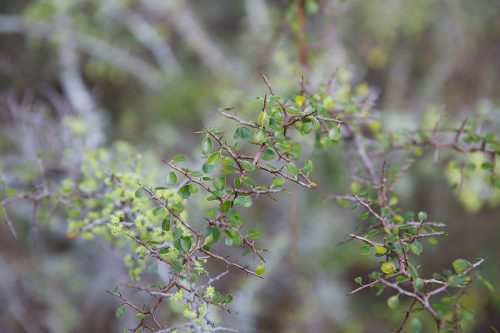
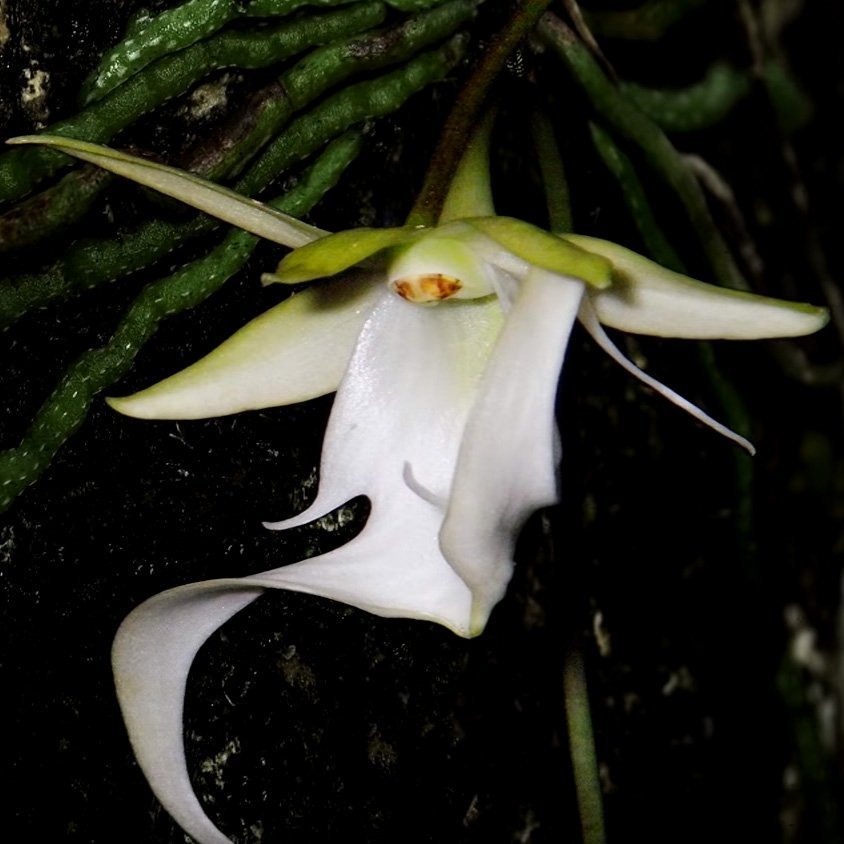
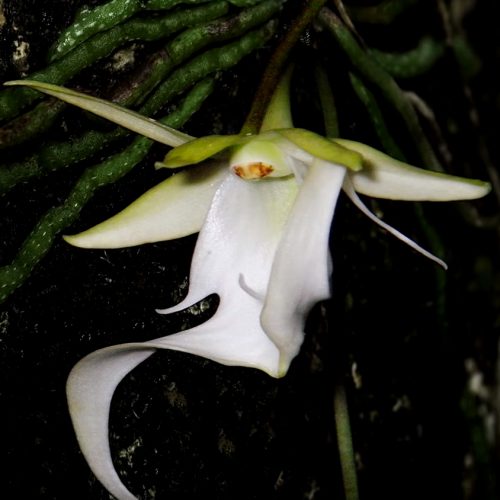
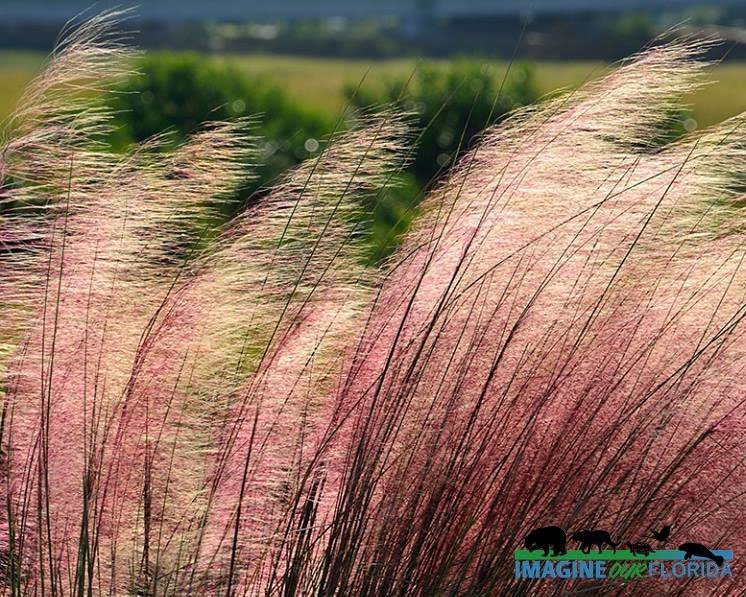
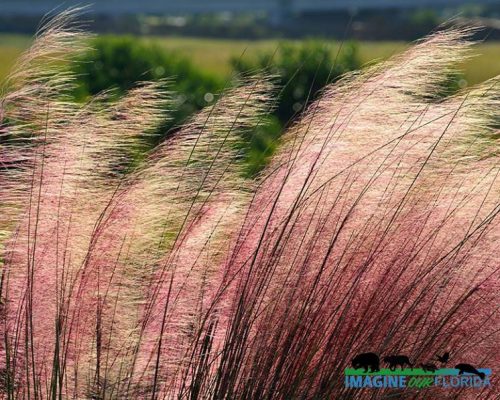
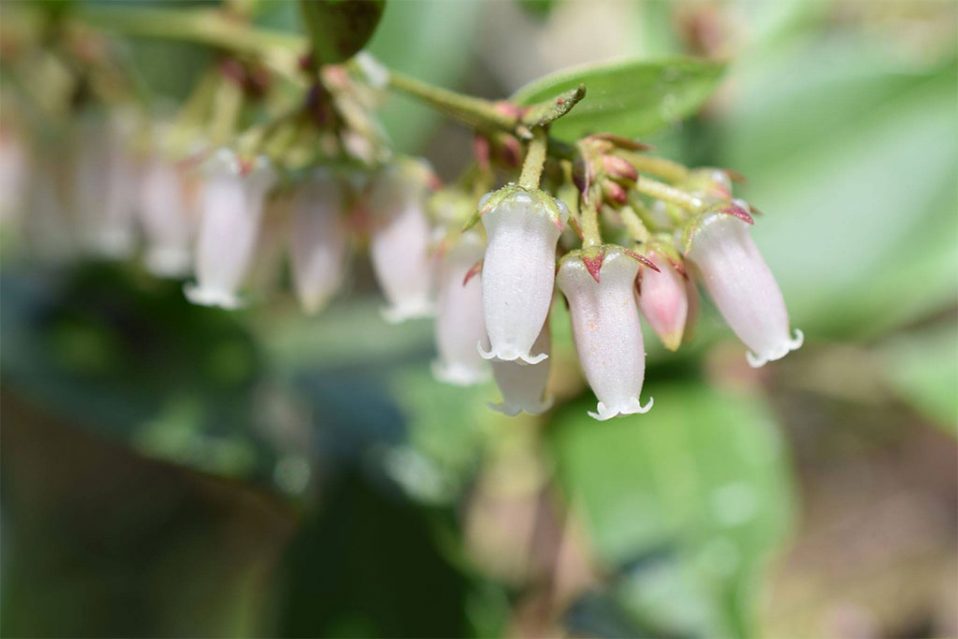
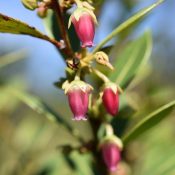
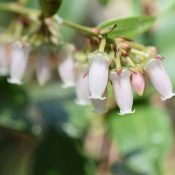
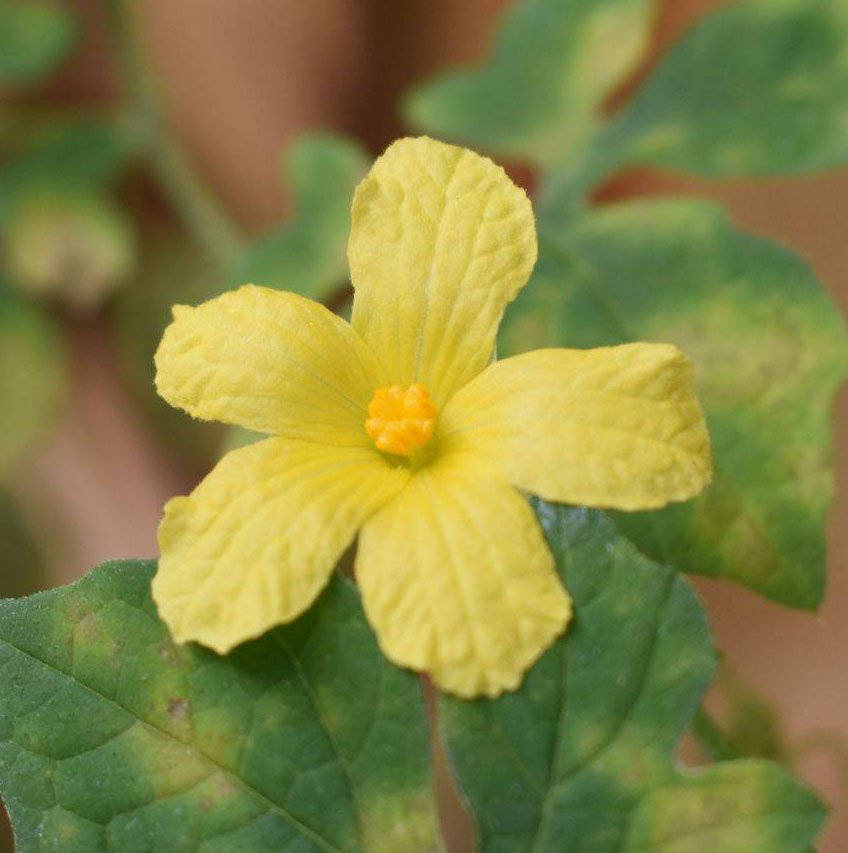
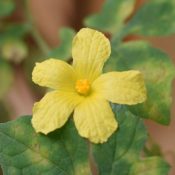
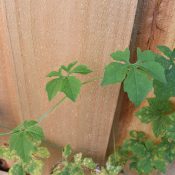
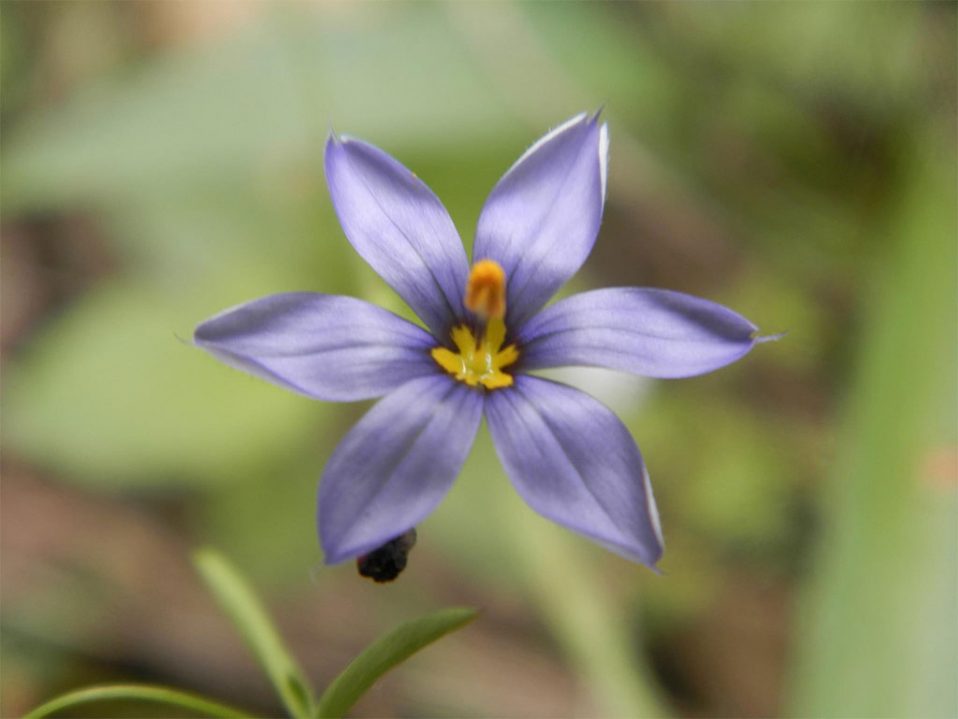
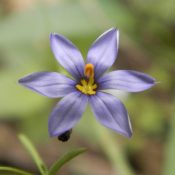
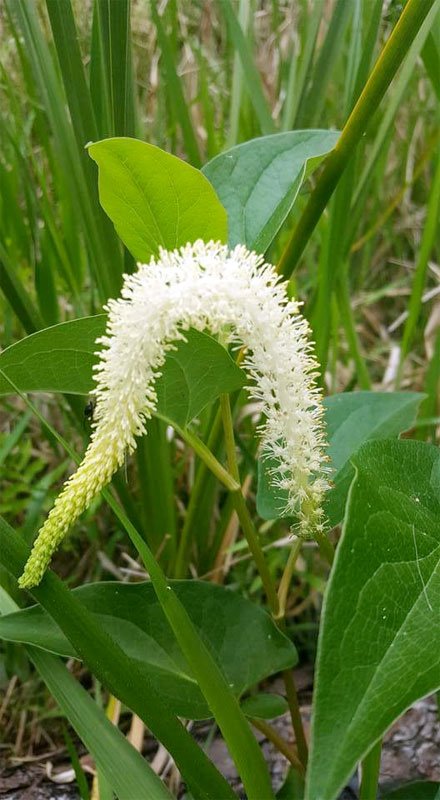
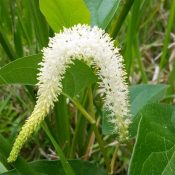
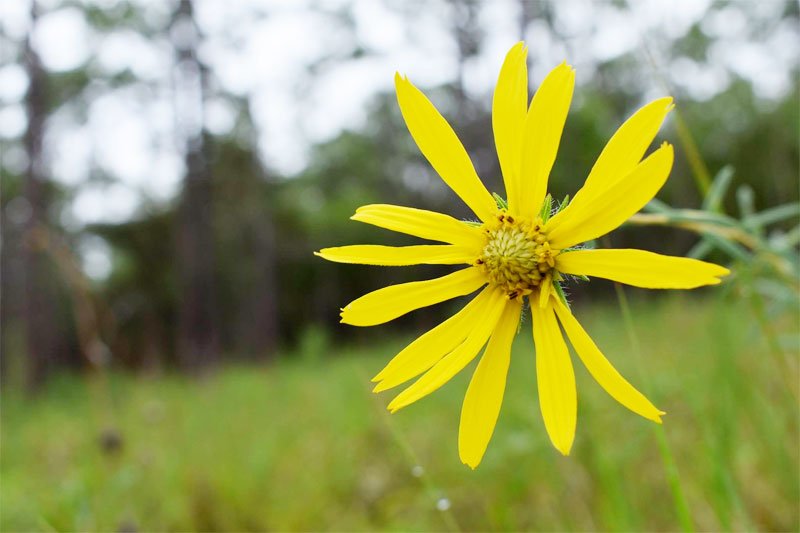
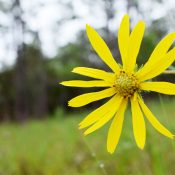
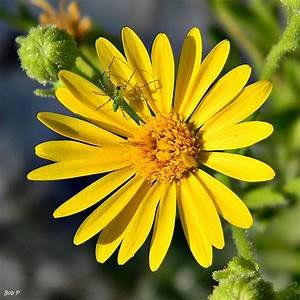
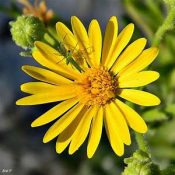


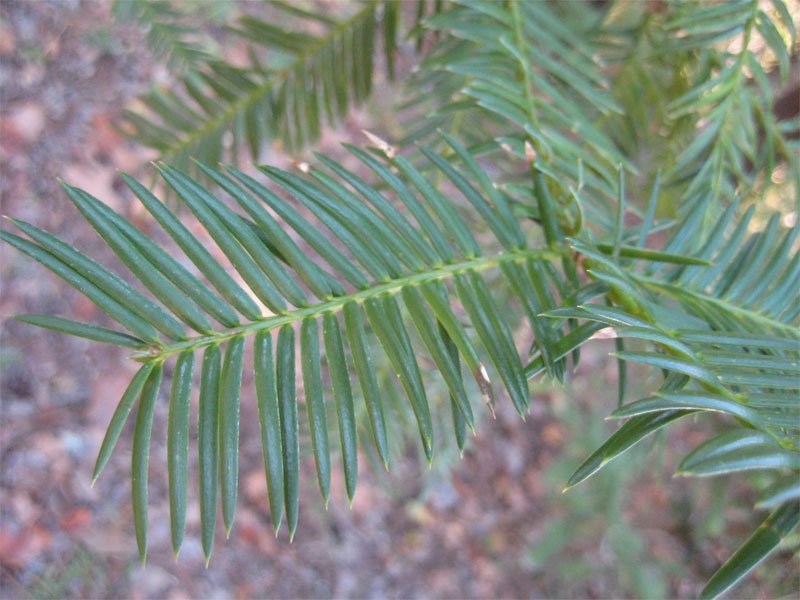

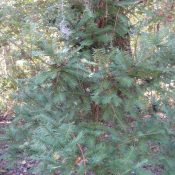
Recent Comments